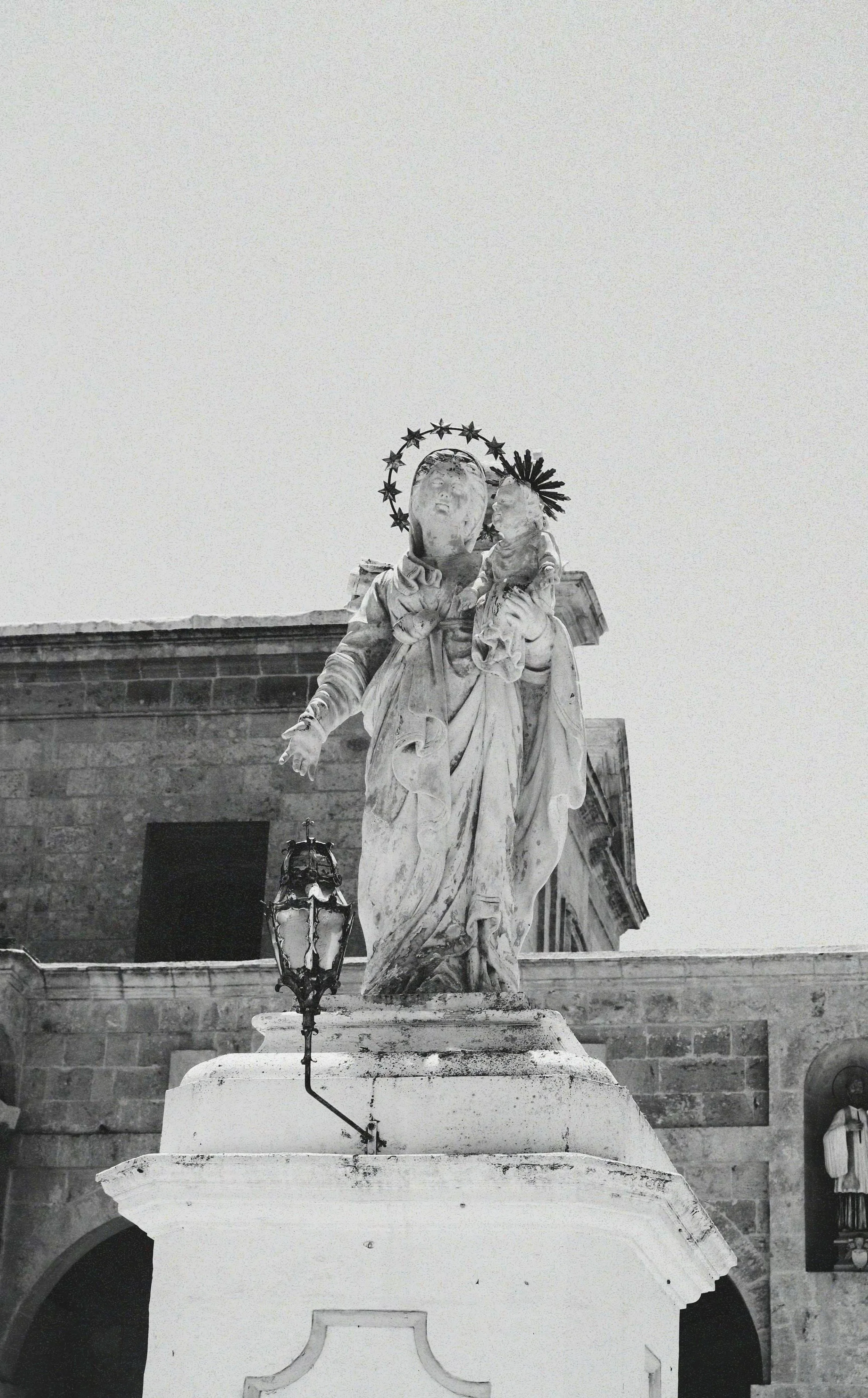
MALTA
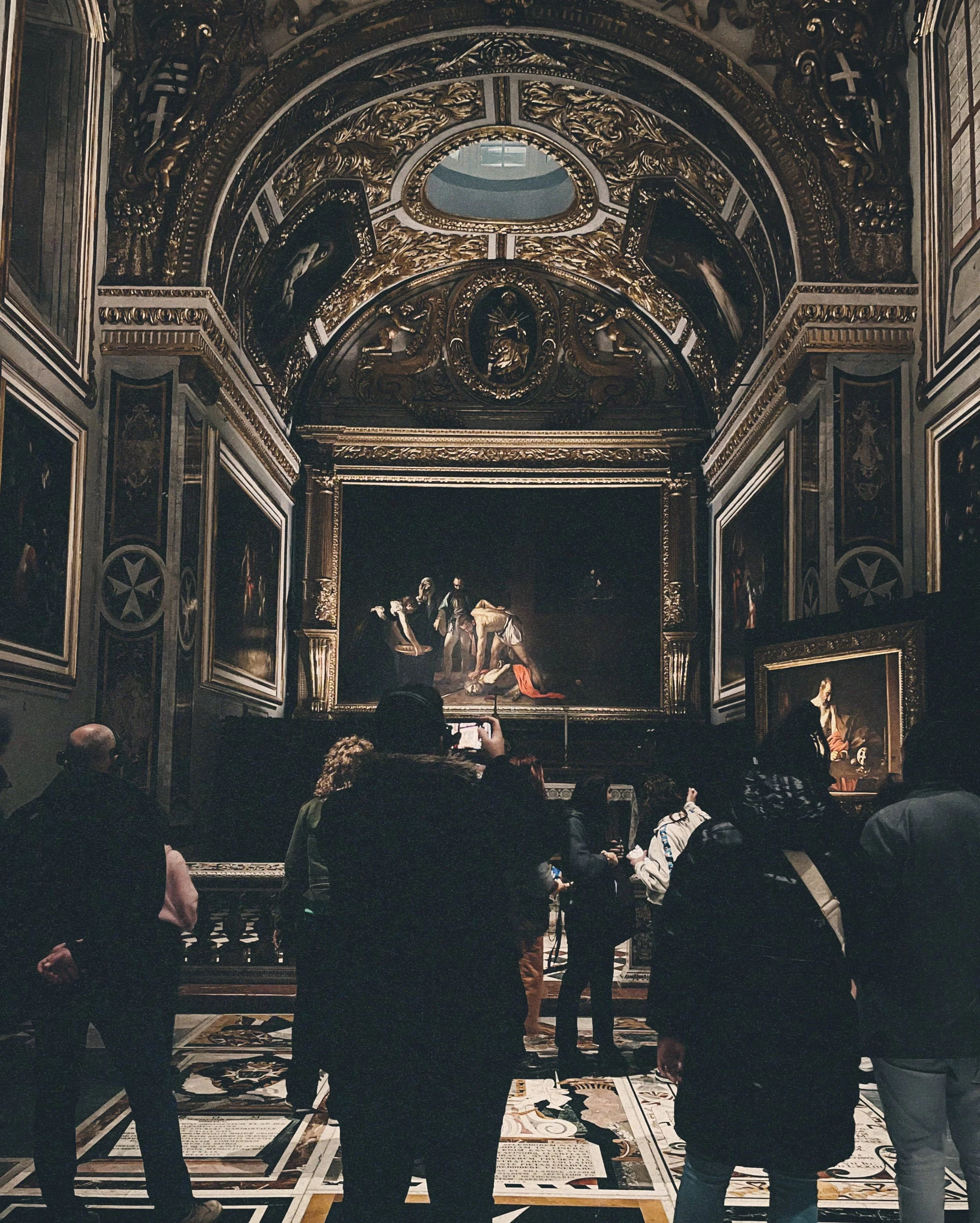
"The Beheading of Saint John the Baptist" (1608) by Caravaggio, which resides in the Oratory of St. John's Co-Cathedral in Valletta, Malta.
When I was a child, one of the first paintings that impressed me was Caravaggio's "Martha and Mary Magdalene" (1598). I was intrigued by the idea that he might have used Fillide Melandroni, an Italian courtesan, as the model for Mary.
His ability to infuse religious subjects with a sense of realism and human vulnerability distinguished him from other artists of his time. Unlike the idealized portrayals common in Renaissance art, Caravaggio's figures were raw and often modeled after ordinary people with their many flaws.
Caravaggio's mastery of chiaroscuro, with its contrasts between light and dark, added a striking depth and emotional intensity to his paintings, where light symbolized divinity and enlightenment, and darkness signified ignorance, evil, or death.
Despite being an artistic genius, Caravaggio was a violent man, and in 1607, he fled to Malta to escape a murder charge in Rome. Under the patronage of Grand Master Alof de Wignacourt of the Order of St. John of Jerusalem and the Knights Hospitaller, Malta provided him refuge—but only if he painted for them.
This is what first drew me to Malta.
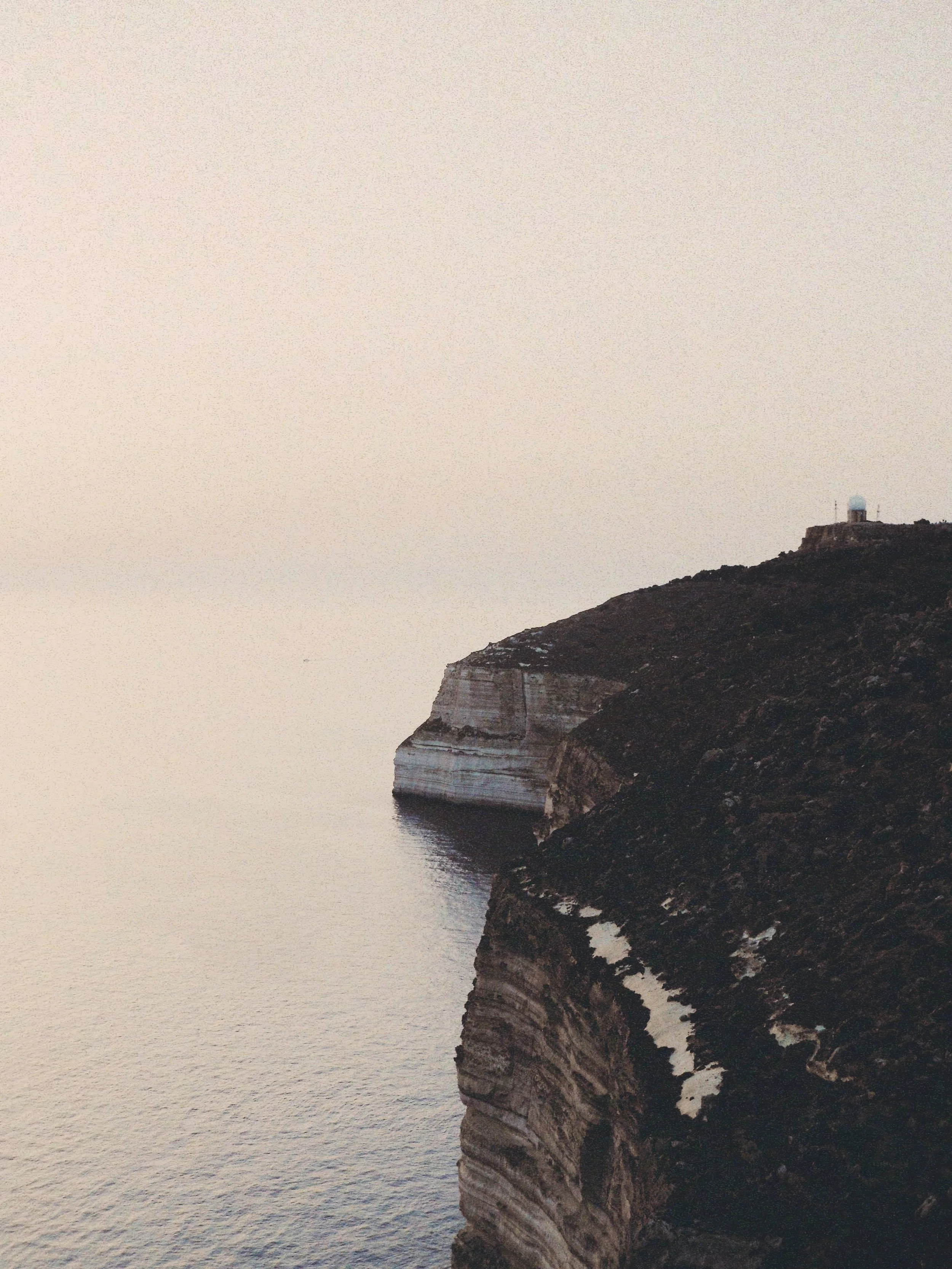
Teaching has always been a pursuit that I admired, and I attribute much of my success to the educators and mentors who have influenced me throughout my life. The ability to effectively guide others is a rare skill, one that requires both knowledge and the art of understanding a whole person.
I find it incredible when someone not only acquires a breadth of knowledge but also has the courage to impart that wisdom to guide others. This interaction is pivotal as it provides students with diverse perspectives, empowering them to shape their own opinions. Such empowerment nurtures autonomy in one’s life choices.
While teaching isn't my ultimate career goal, I see it as a skill applicable across disciplines, one I aim to cultivate throughout my life and profession.
Throughout my undergraduate studies at Drexel University, I was a volunteer teacher at various refugee and immigrant resettlement programs in Philadelphia. Teaching migrants during this time sparked my passion to understand and assist this population.
Malta’s small size juxtaposed with its significant migrant population intrigued me, prompting my interest in exploring how they manage this unique situation.
Dingli cliffs, Dingli, Malta
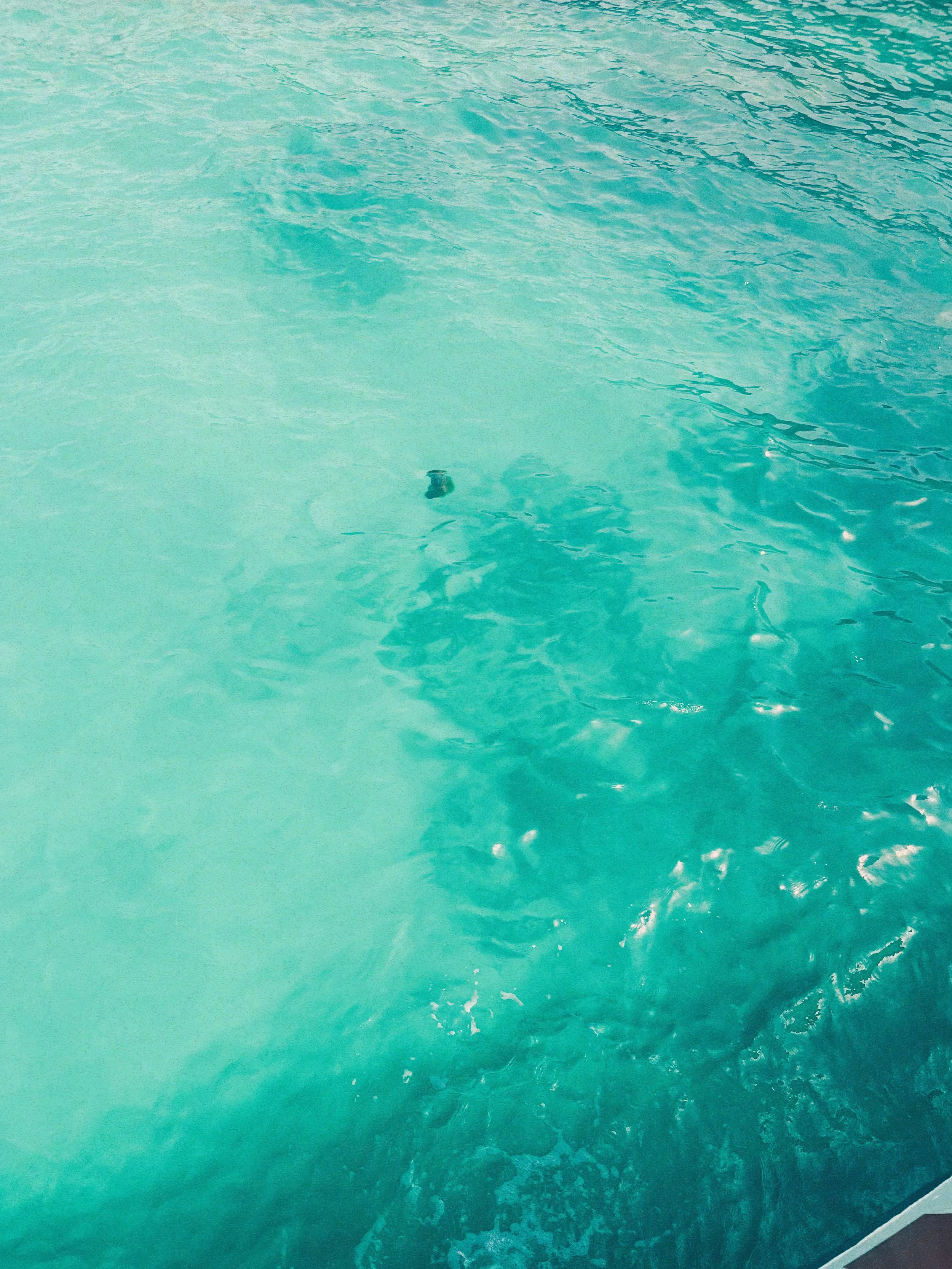
Fulbright ETA 2023-2024 Recap

Mount Etna, Sicily, Italy
autumn
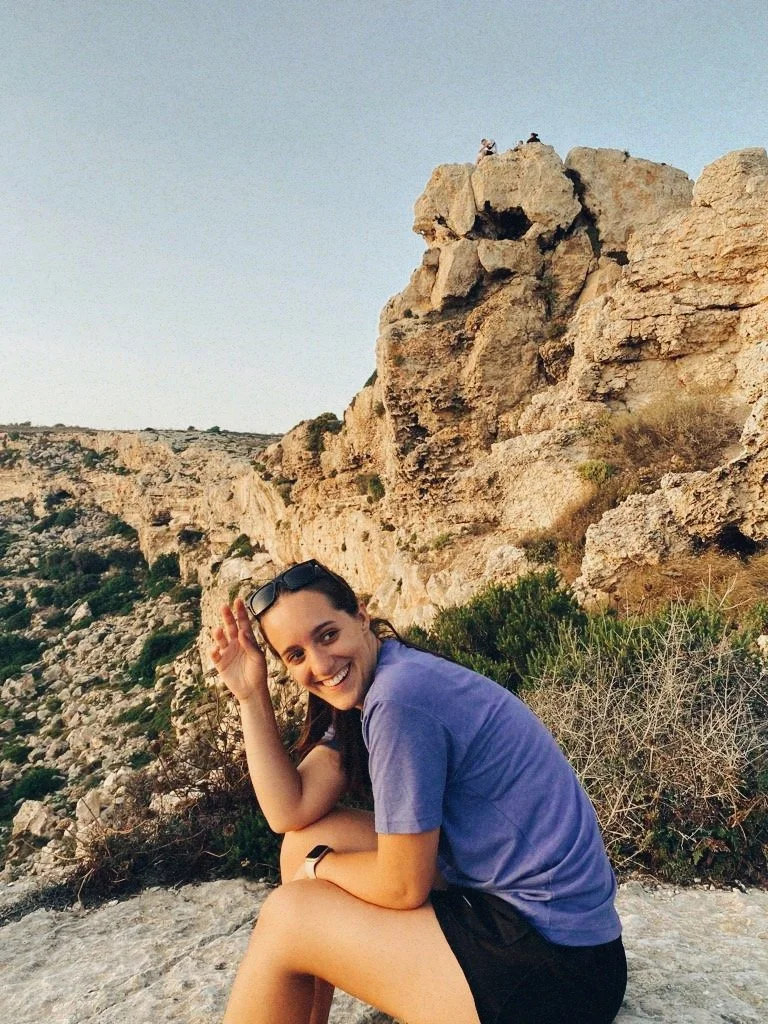
Aleah at Dingli Cliff, Malta.
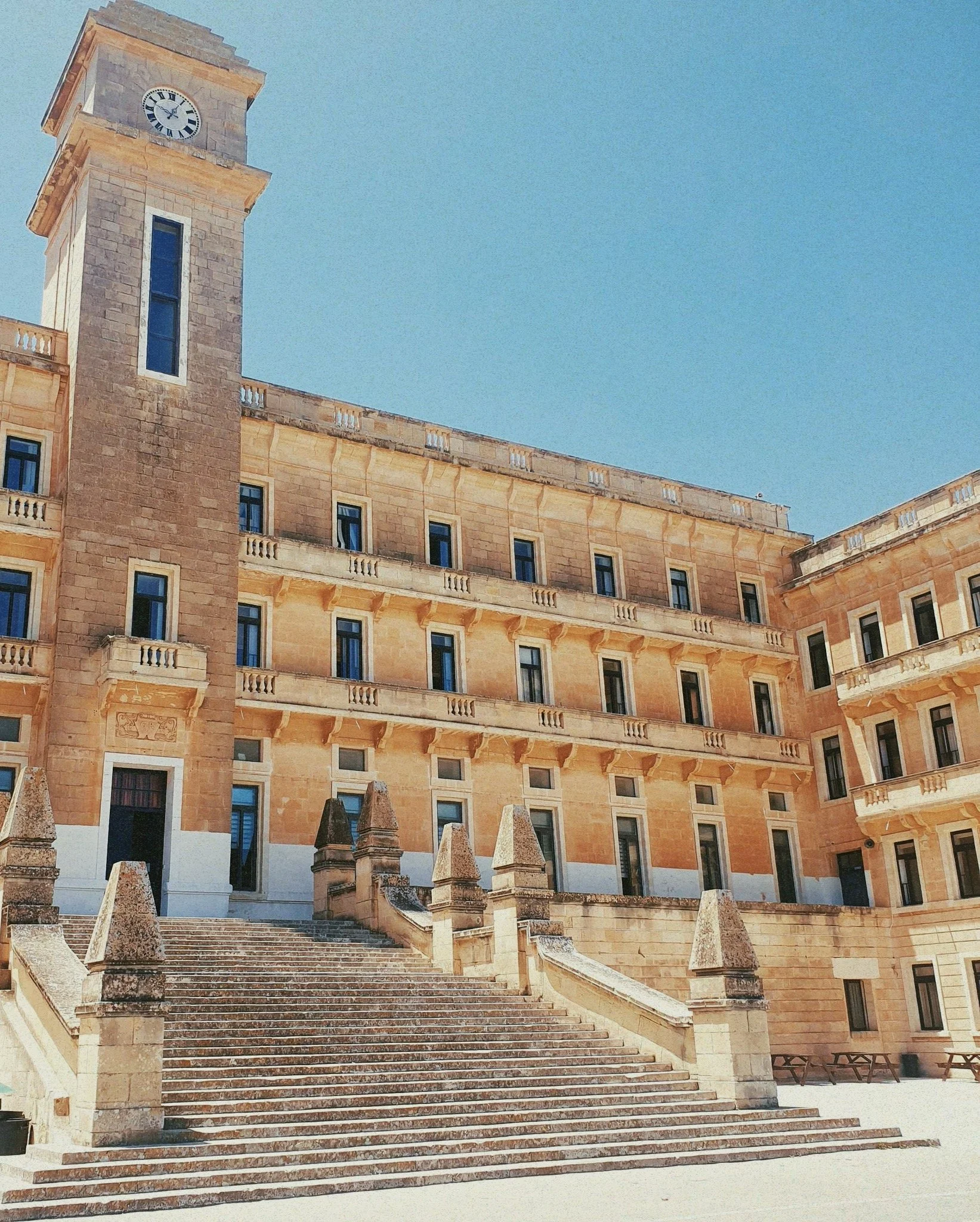
This is St. Clare's Secondary School, the school that I was stationed at; it's in Pembroke, Malta. I was told that it was an old hospital for British soldiers during the occupation.
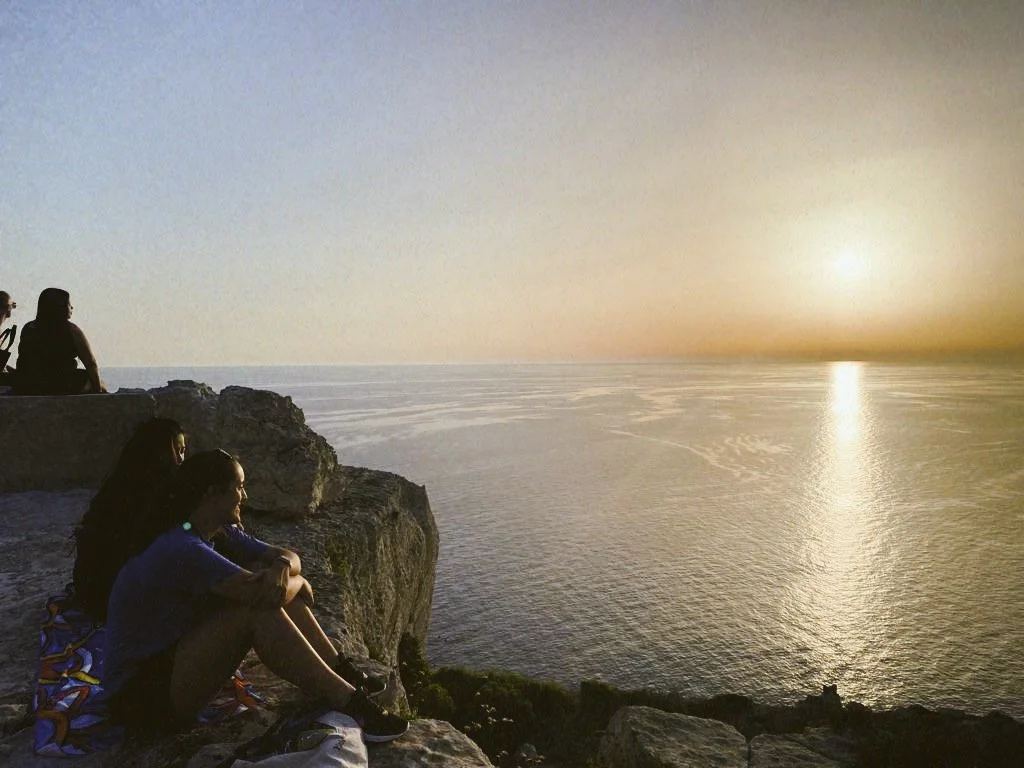
Aleah and I at Dingli Cliff. We hiked to this spot and watched our first sunset together.
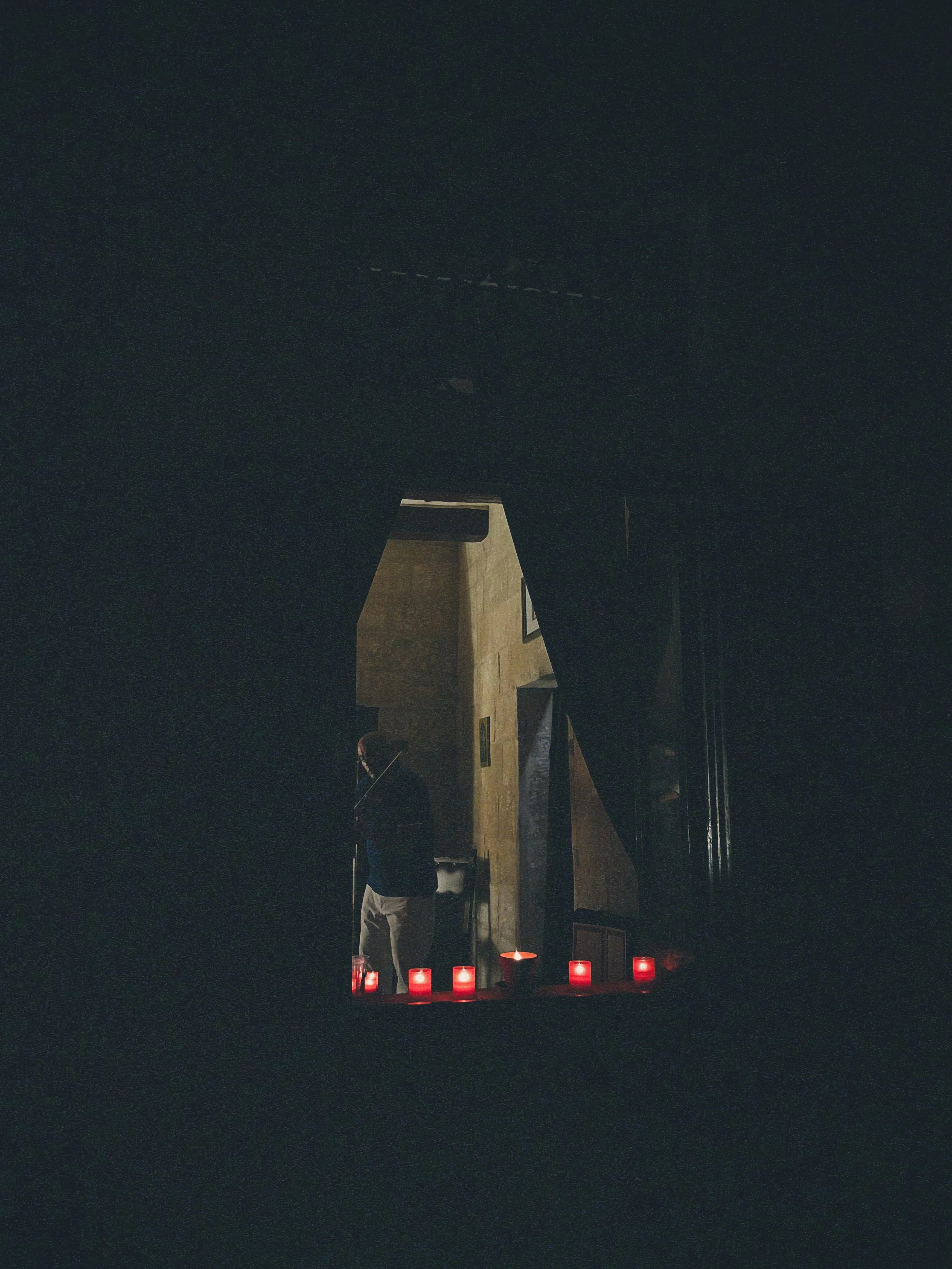
A man playing the violin at the light festa in Birgu, Malta. The entire town had lights hanging from the roofs of the houses and people lit up candles. Each village celebrates a different festa (feast) and they happen throughout the year.
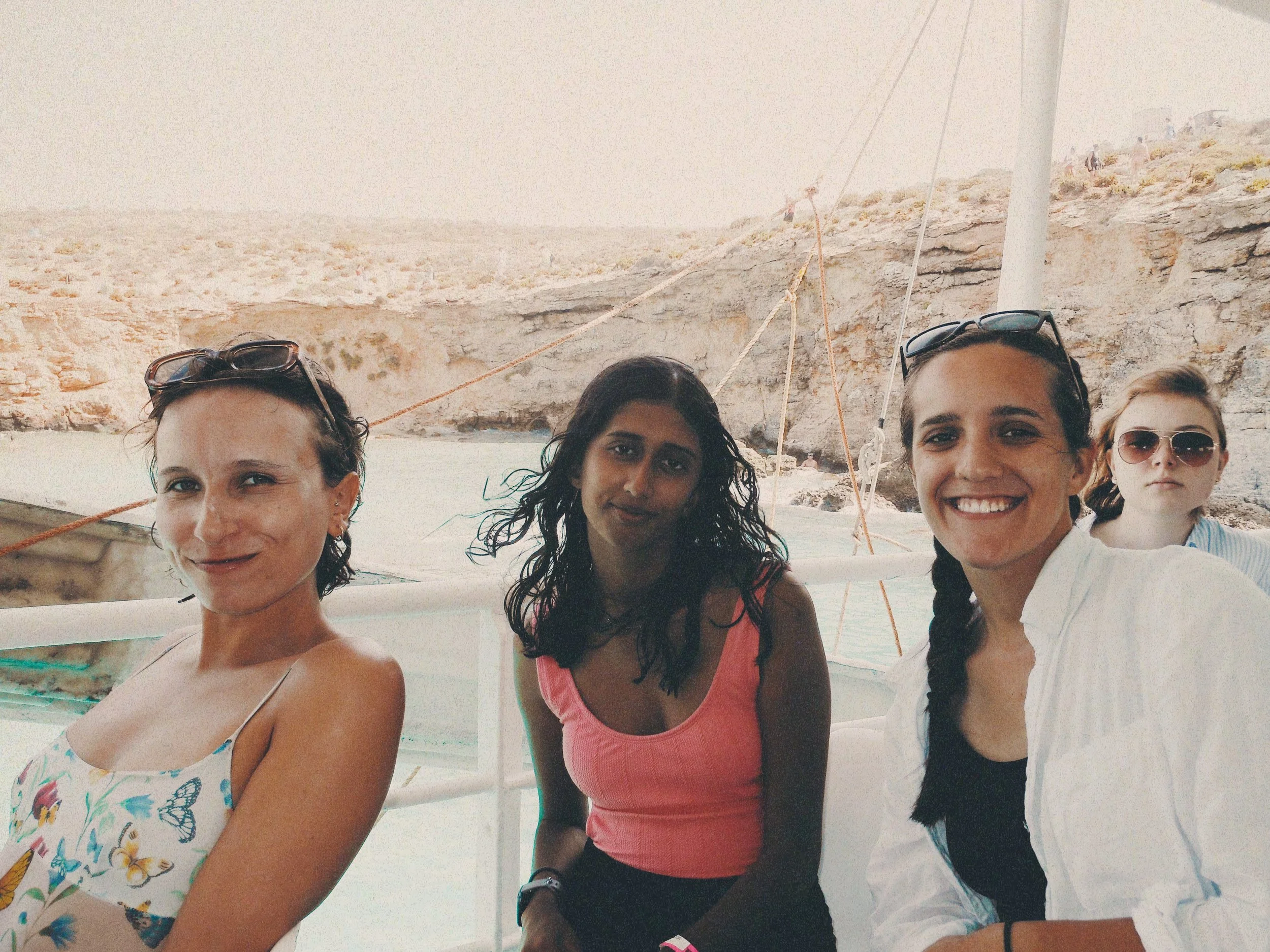
Alyssa, Shalaka, and Aleah in Comino, Malta. This was taken after we almost drowned in the Blue Lagoon but we had fun.
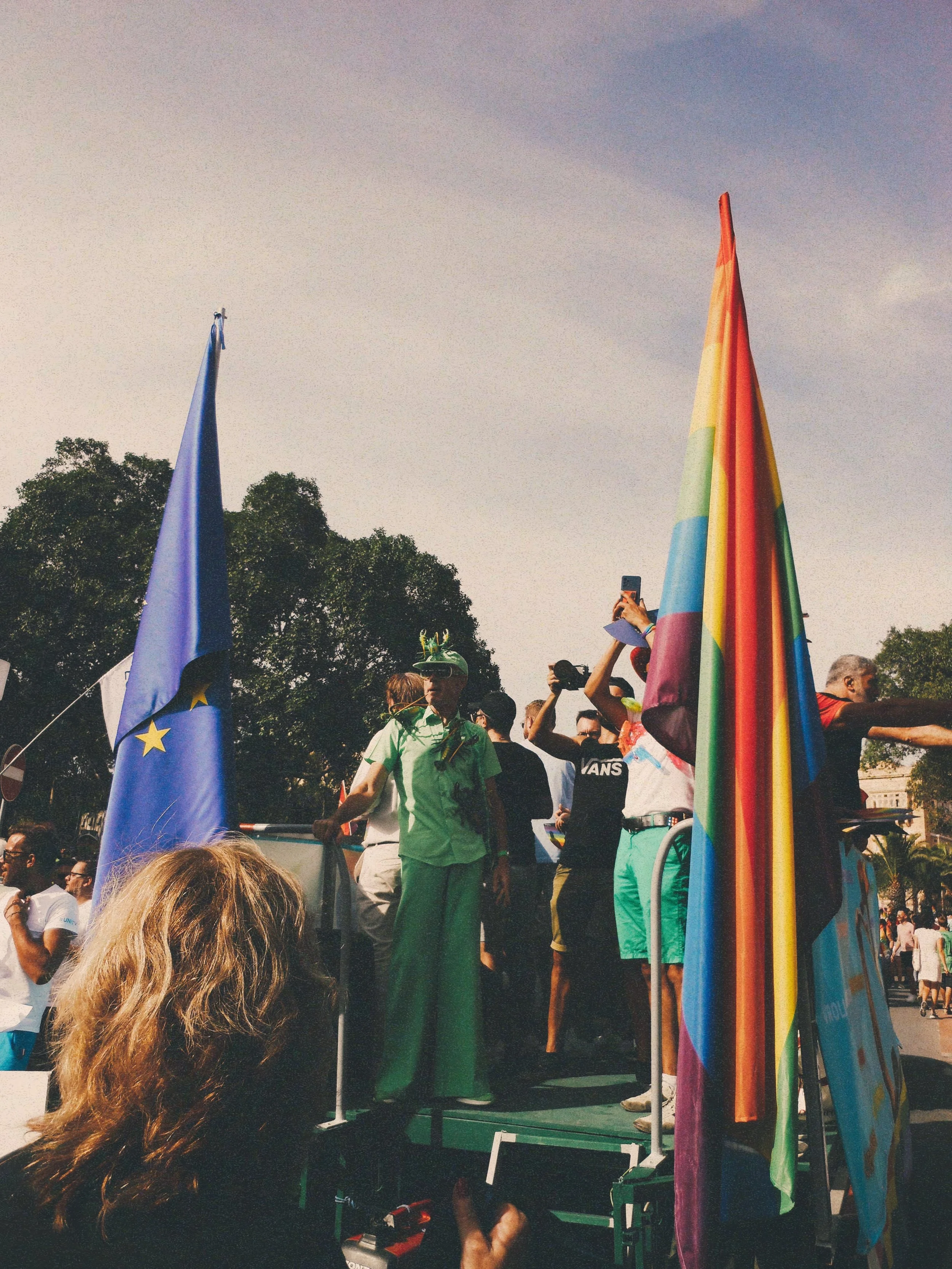
EuroPride 2023 was held in Valletta, Malta.

Alyssa at EuroPride.

EuroPride parade in Valletta.
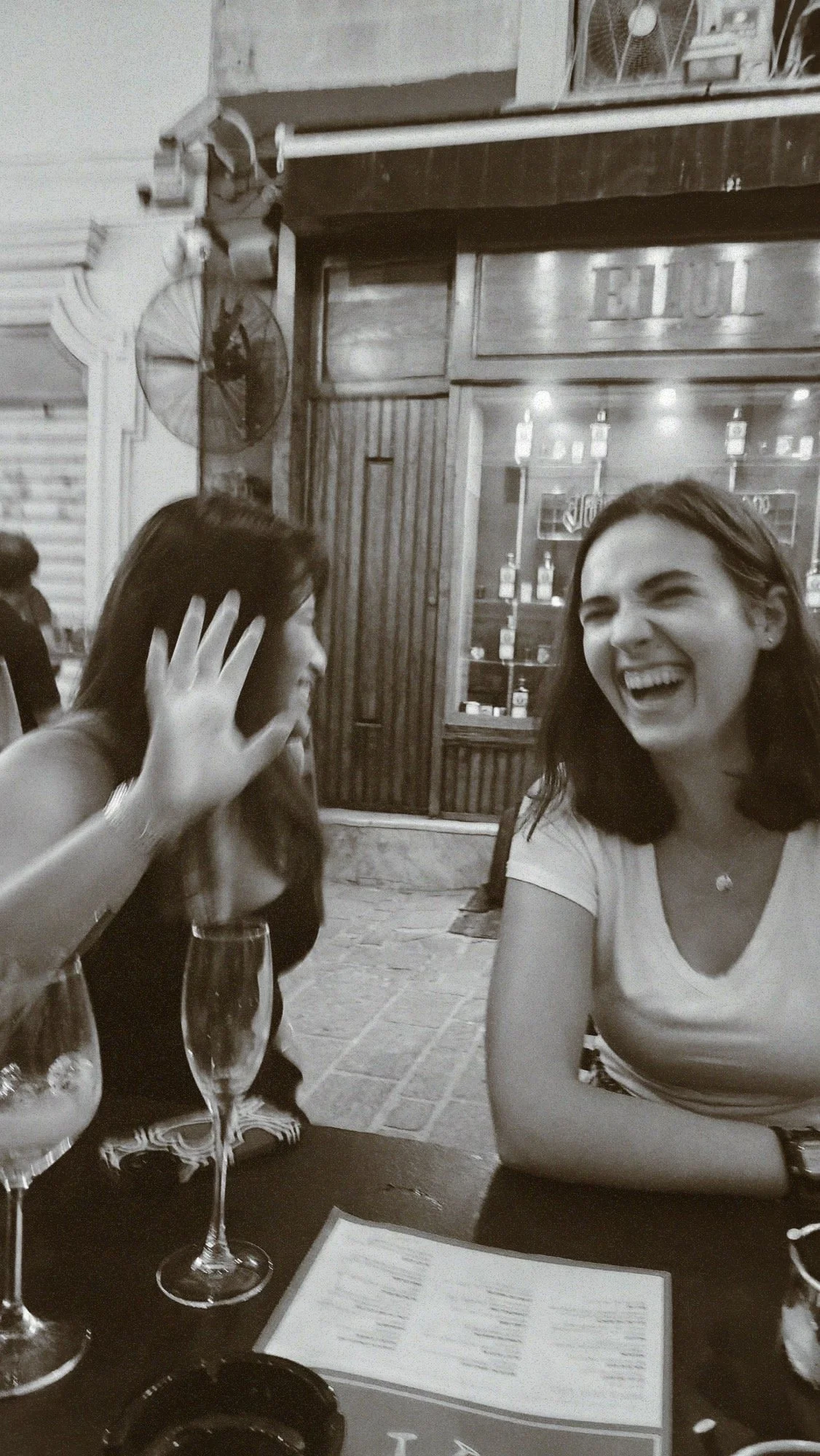
Maria and I in Valletta for happy hour to celebrate Shalaka's (fake) birthday.
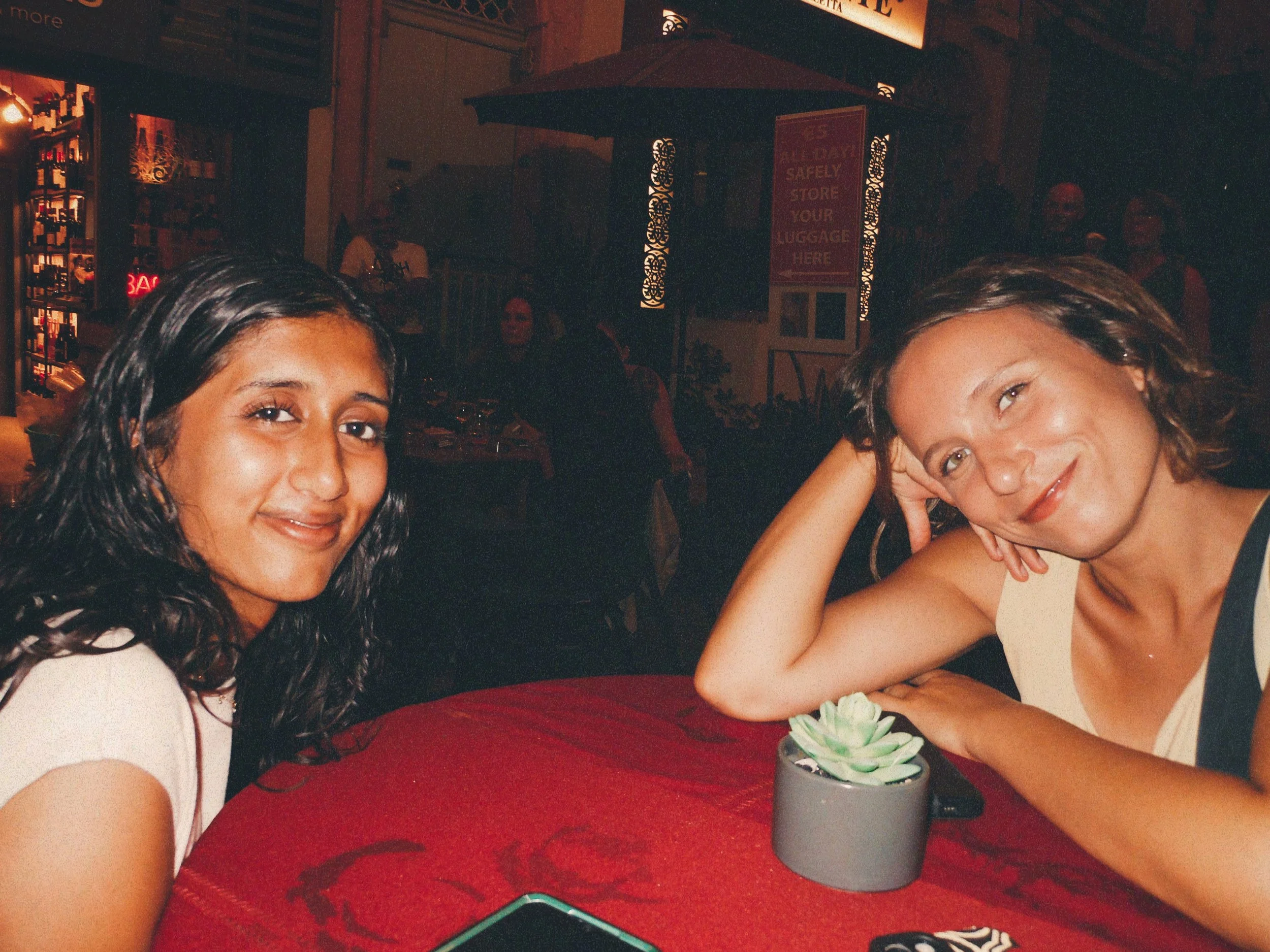
A night out in Valletta. We tried a prickly pear (Bajtar tax-xewk) spritz.

Blue waters in Comino, Malta. There's a jellyfish, too.
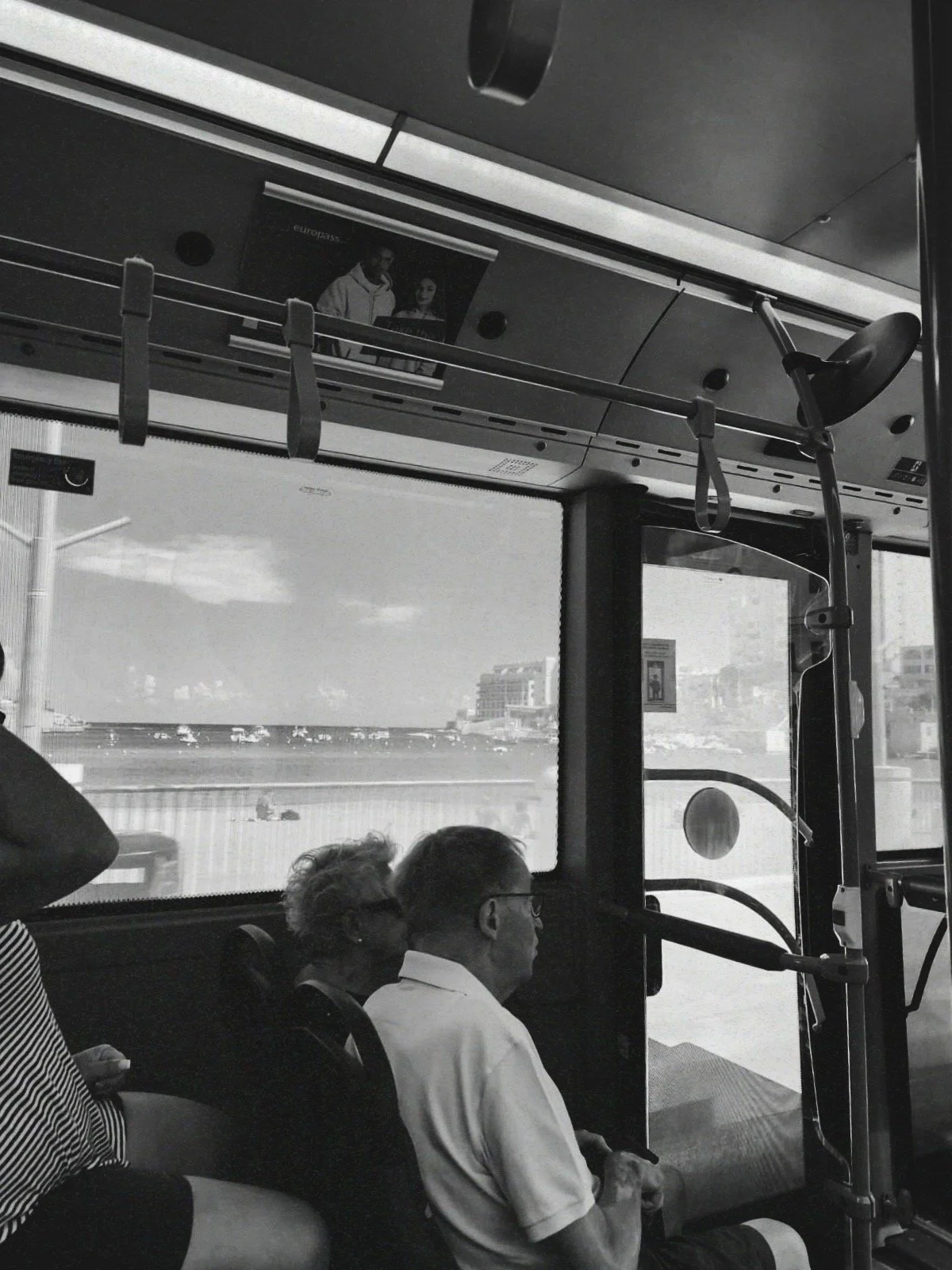
Trying to figure out the Maltese public transport.
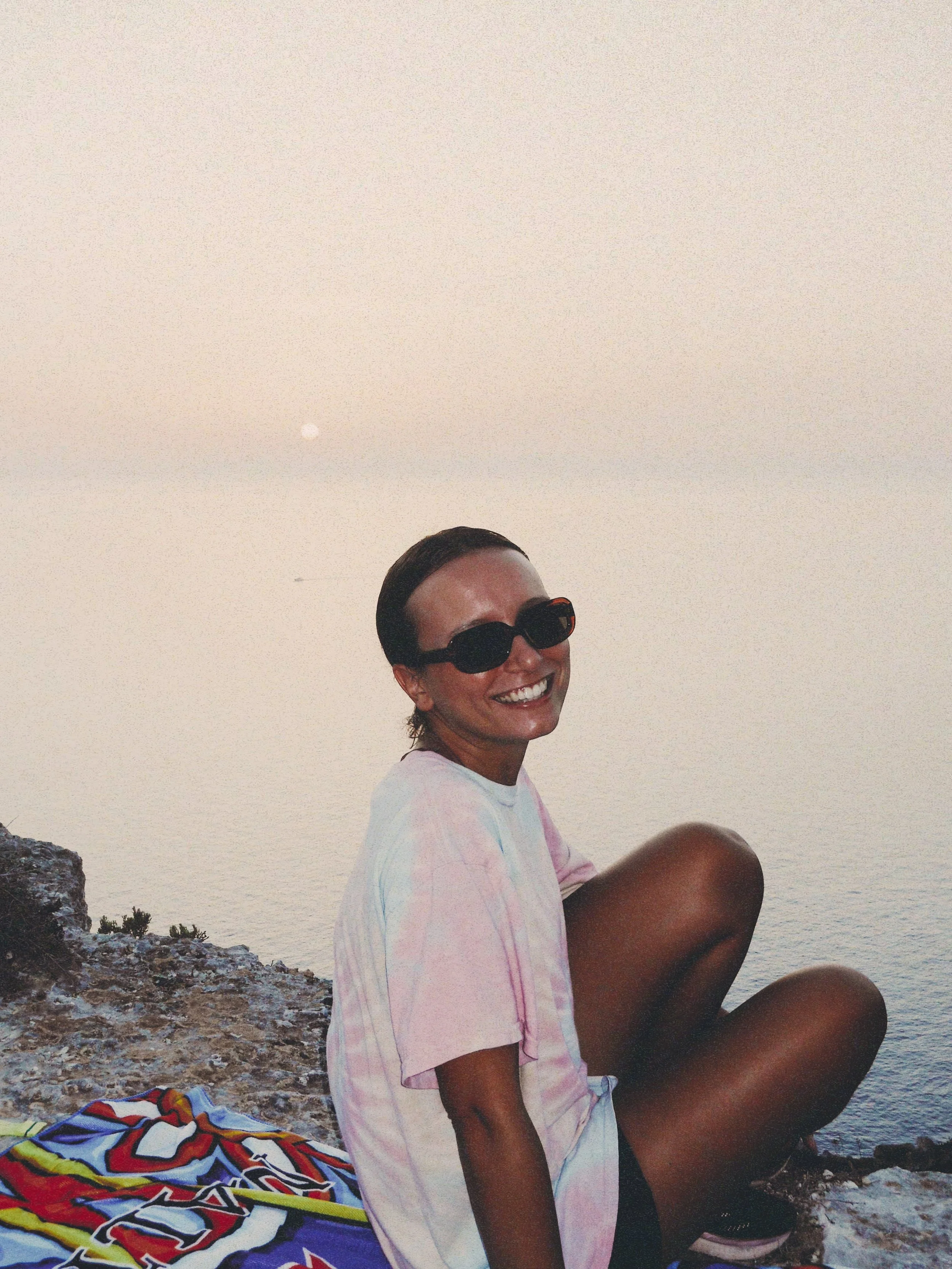
Alyssa at Dingli Cliff.

Shalaka at Dingli cliff.
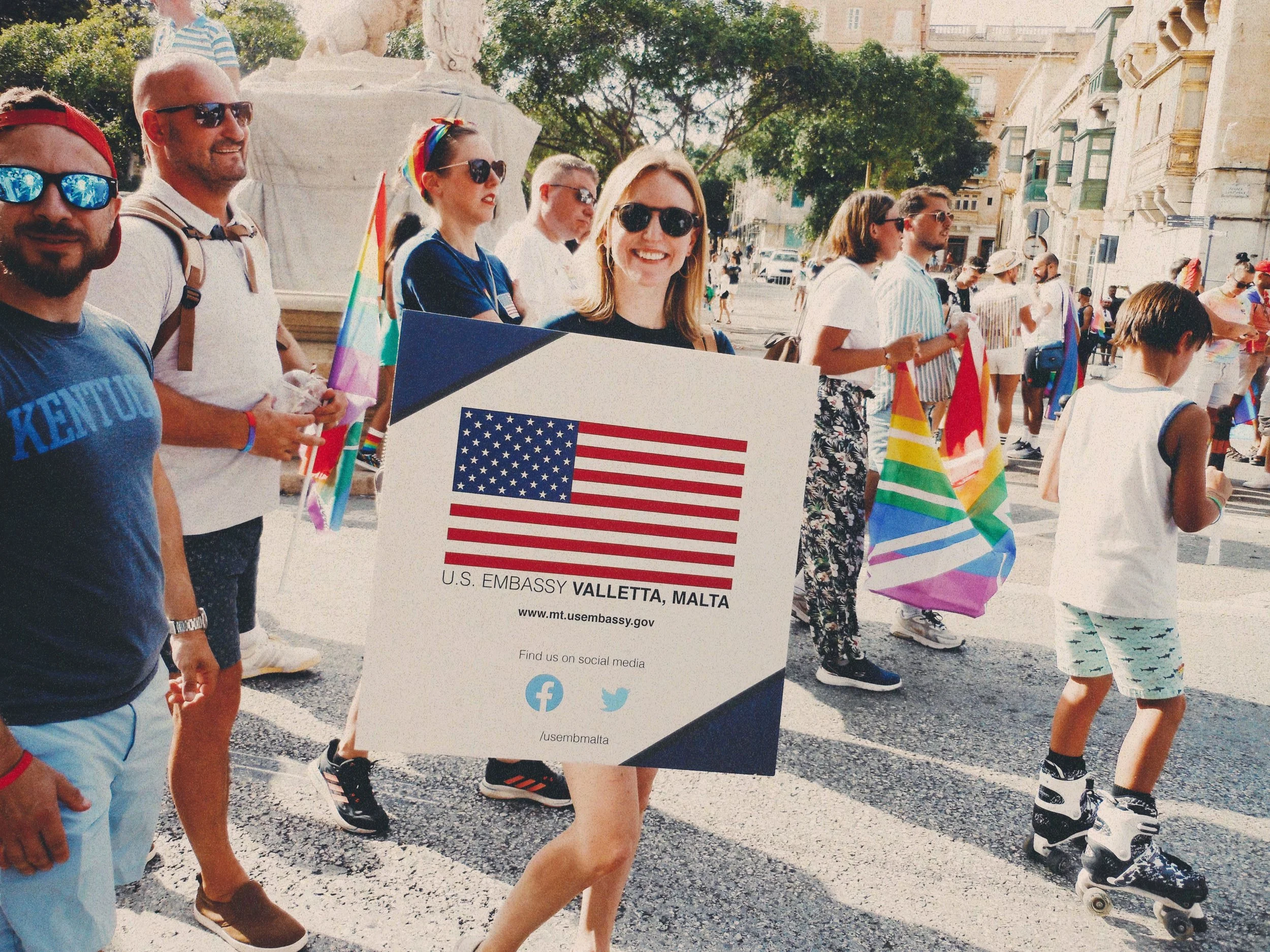
We walked in the EuroPride parade with the U.S. Embassy.
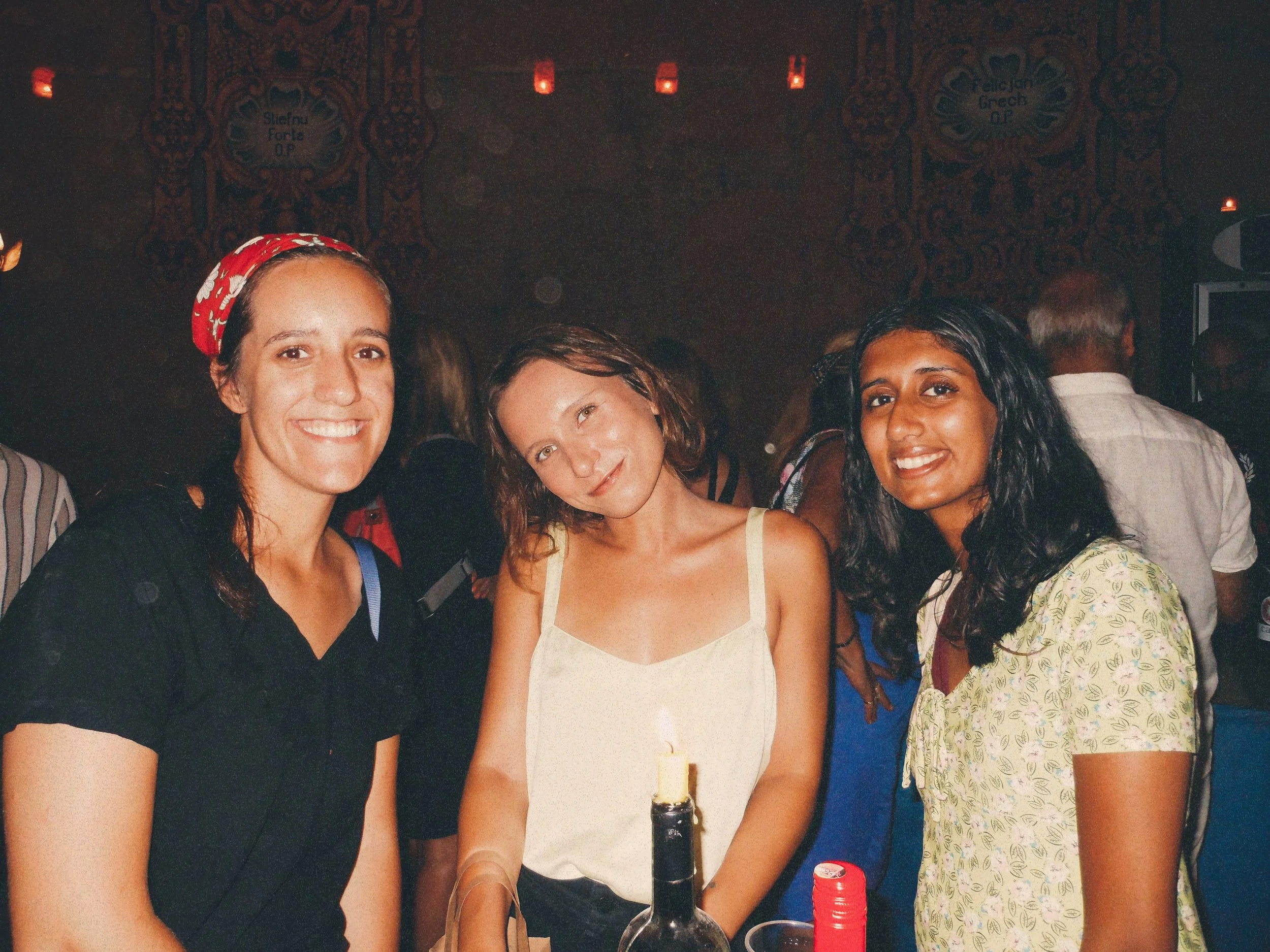
Aleah, Alyssa, and Shalaka at a wine bar in Valletta on Notte Bianca.
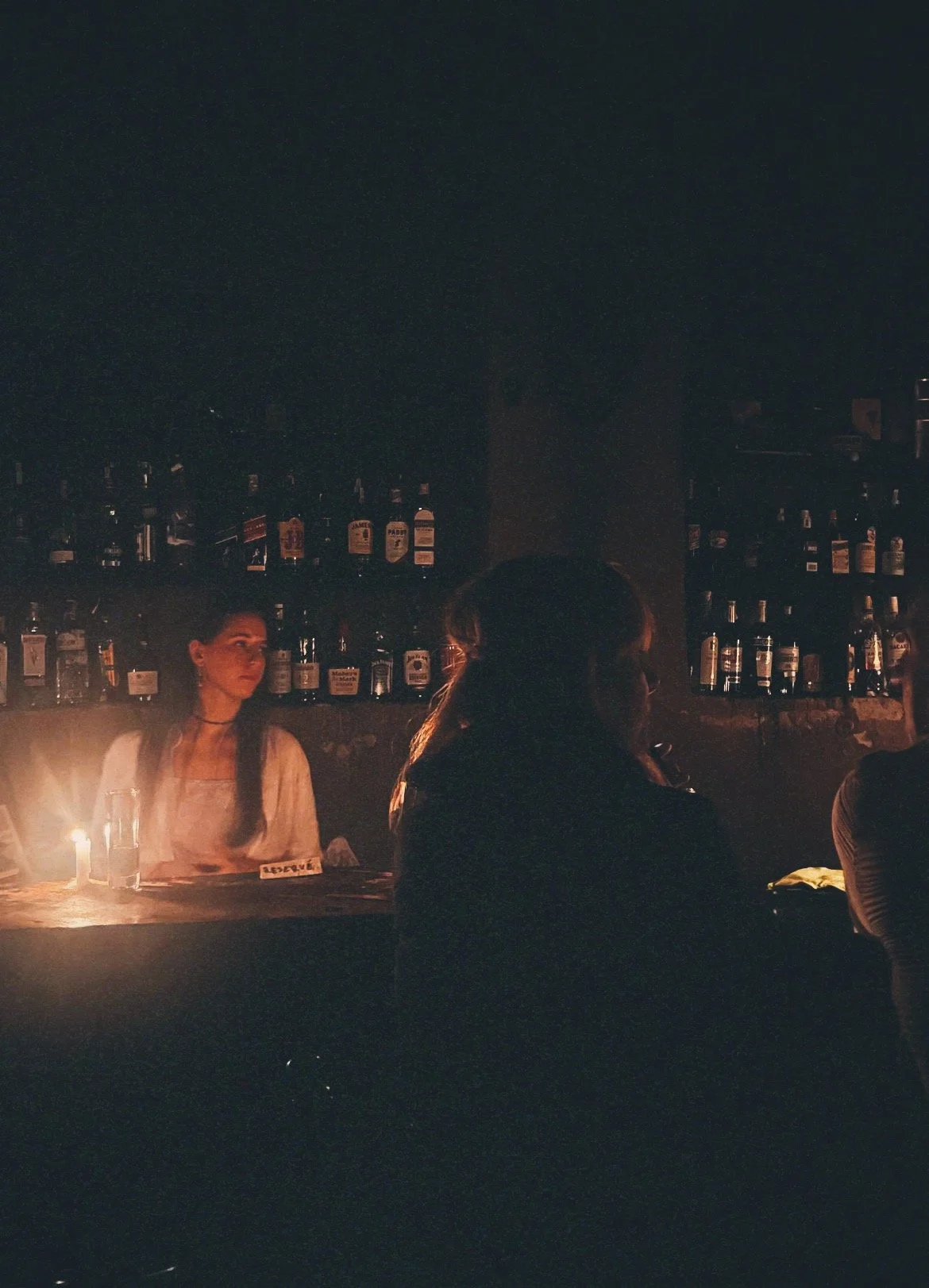
At a speakeasy in Sofia, Bulgaria. I thought it was ironic of me to sneak a picture.
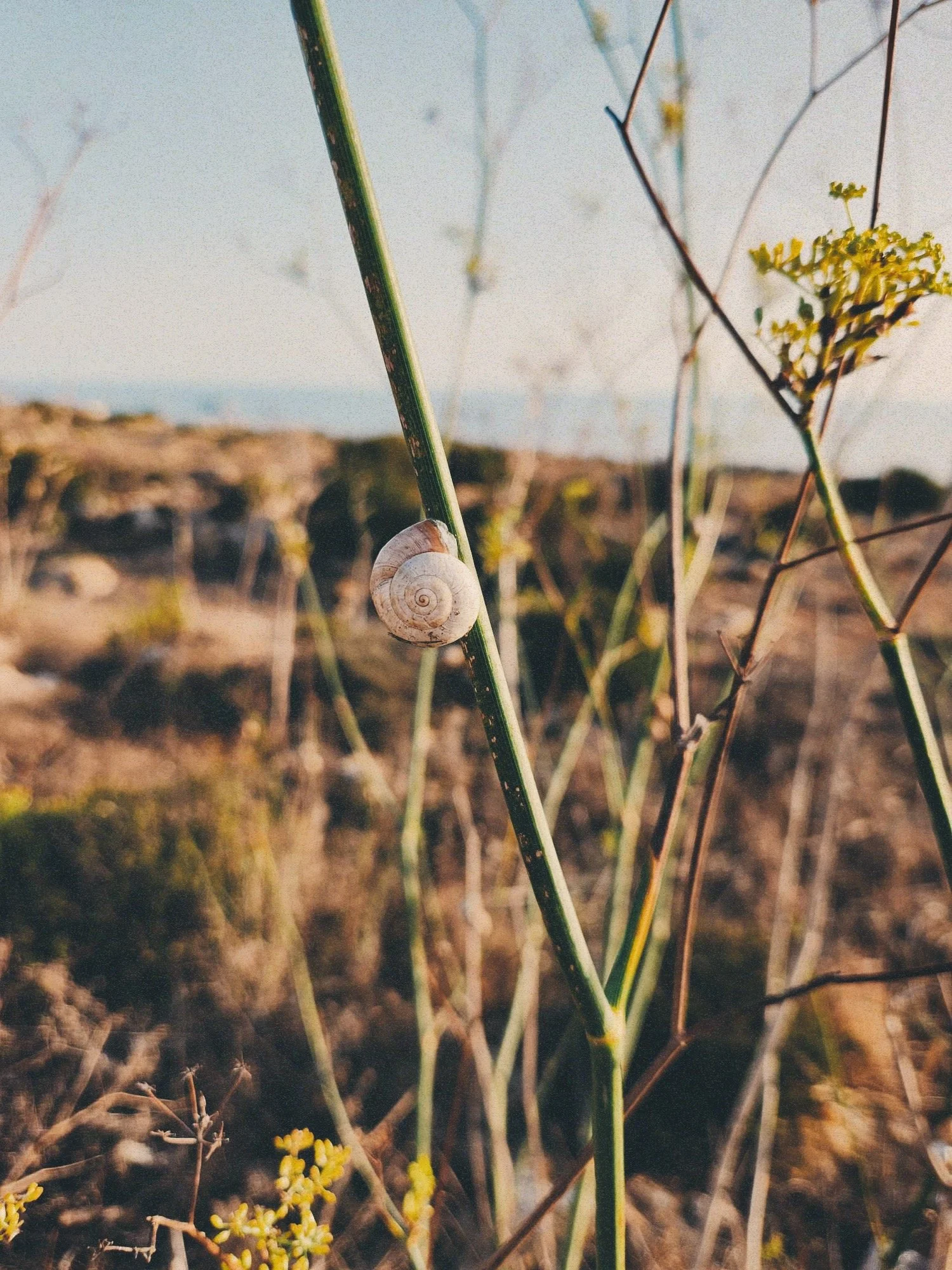
Photo taken by Shalaka. These are the small snails that are all over Malta.
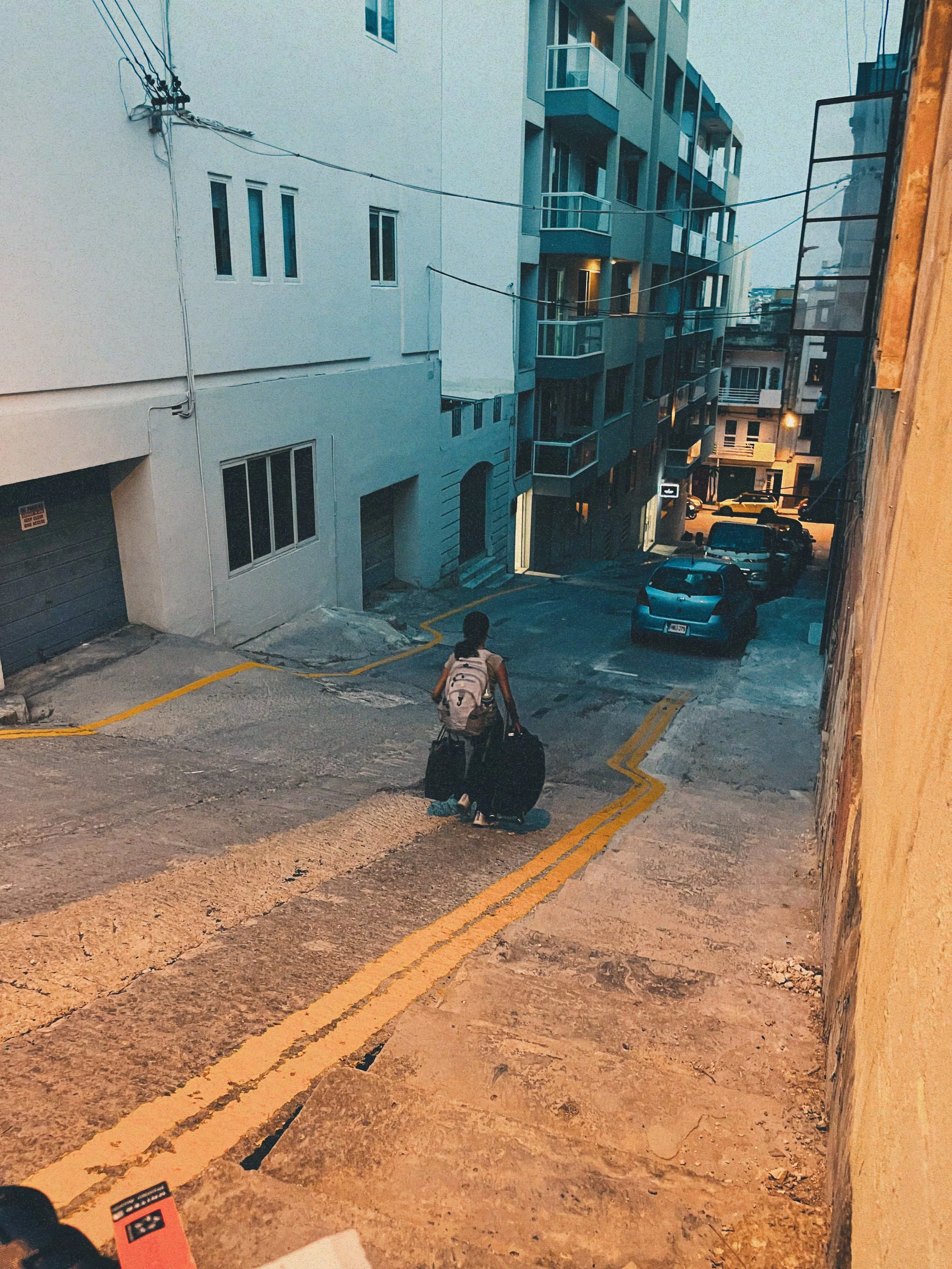
In true American-Tourists-in-Europe fashion, here is Shalaka carrying heavy suitcases down a steep road.
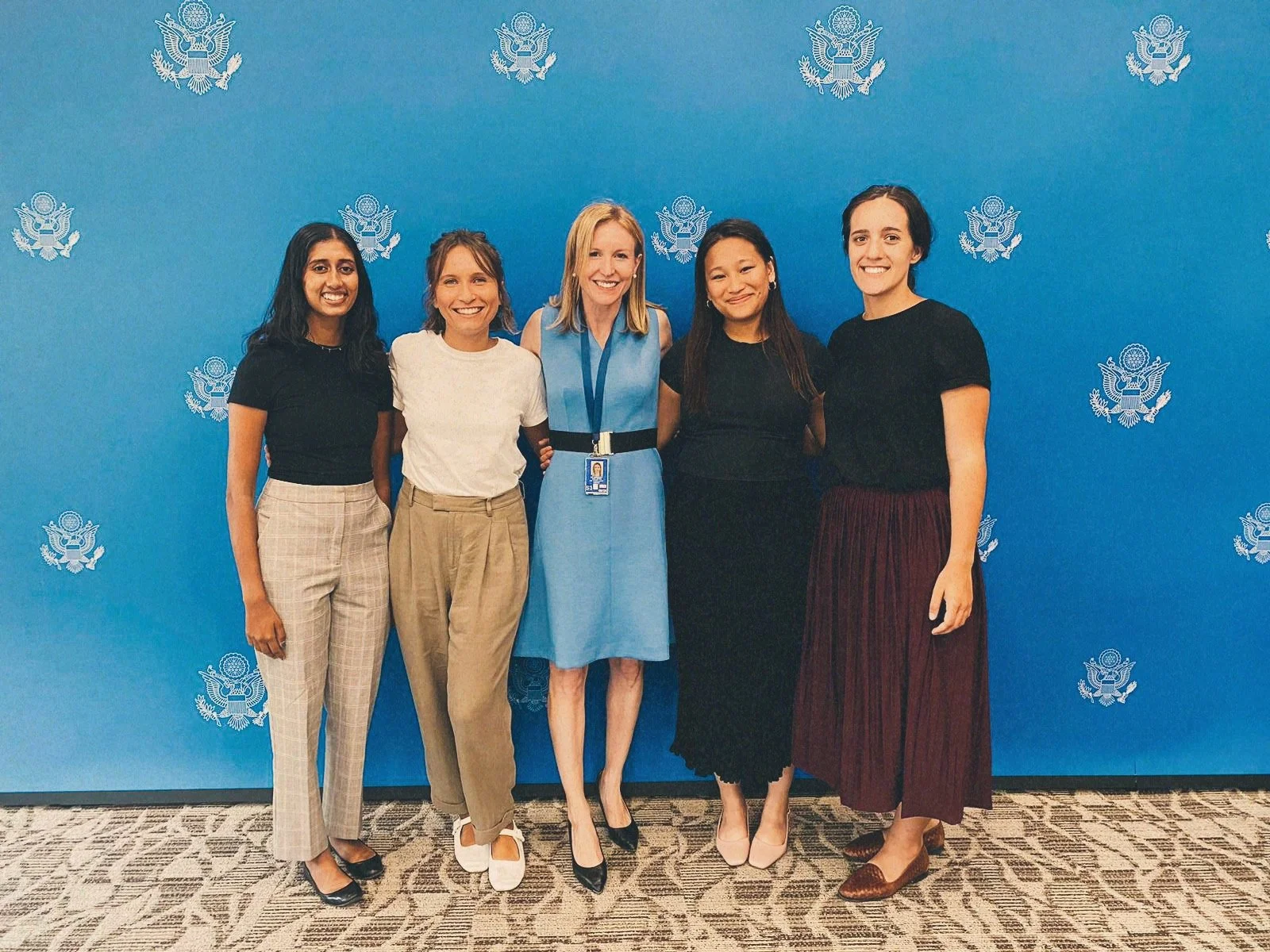
At the U.S. Embassy for the first time. Unlike some Fulbright programs, we did not have a Fulbright commission. Instead, we worked under the U.S. Embassy in Malta.
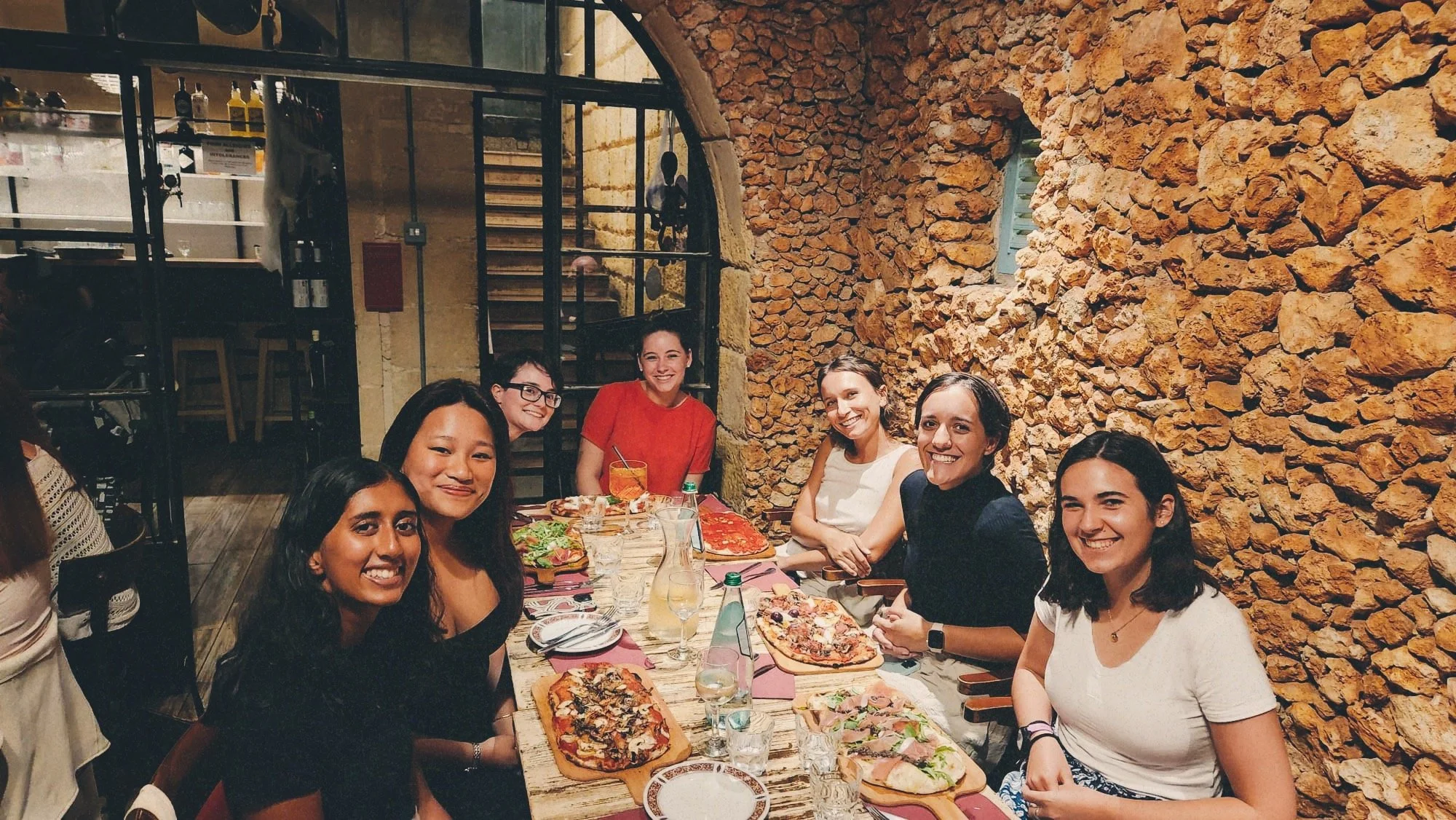
A bunch of Americans at dinner.
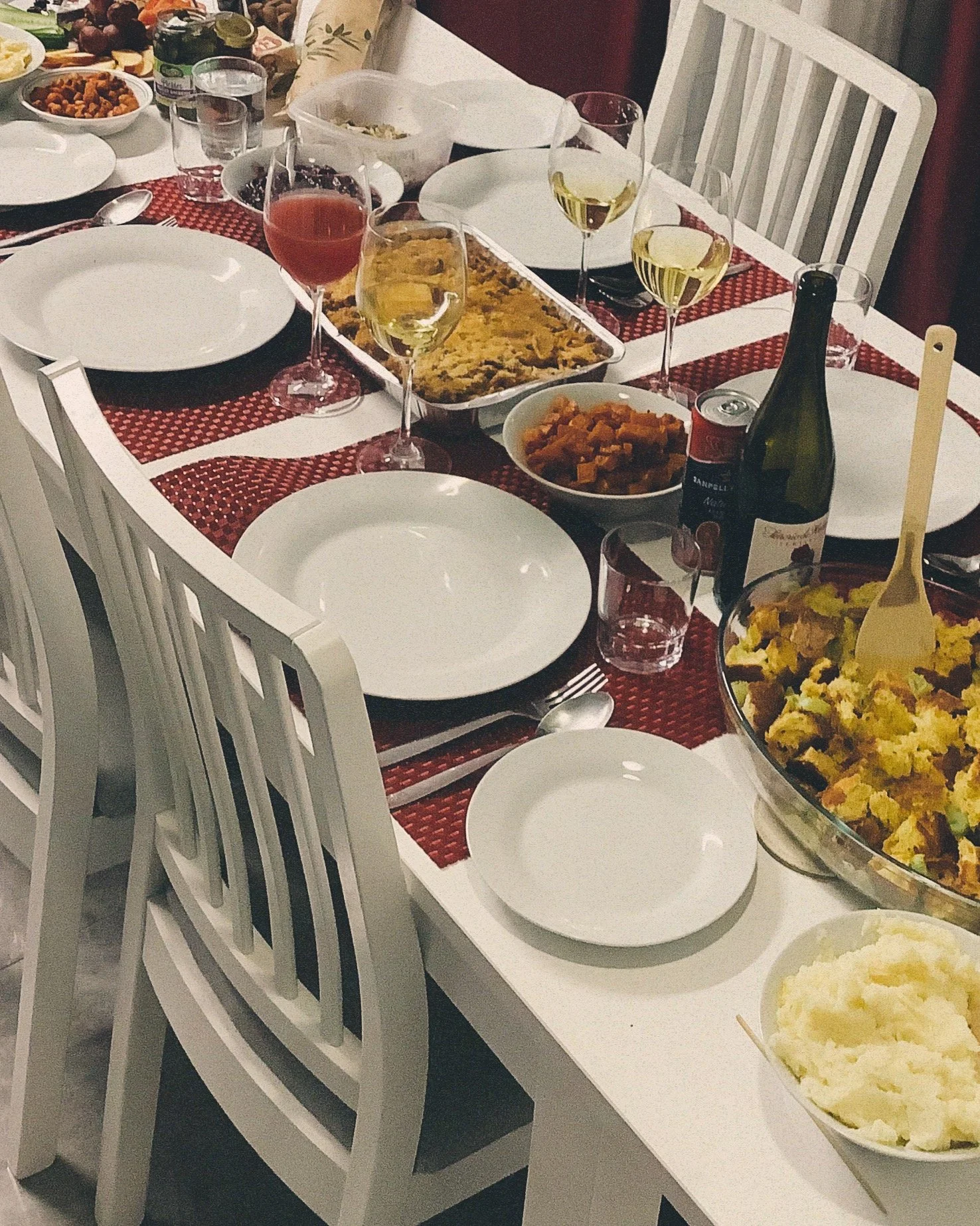
Thanksgiving in Malta.
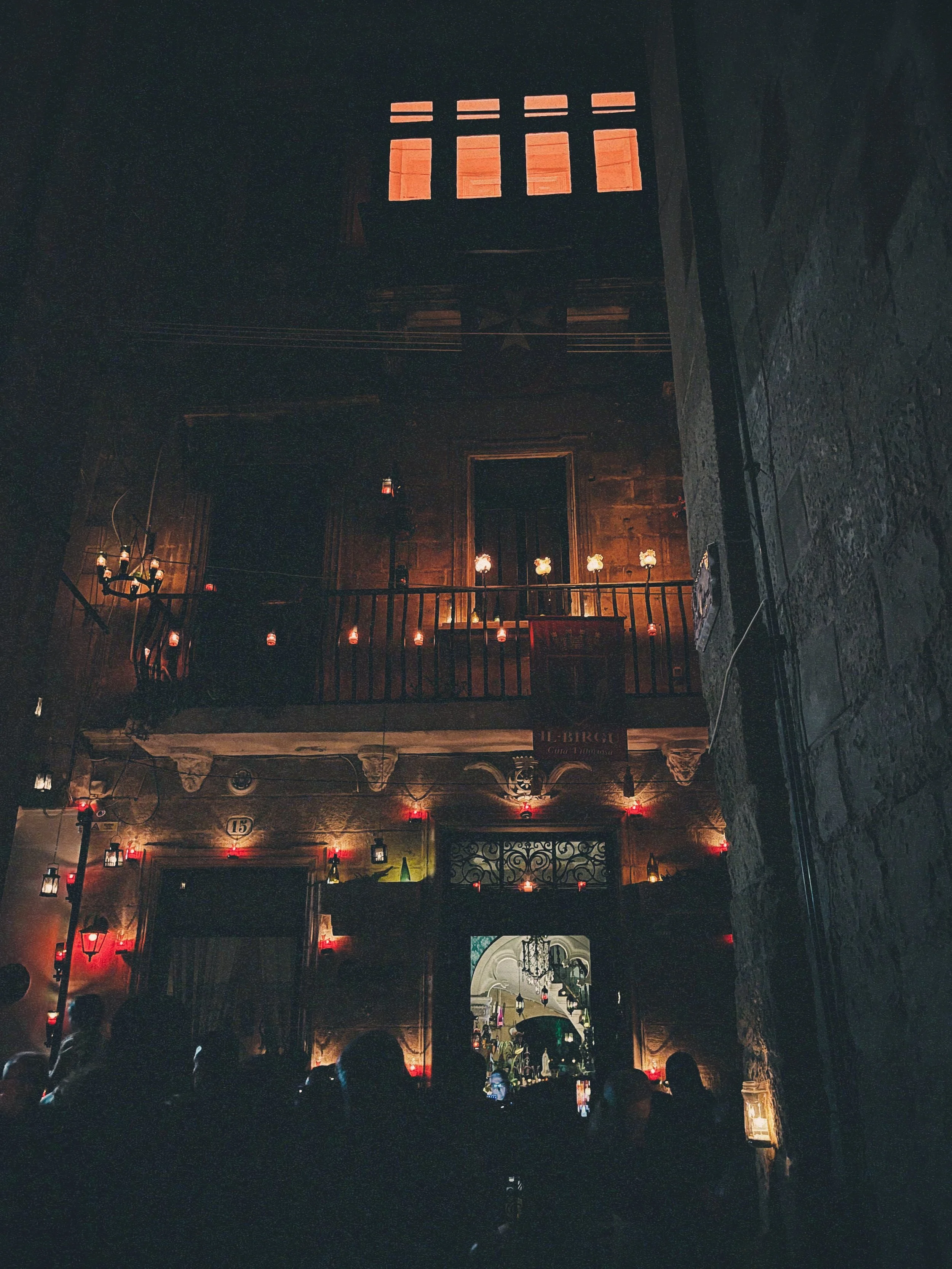
A house lit up for the Birgu light festa.
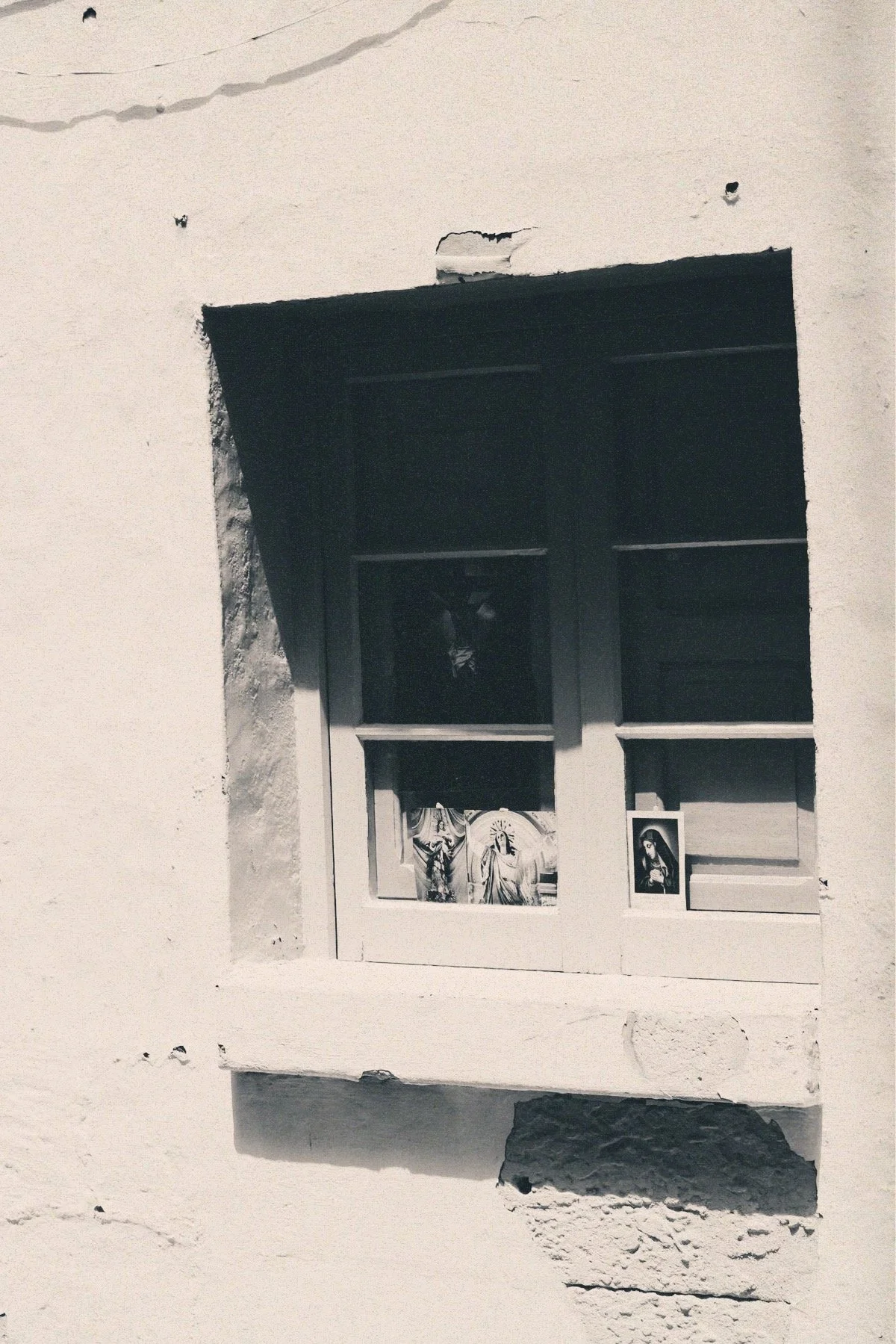
The predominant religion is Roman Catholicism in Malta. You will find a lot of sacred images and statues everywhere on the island.
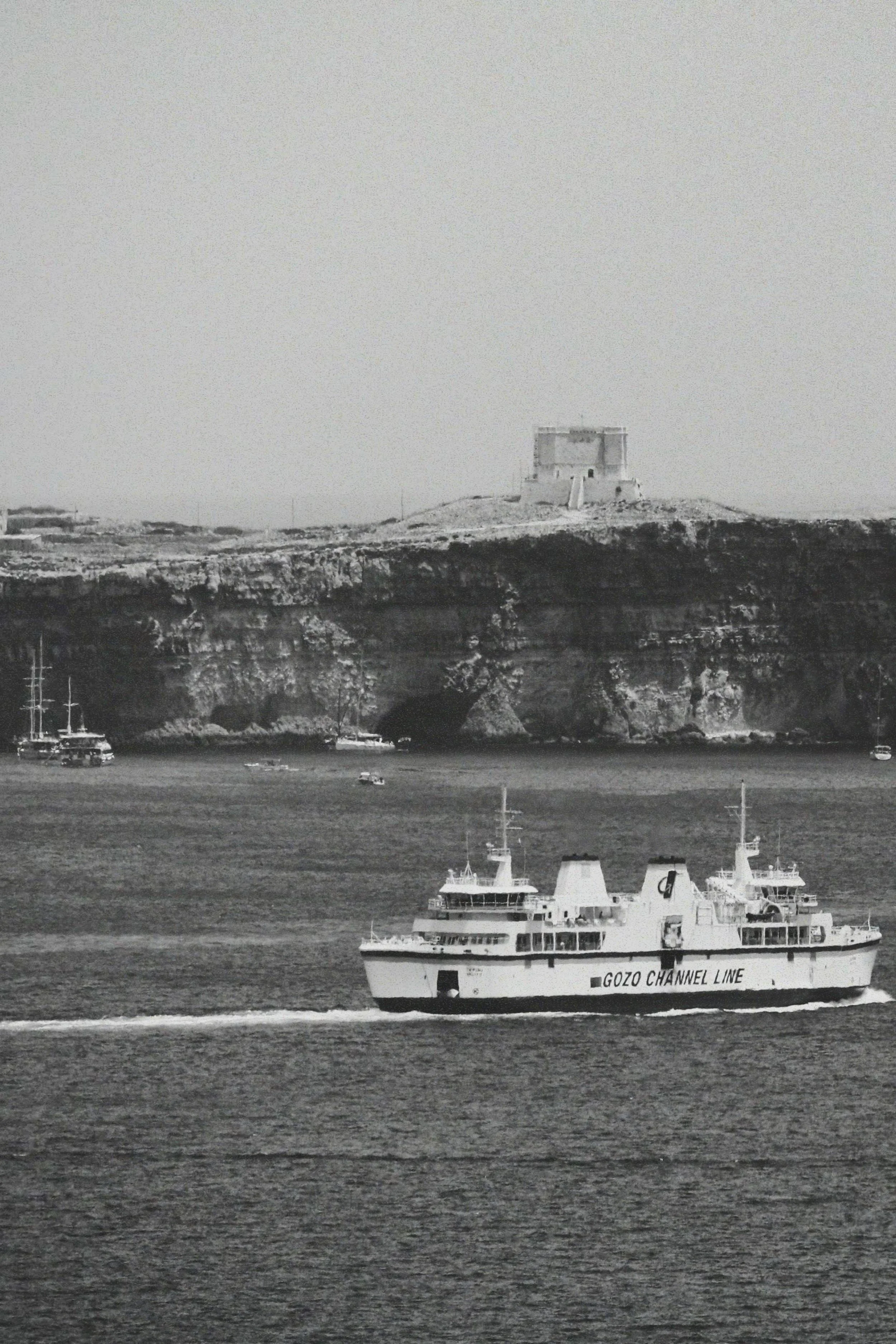
When I first arrived in Malta, understanding the migrant experience was a key motivation for me. During those initial months, my approach was to observe as much as I could before considering how I could contribute positively. Being in such a diverse school environment was eye-opening. It became clear to me how national politics and laws directly influenced everyday life in a public school classrooms — from class sizes and teacher and student resources to the support available to educators.
I noticed that many migrants came from various countries, having previously lived in places like Dubai, and were aiming to move further north in Europe. Many of them worked as bus drivers, Bolt food deliverers, waiters, etc.
Gozo, Malta
I vividly remember that around the same time I was settling in, Lampedusa, an Italian island in the Mediterranean and very close to Malta, experienced a significant influx of migrants. They were arriving from Libya on overcrowded boats, and the small Italian island struggled to accommodate such a large group. This situation sparked concern among Maltese locals about similar scenarios unfolding on their own island, highlighting the ongoing complexities and human impact of migration policies and responses across Europe.
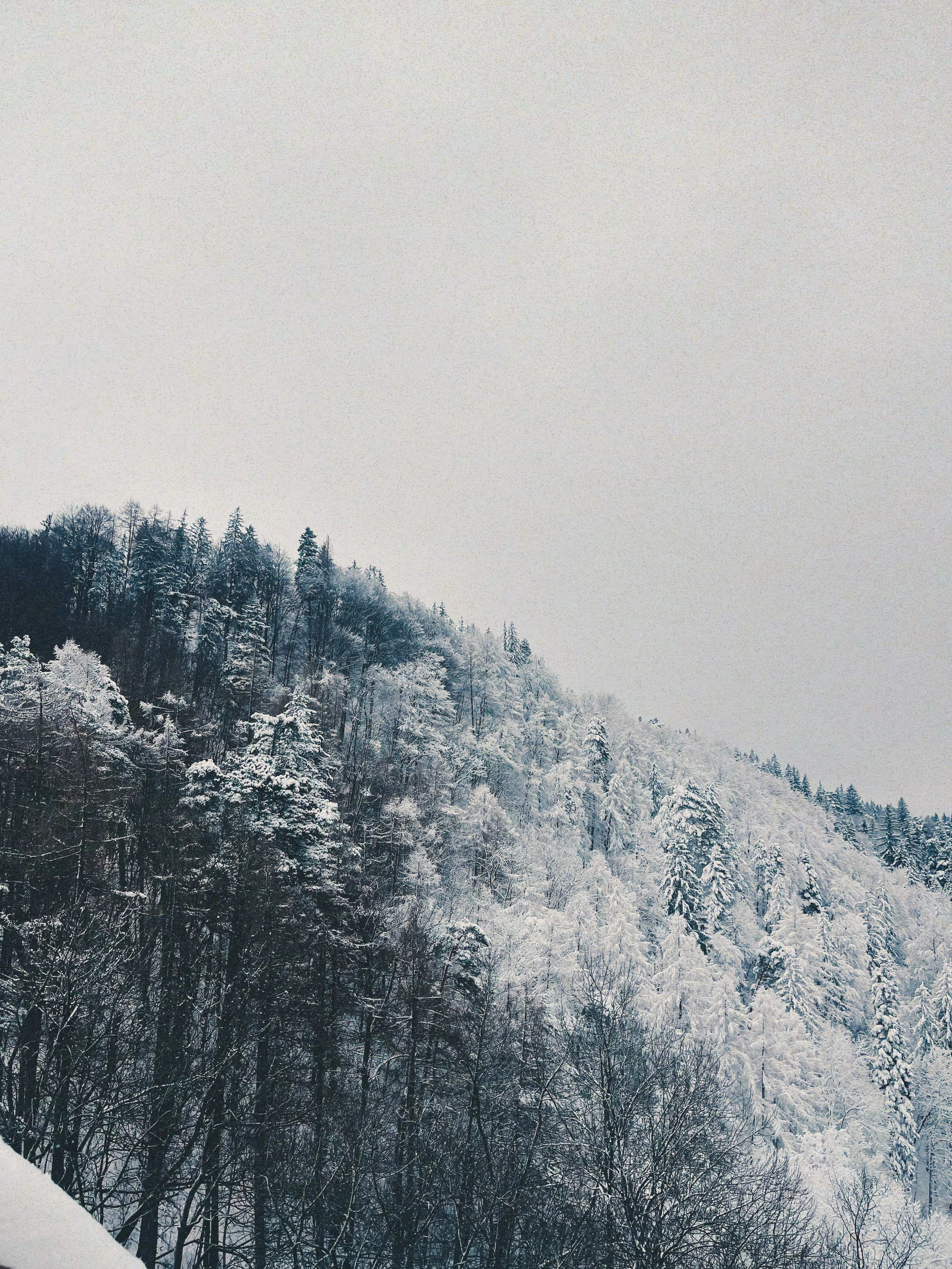
Transylvania, Romania
winter
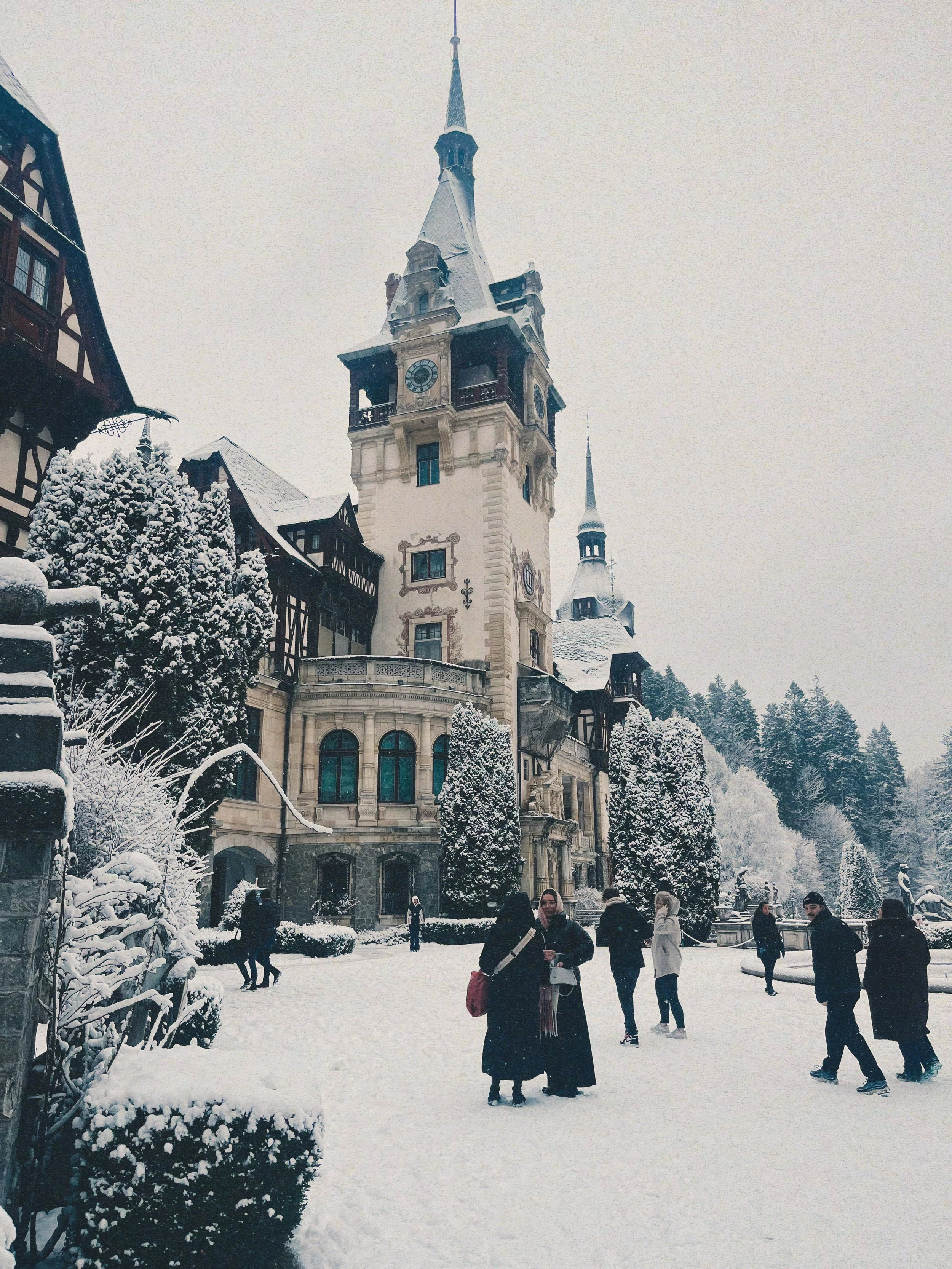
Peleș Castle, Sinaia, Romania
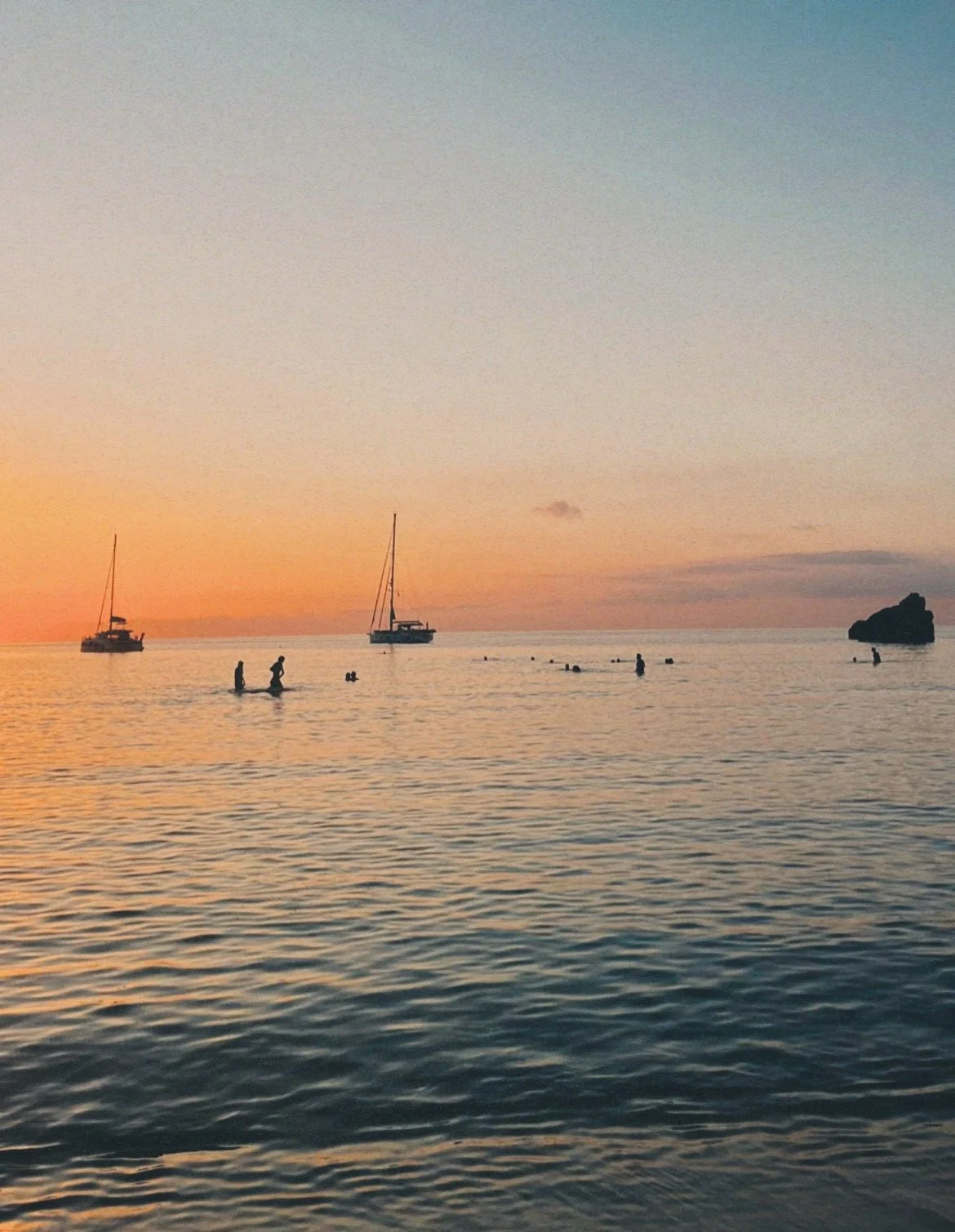
It was still warm during the winter season (at least by American standards), so I was swimming in the sea until mid-December. My Maltese teachers were always confused why I wasn't wearing a jacket. This is Golden Bay, Mellieħa, Malta.
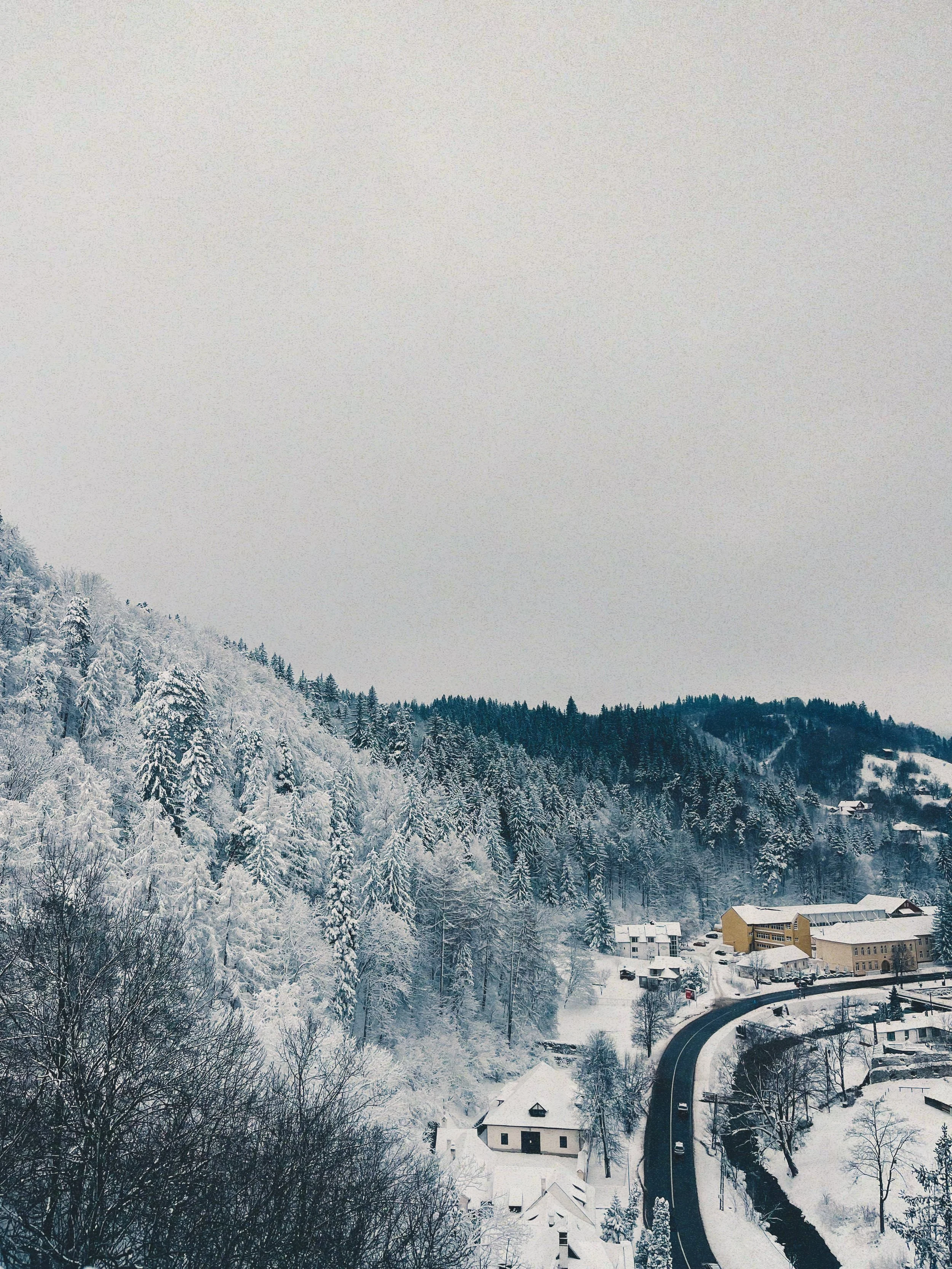
Transylvania, Romania.
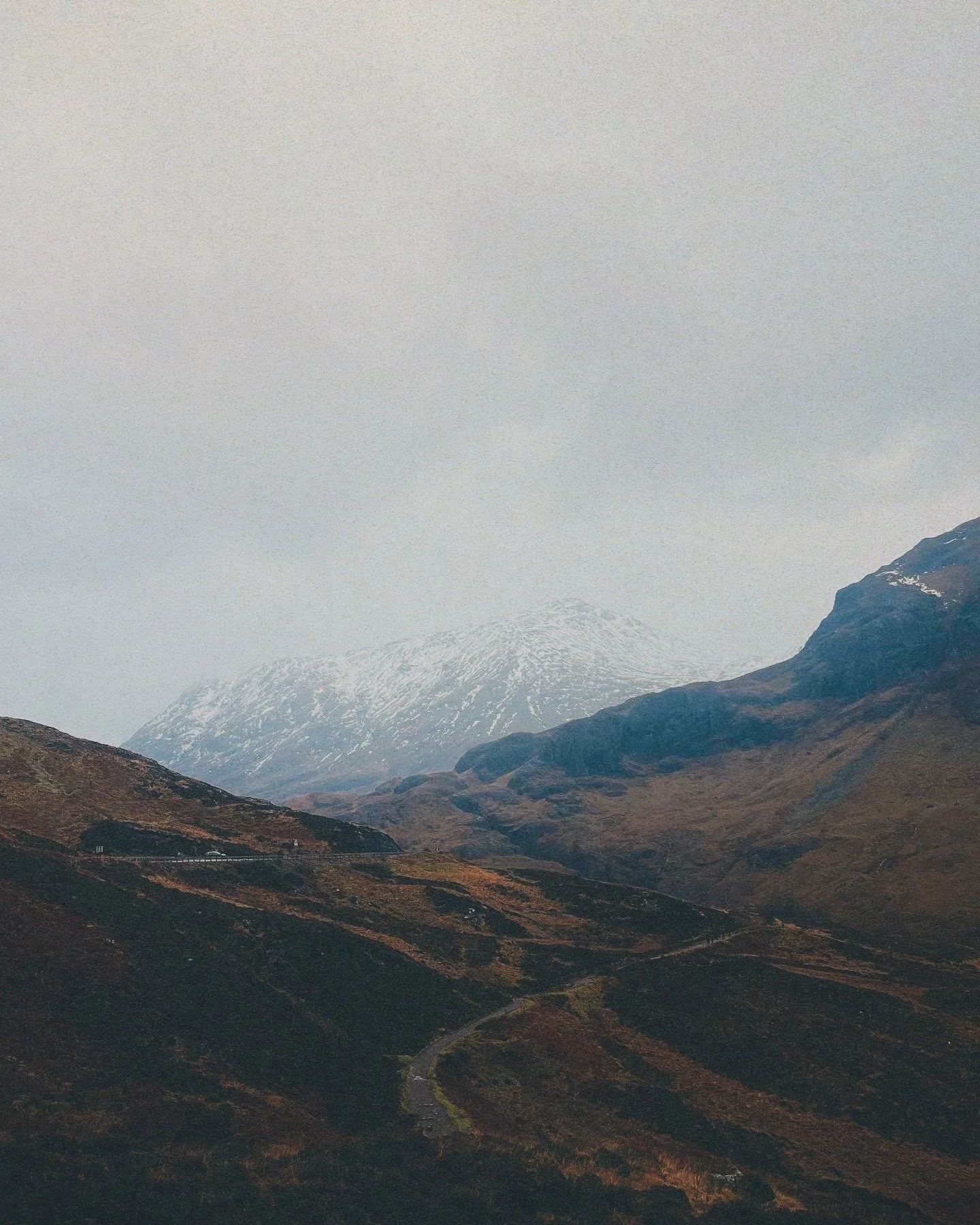
The Highlands, Scotland, UK. On the plane from Scotland back to Malta, I sat next to a Scottish couple who taught me the Scottish phrase: “Whit's fur ye'll no go past ye." Translation: “If it’s meant to be, then it will happen for you”.
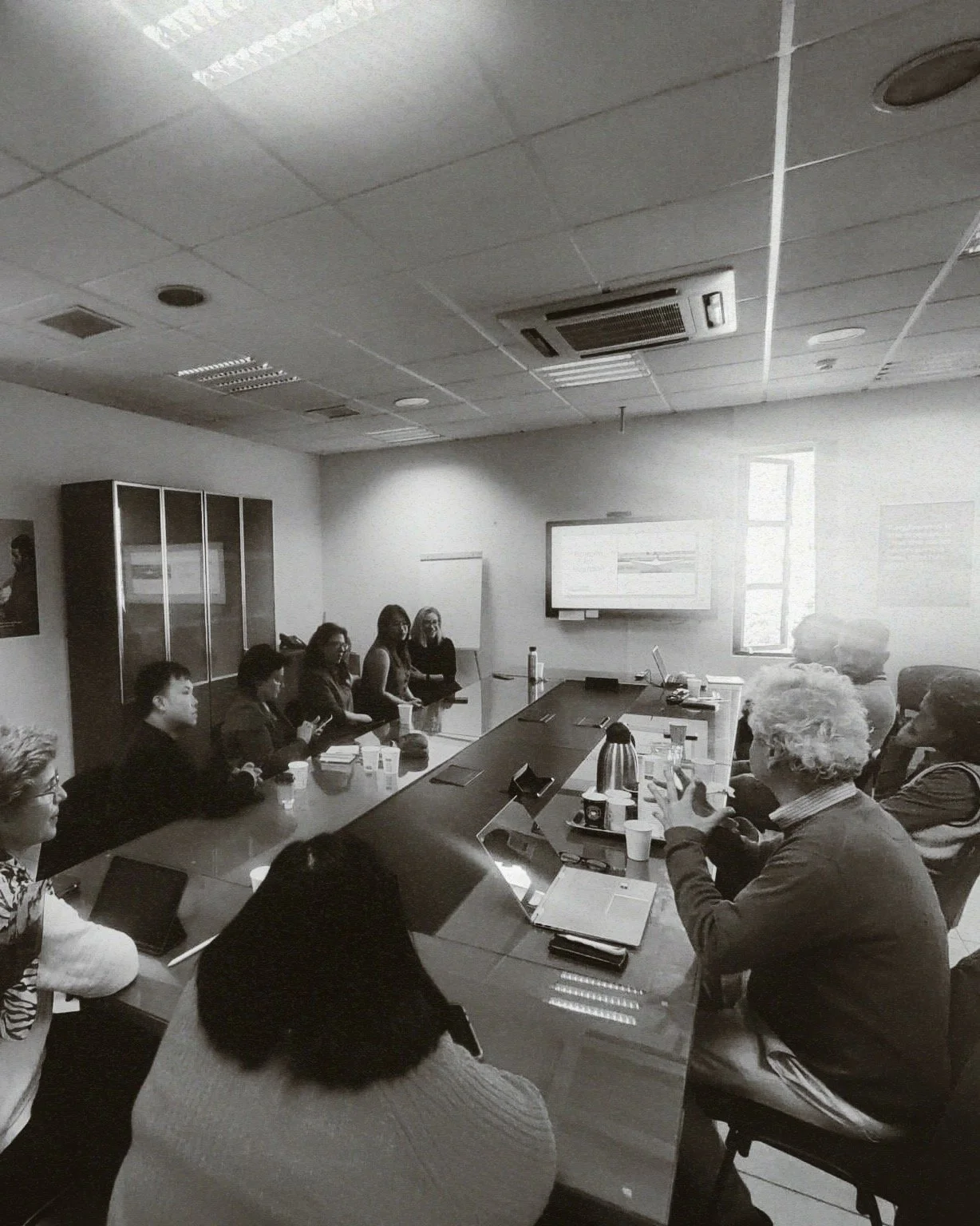
began attending Platform for Migration meetings at the University of Malta. At first, I felt intimidated bringing up a topic among so many professionals, but I’m glad I did—the board was very receptive.
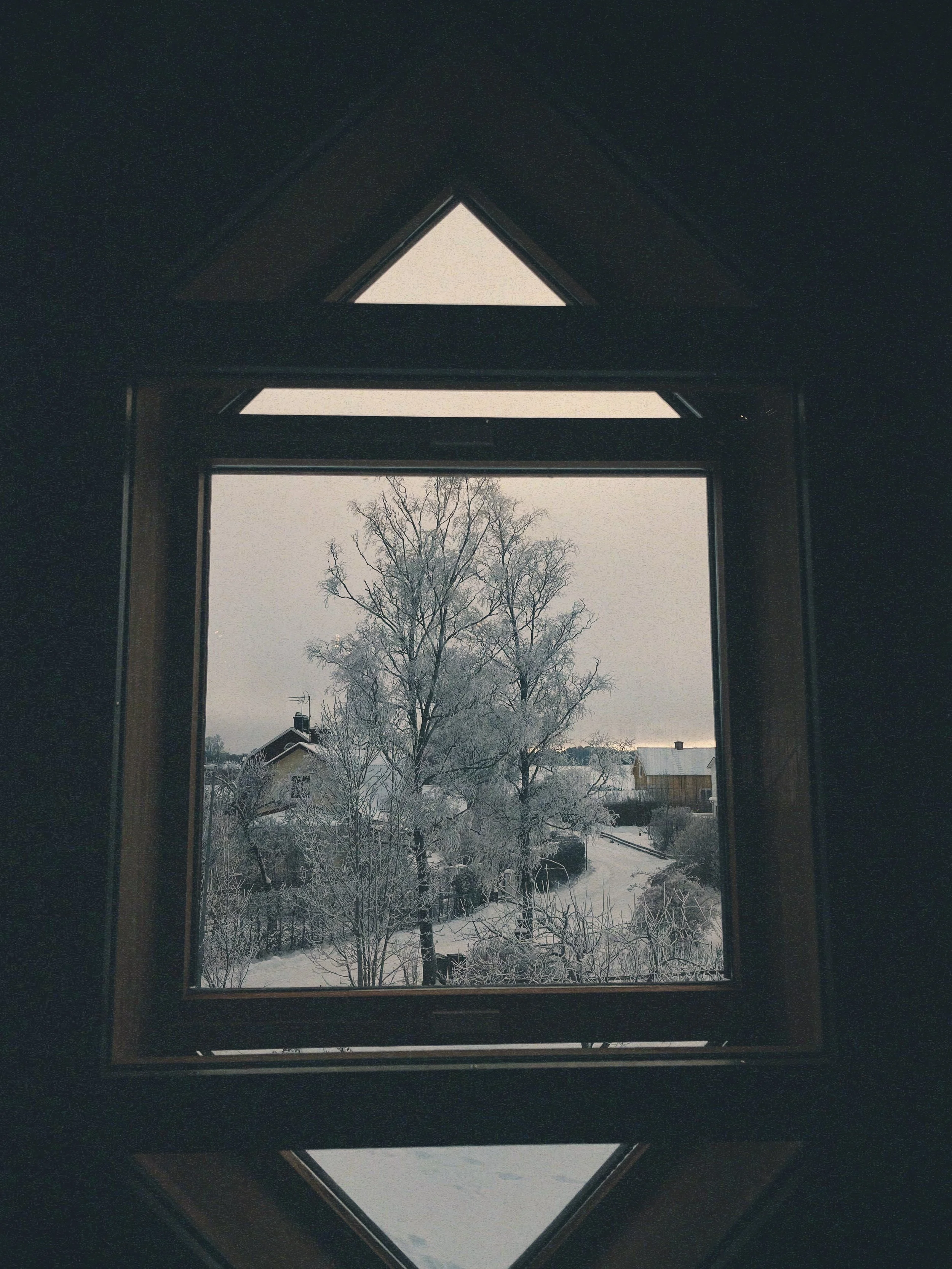
Sweden.
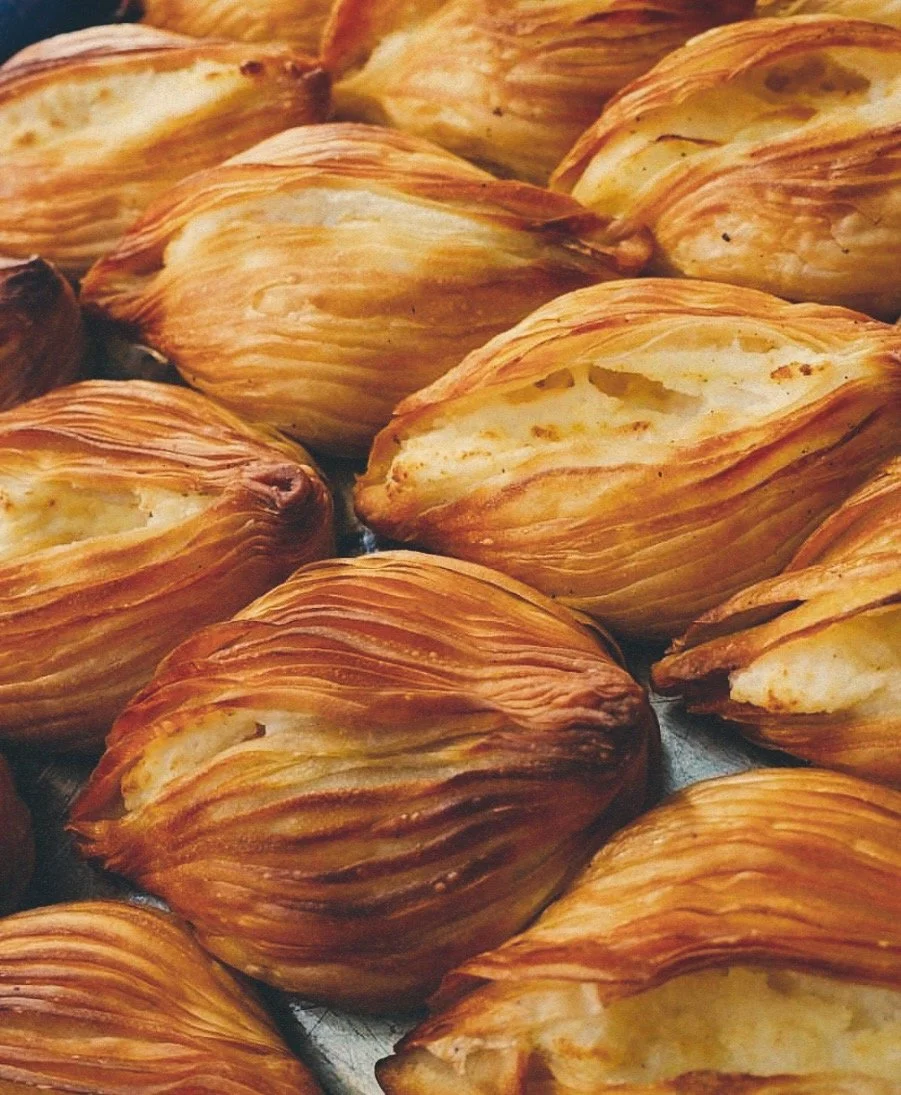
I tried ricotta pastizzi, a traditional Maltese pastry, for the first time. They usually come with peas or ricotta, and the newest edition is mushroom and chicken. You can purchase a pastizz anywhere on the island for about 50 cents and they are over 400 calores. This was my downfall.
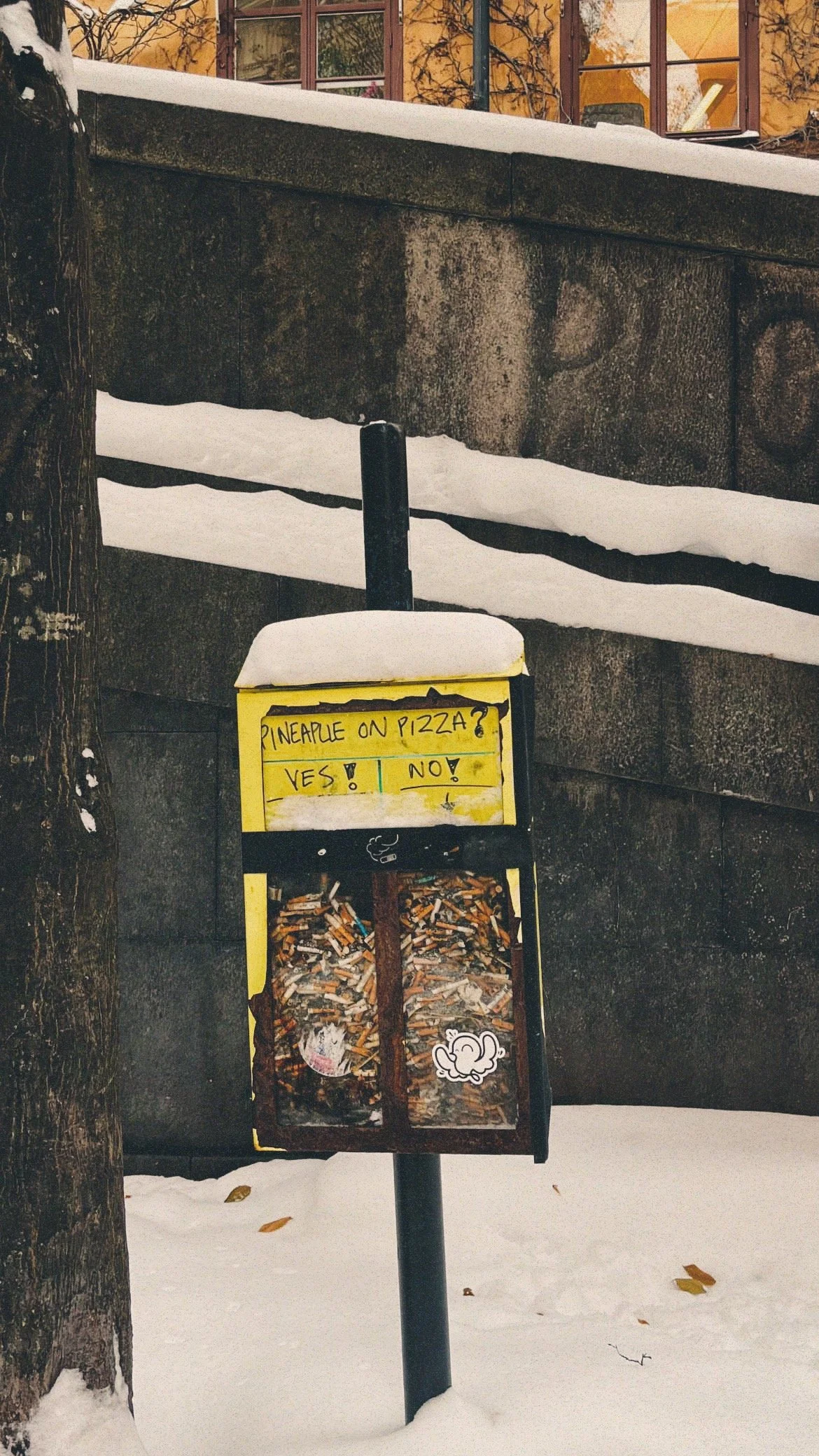
Swedes don't believe that pineapple should be on pizza.
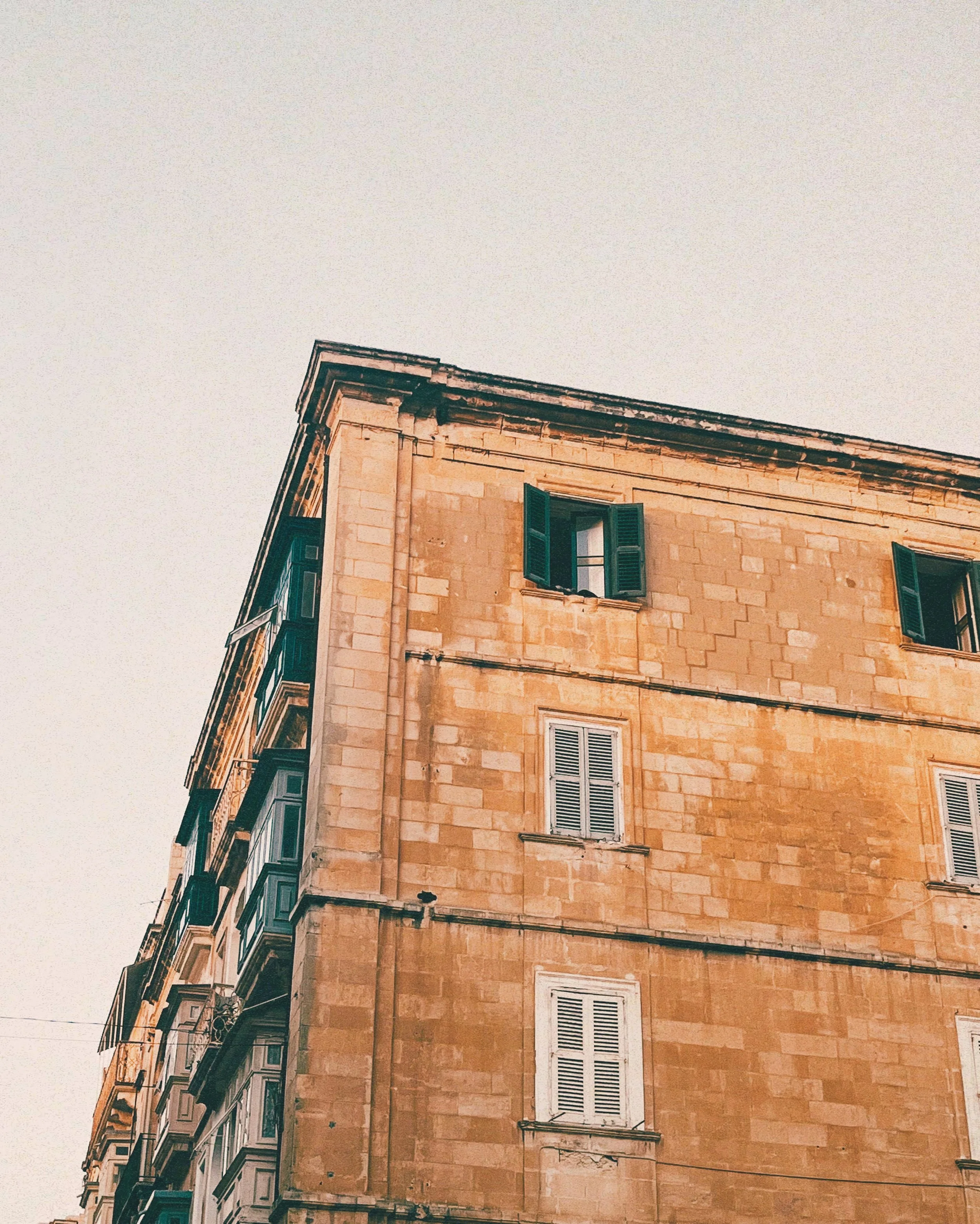
In Valletta, Malta.
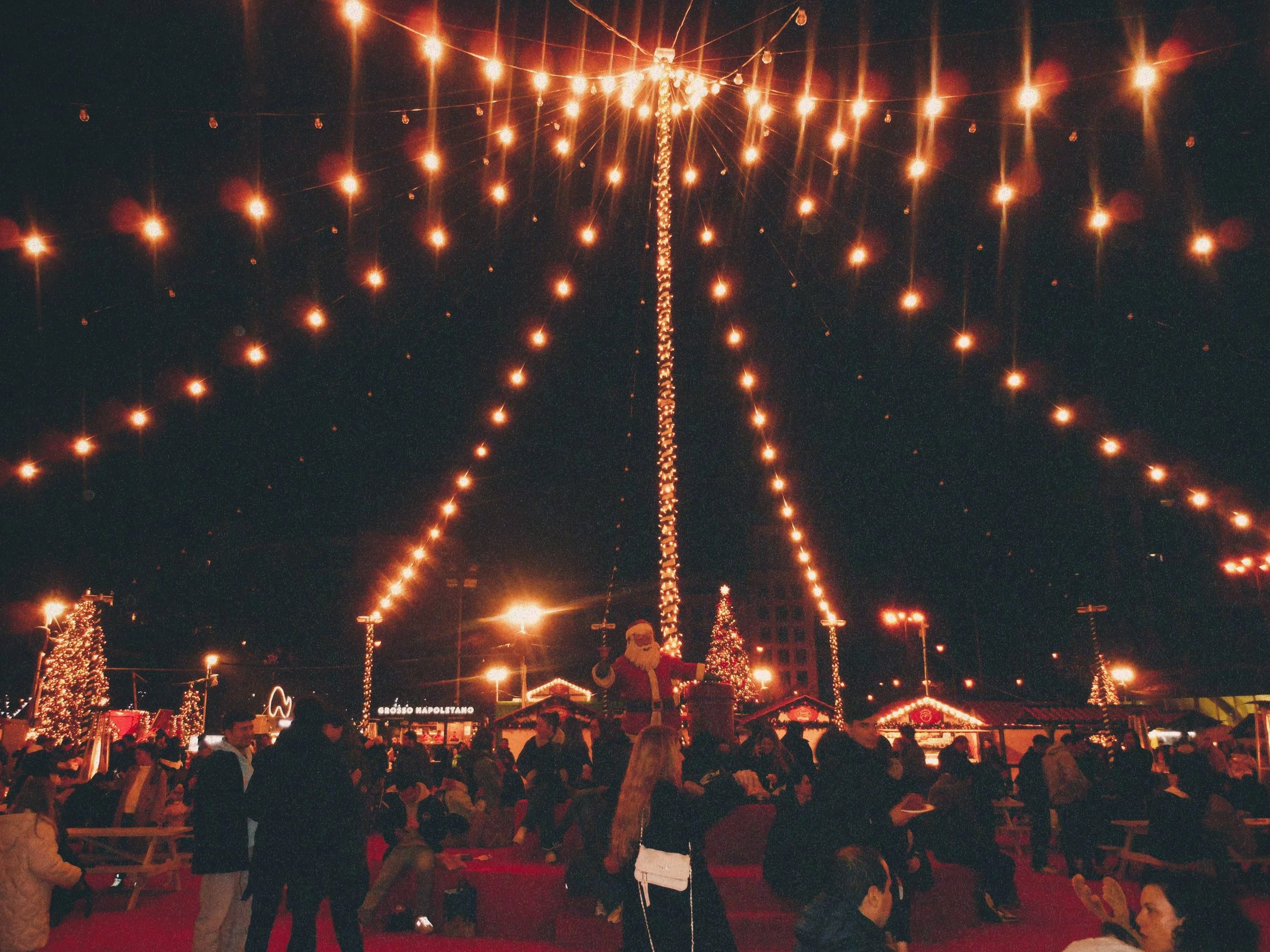
Christmas in Prague, Czech Republic.

I was starting to miss home-cooked food so I attempted to make daal. My mom's is better.
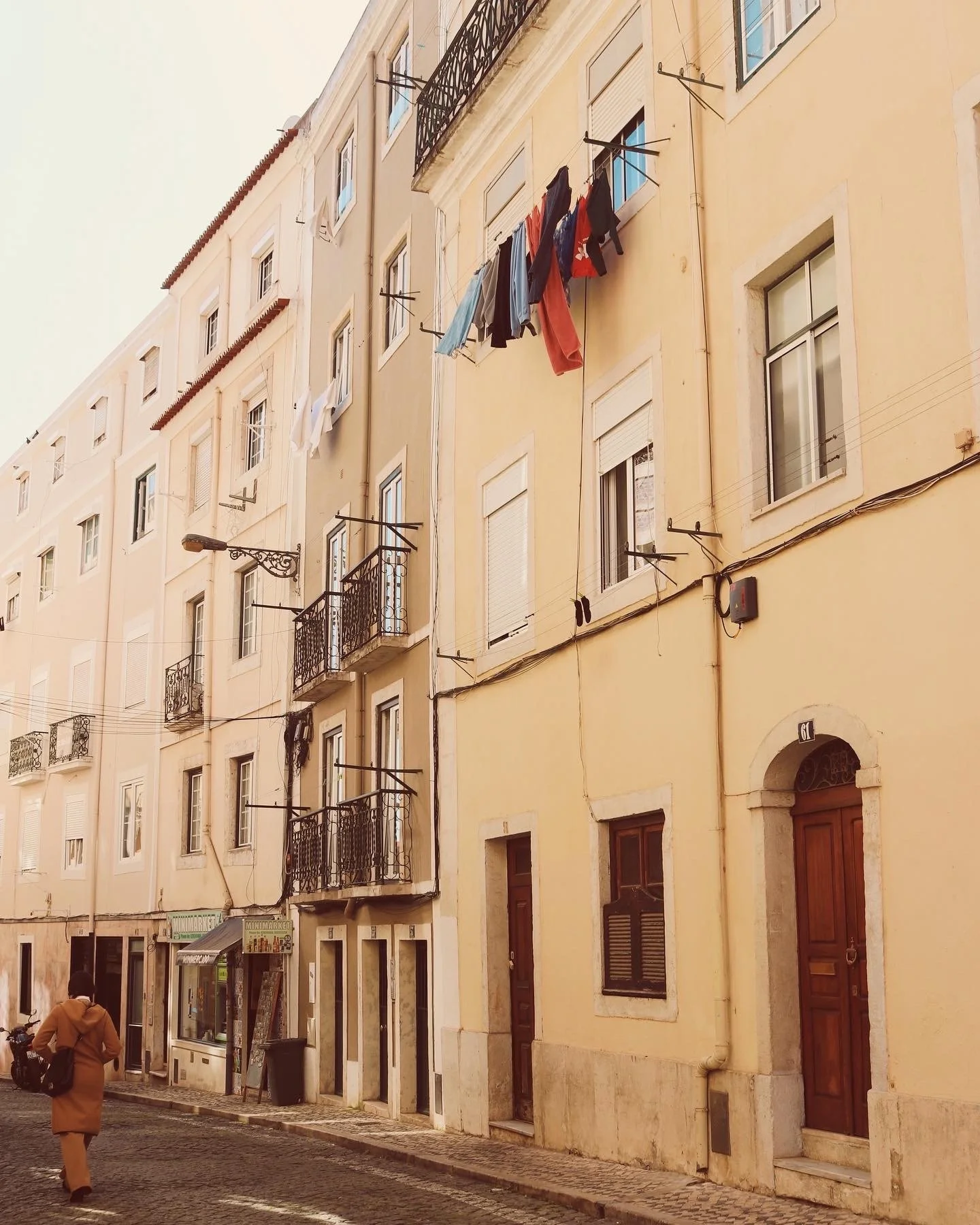
Somewhere in Spain.
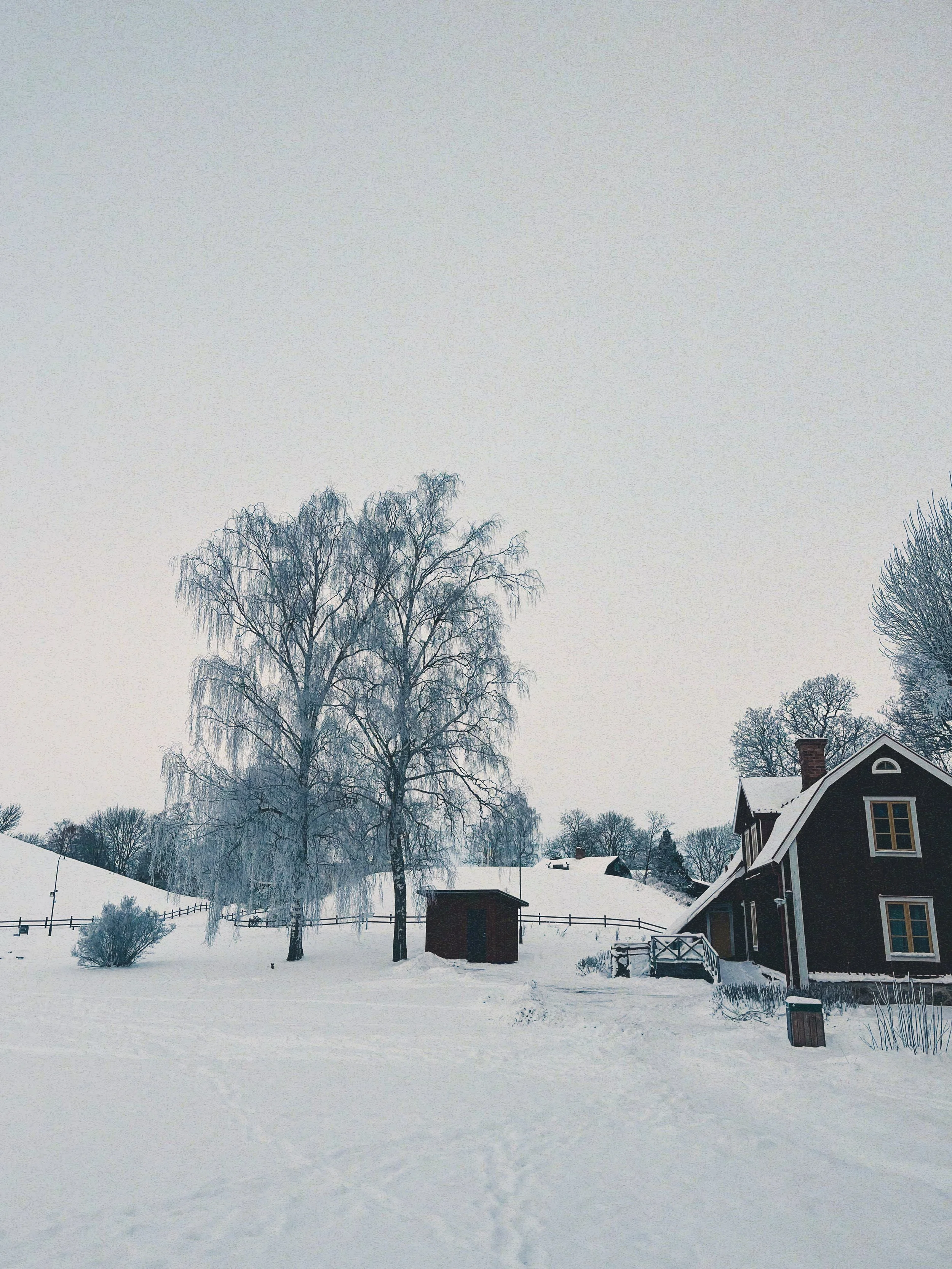
Uppsala, Sweden.
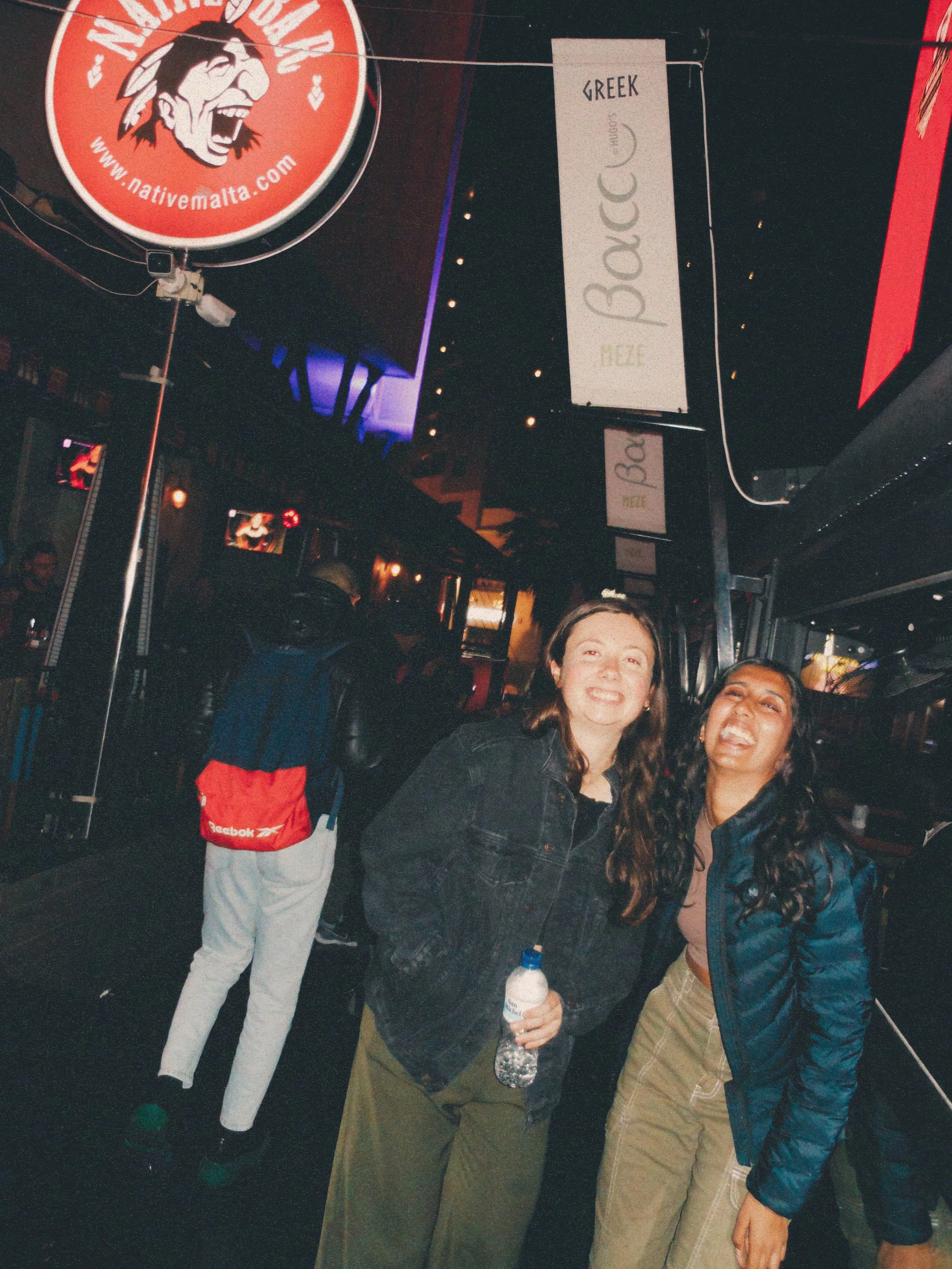
Grace and Shalaka at Paceville (party town), St. Julian's, Malta.
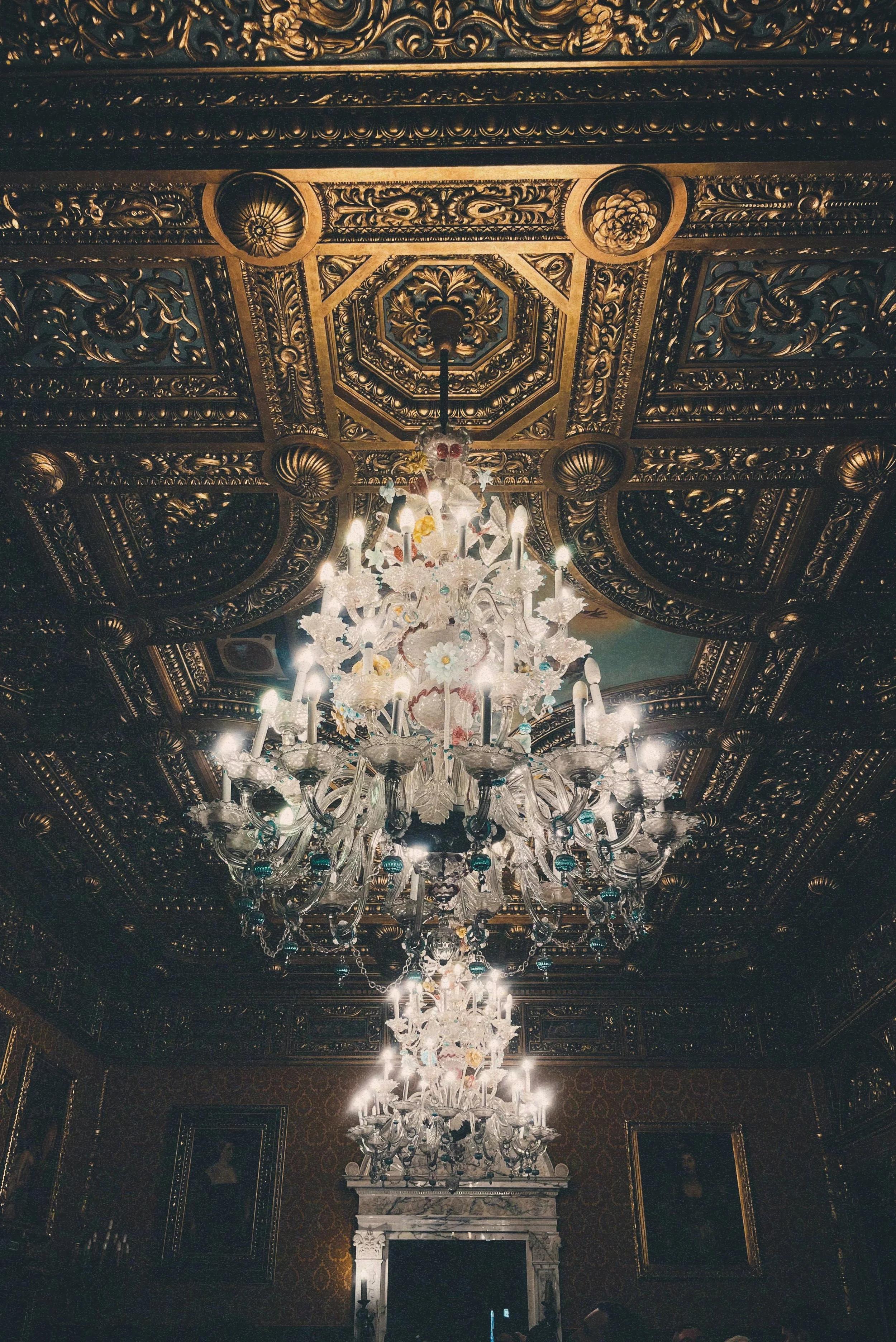
Flower chandelier in Peleș Castle, Sinaia, Romania.
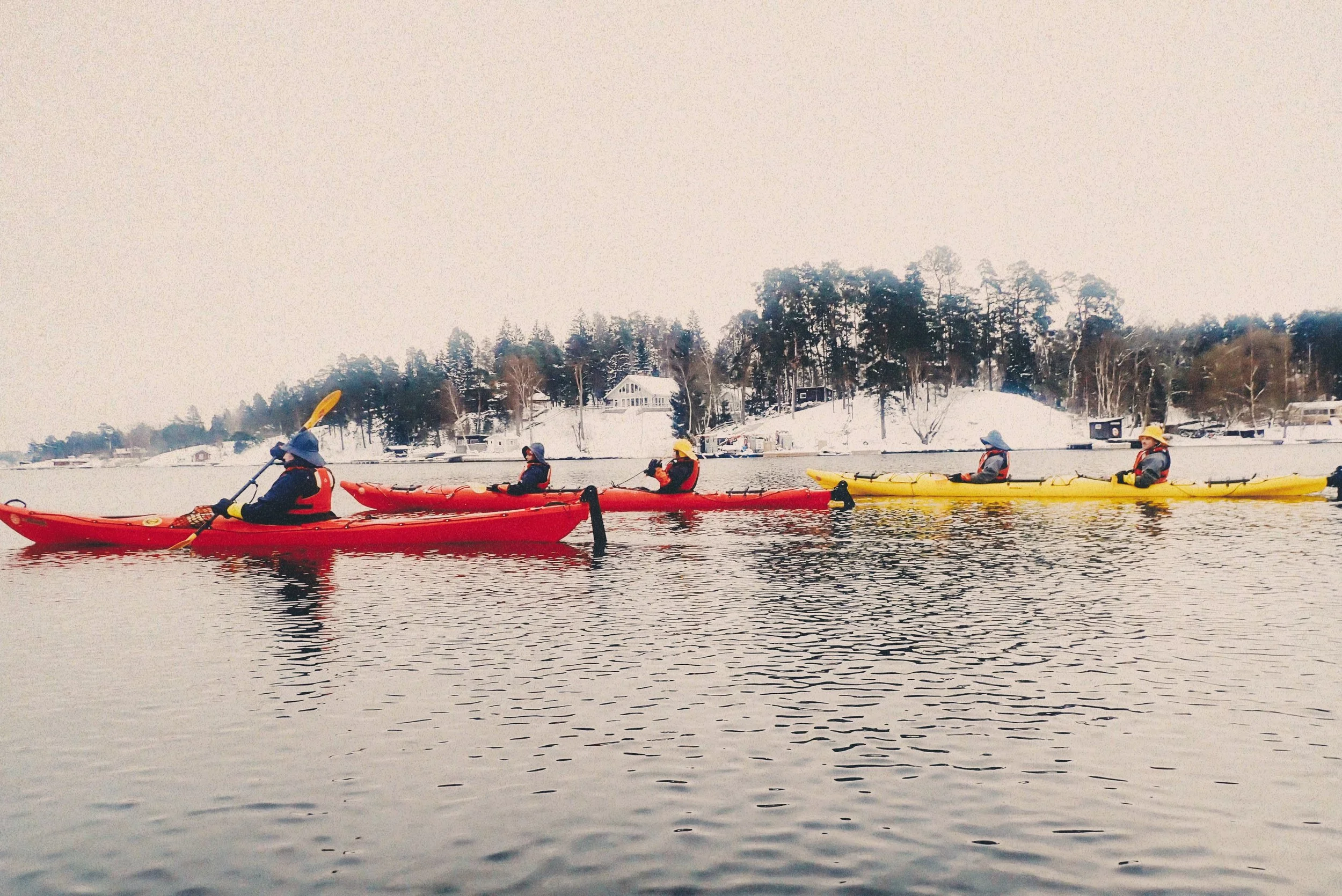
Shalaka and I kayaked on one of the coldest days in Sweden. The water was below freezing, and we were told that if we fell in, we would have a very short amount of time to live. Thus, I only told my mom about this after I finished kayaking.
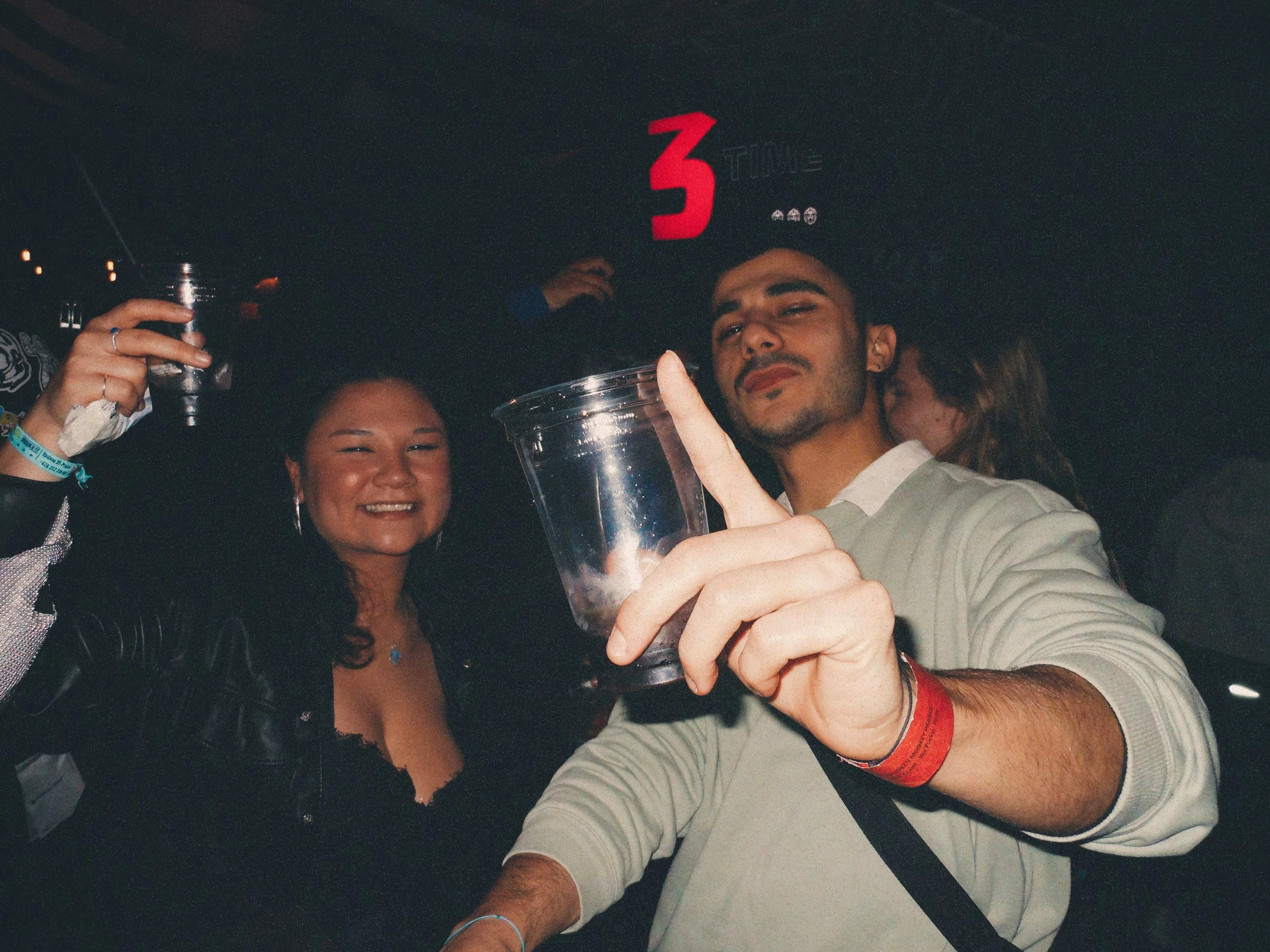
Cat and friend in Prague, Czech Republic.
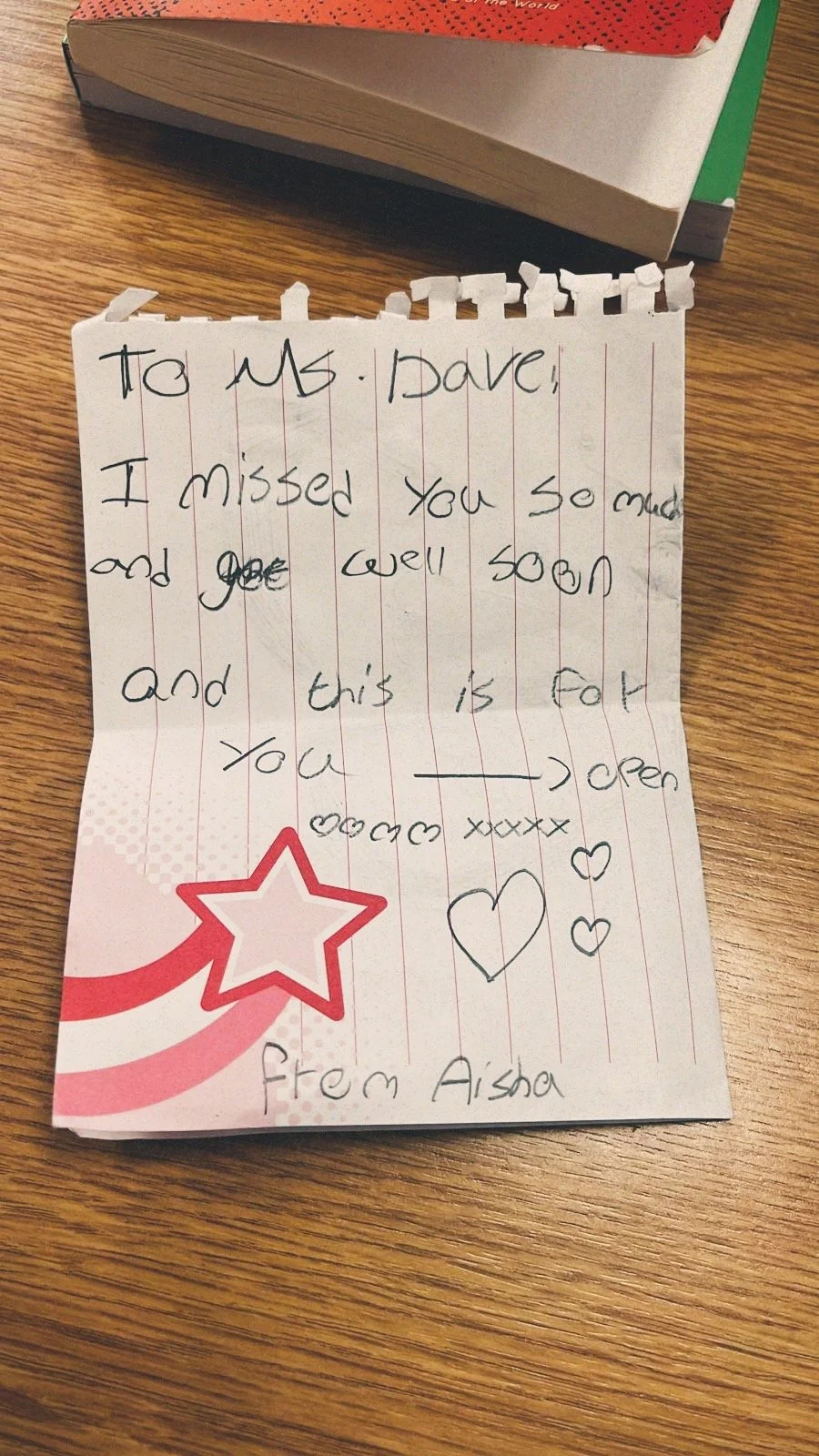
I was sick for a couple days and when I came back to school one of my students gave me this. The kids called me Miss Devi (my middle name) because my last name was too long.
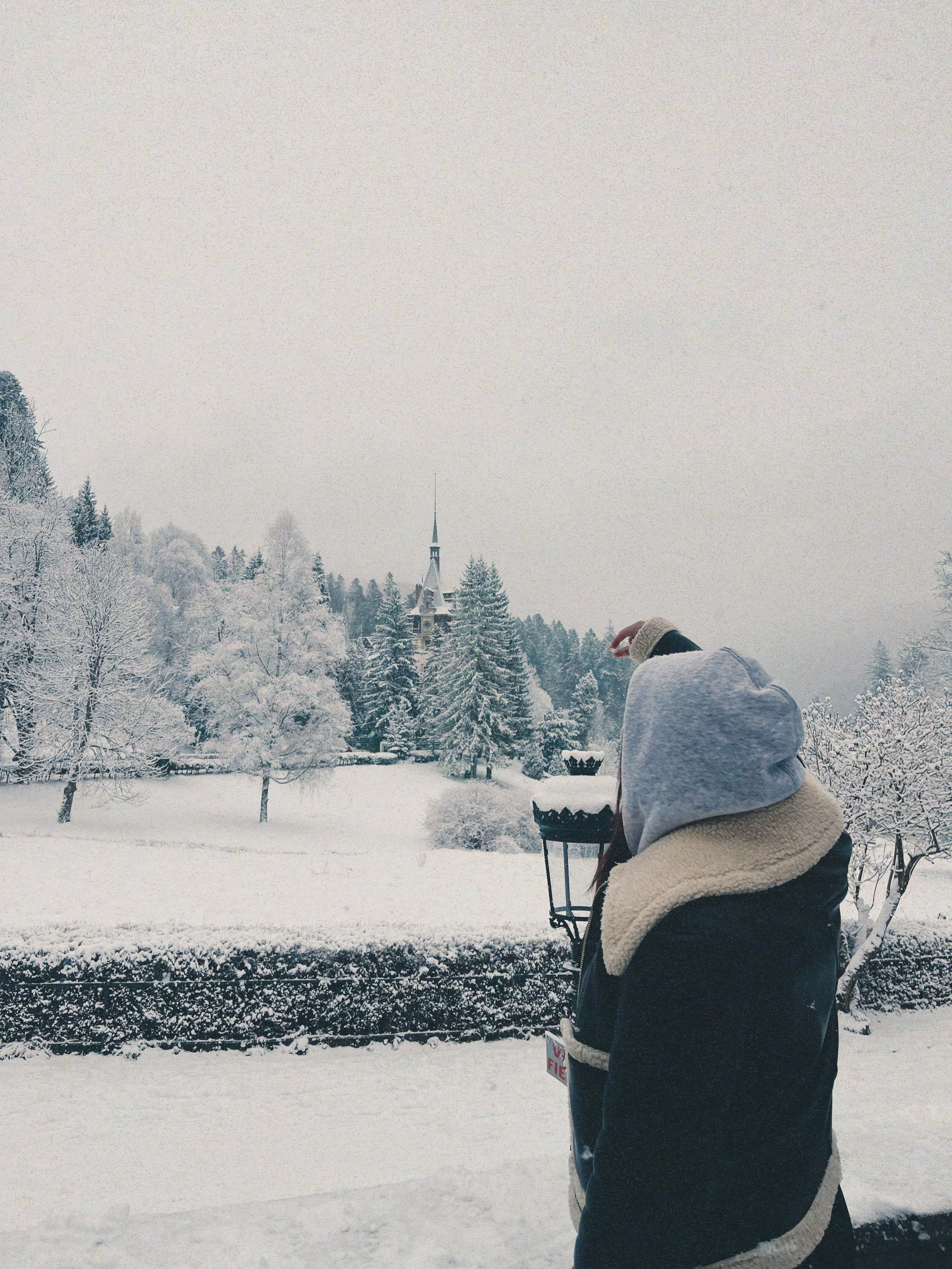
Romania.
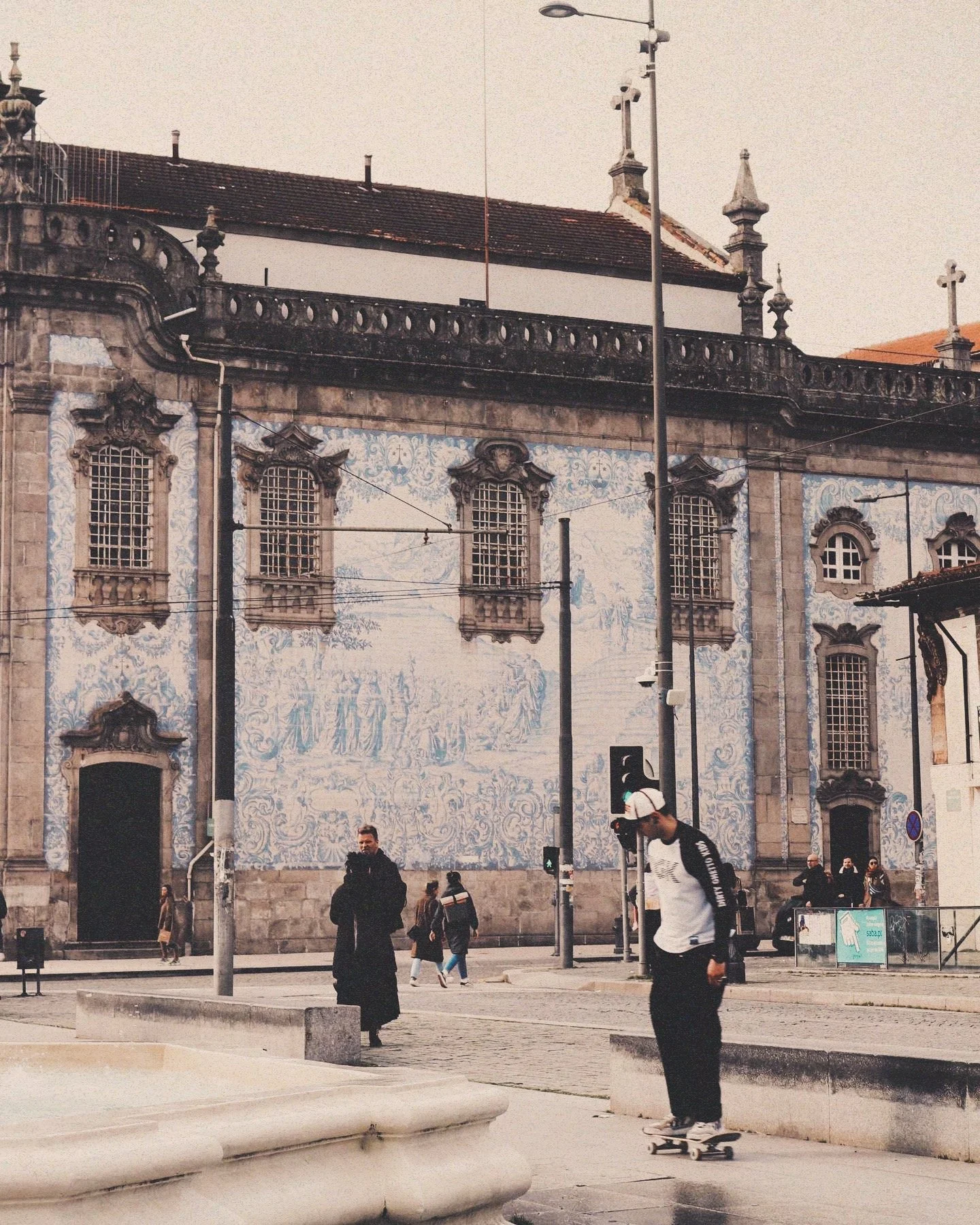
Porto, Portugal.
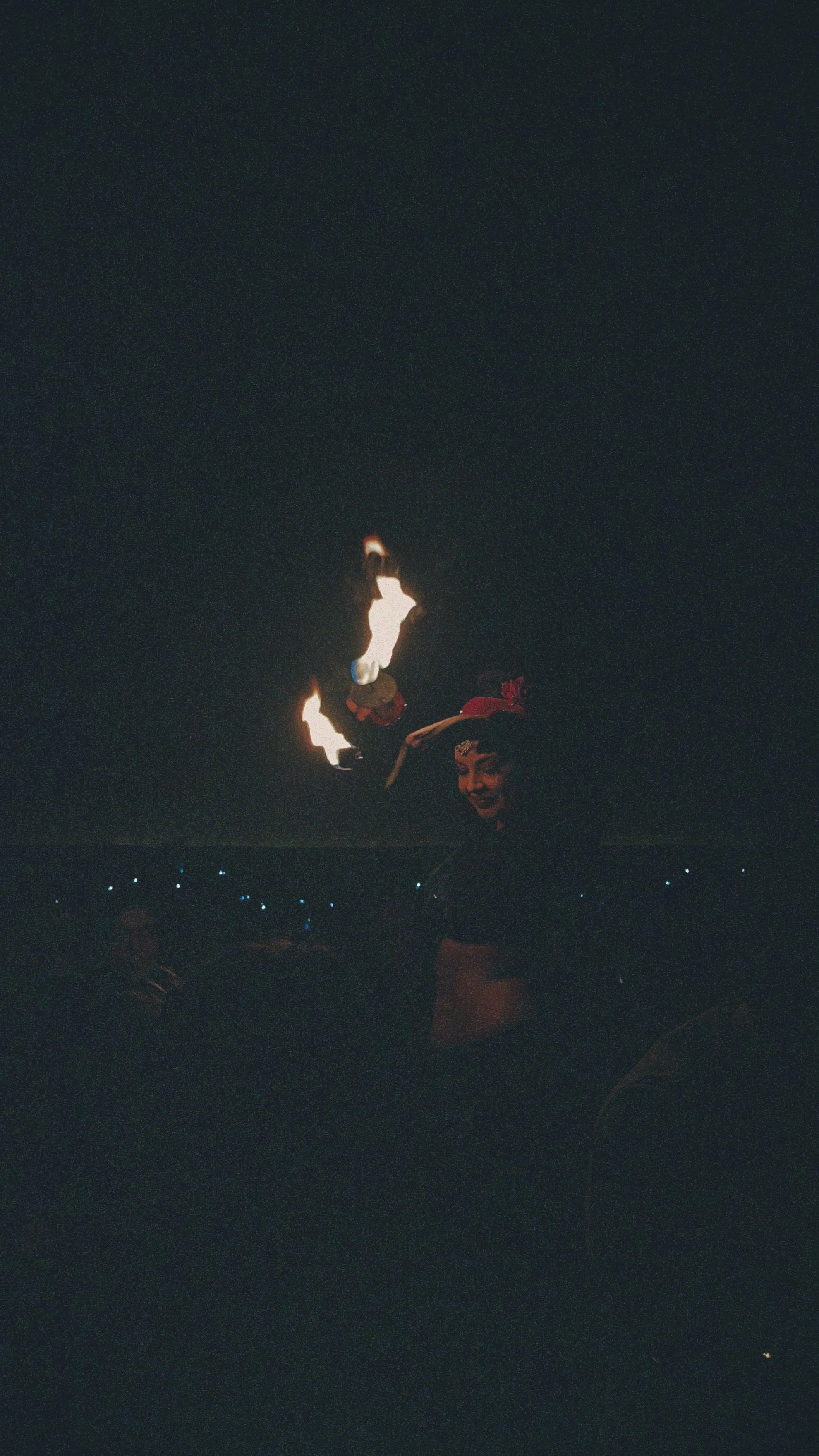
Cat and I's Christmas dinner in Prague consisted of a medieval styled dinner and there were dancers.
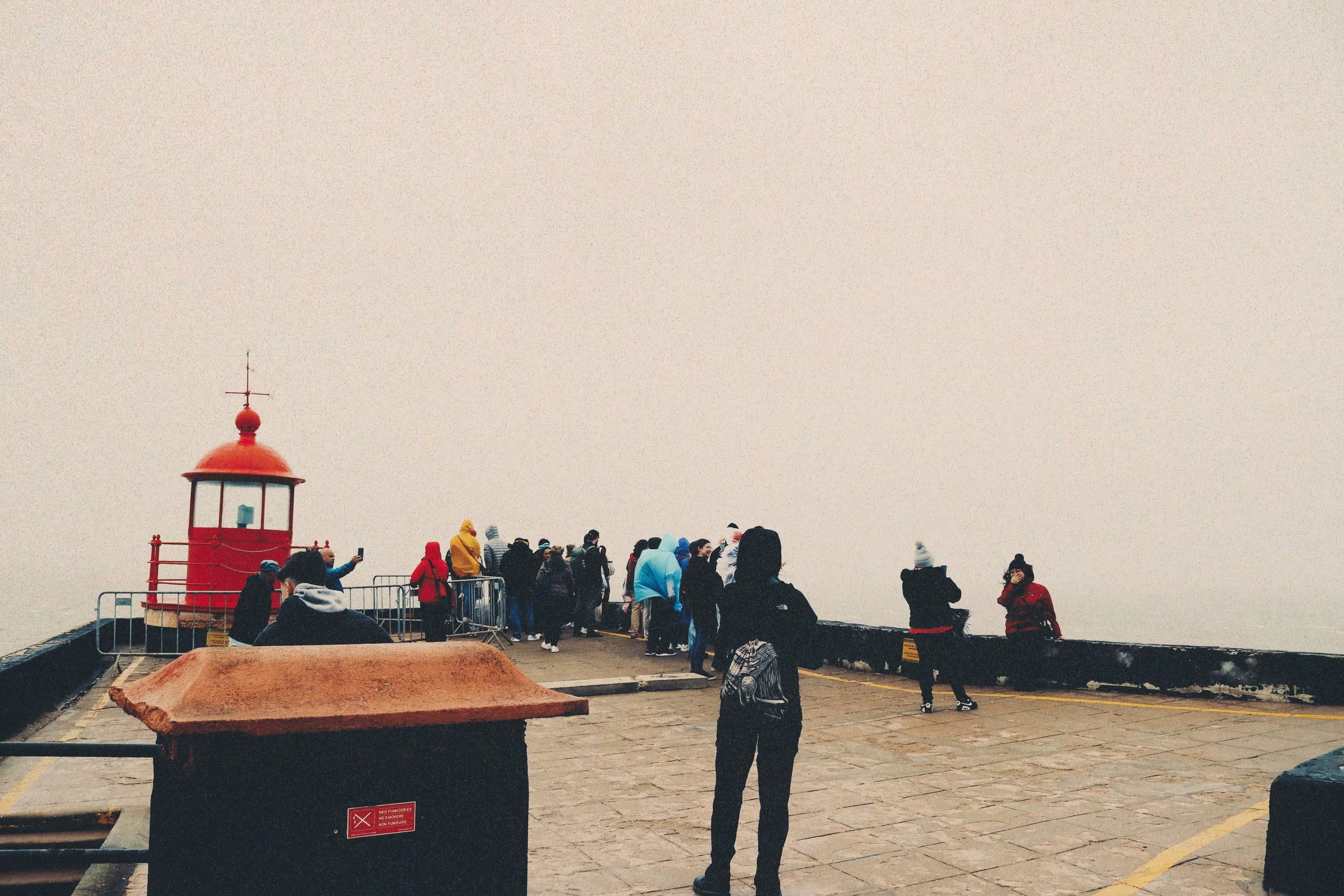
At the look-out point in Nazaré, Portugal. It was surreal to watch the huge waves and the surfers. However, I did almost fall off the cliff because there was a severe weather warning but it was worth it.
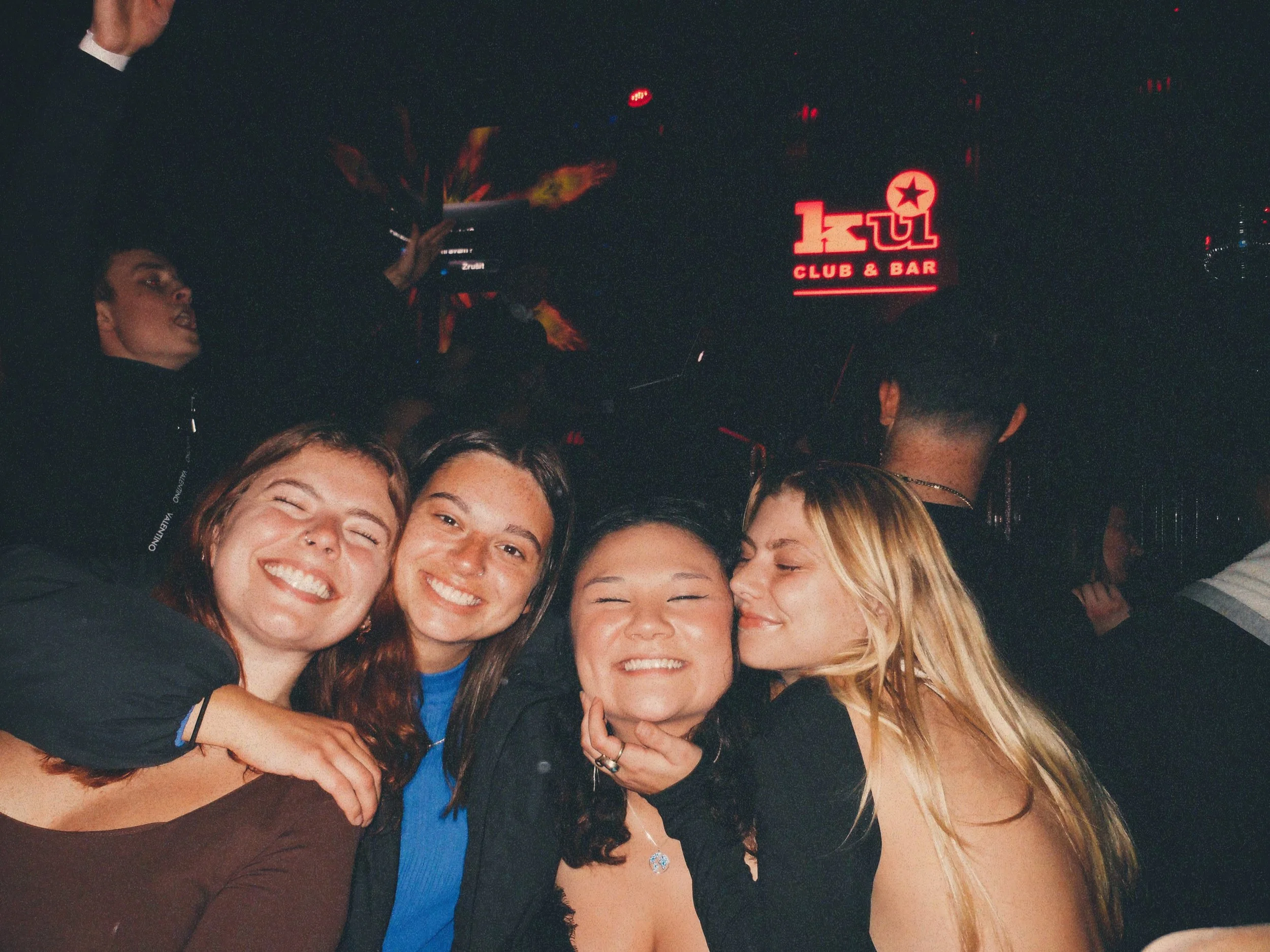
Friends in Prague.
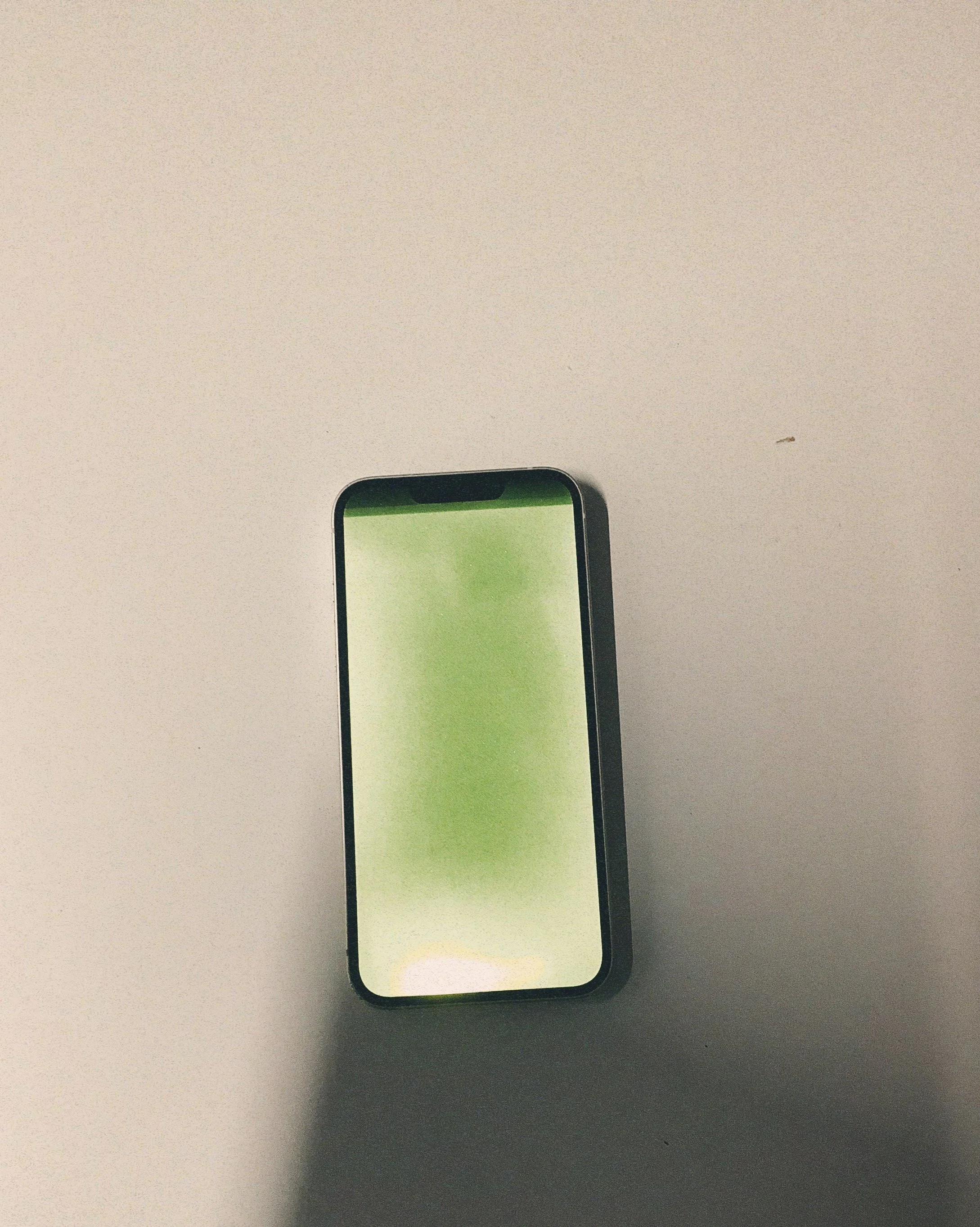
I was told in never hails in Malta. But since I am Neha, it hailed. My phone cracked and some water seeped in; this is the aftermath.

Seven Sisters, England, UK.
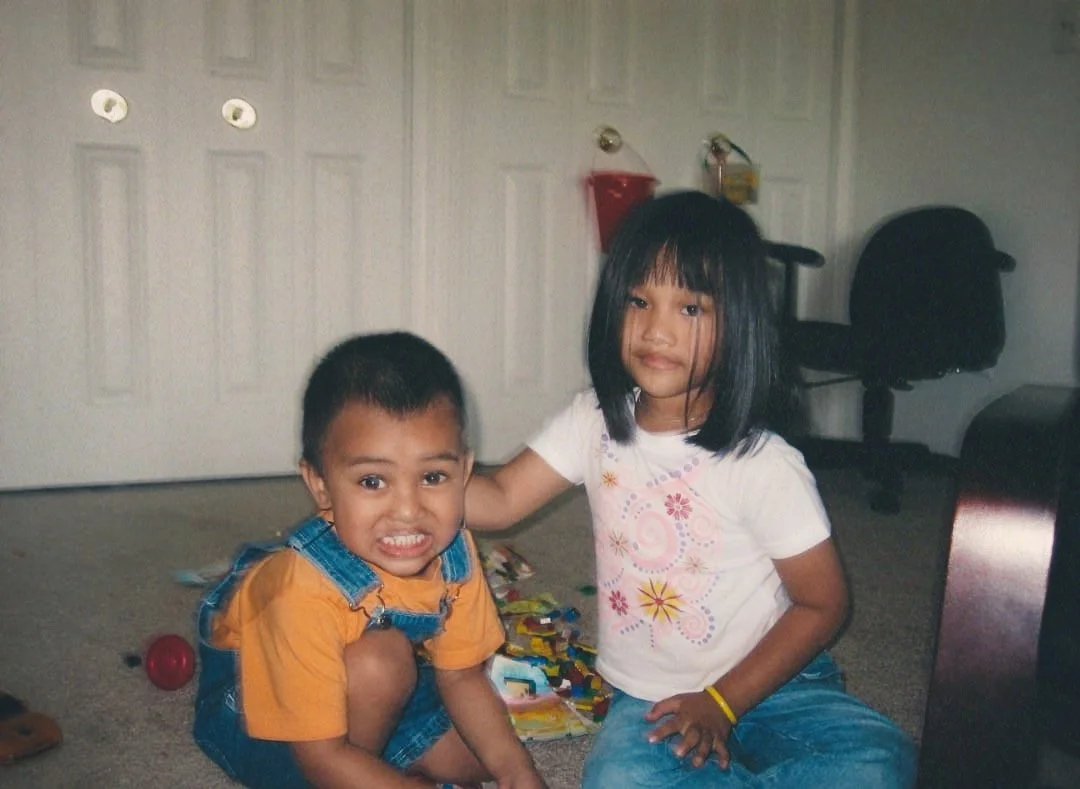
My cousin Eric and I when we were kids. He lives in London with my Aunty Julia and Uncle Napolean. I hadn't seen them for a long time but I spent a week with them during winter break.
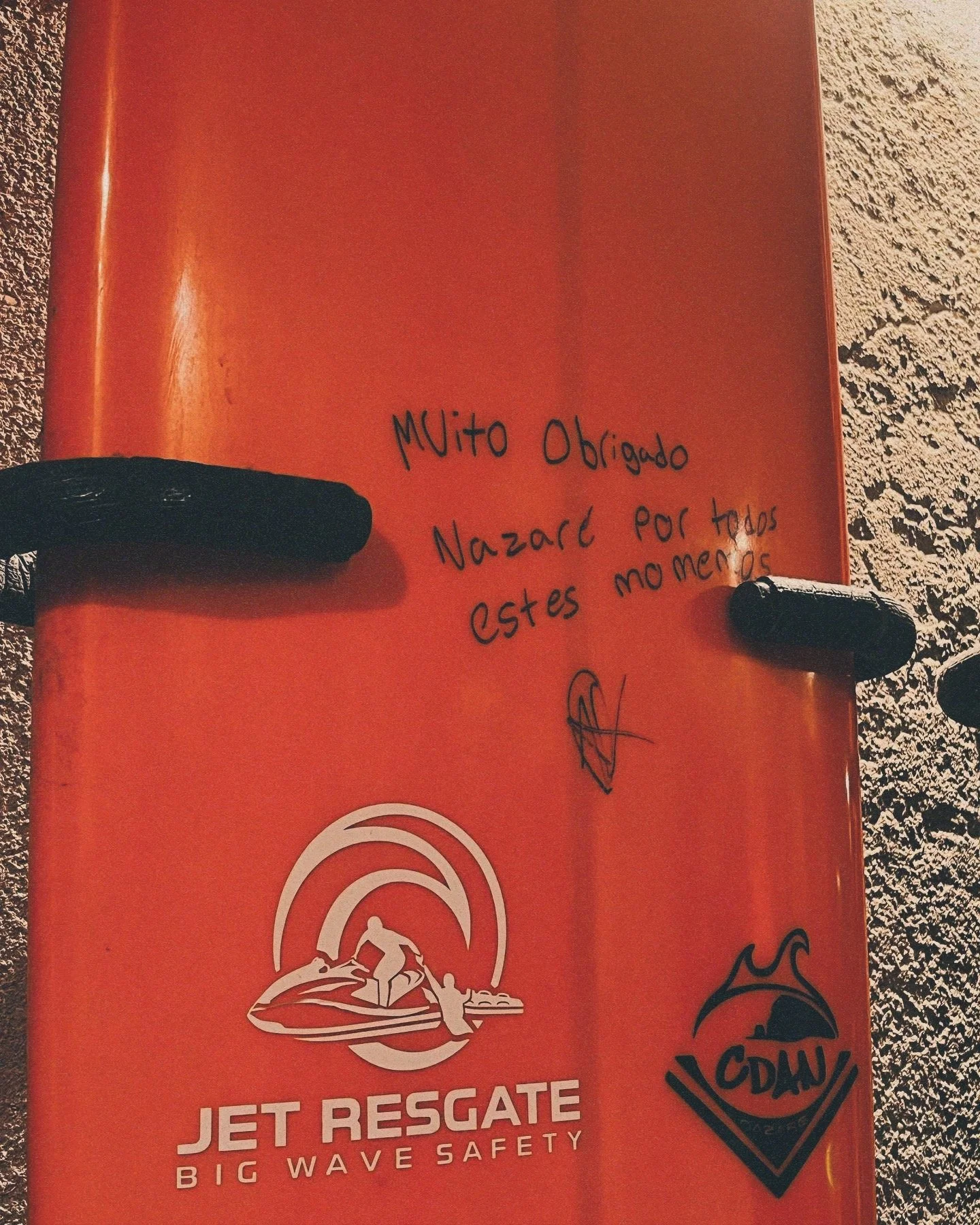
A surfer's note in Nazaré, Portugal.
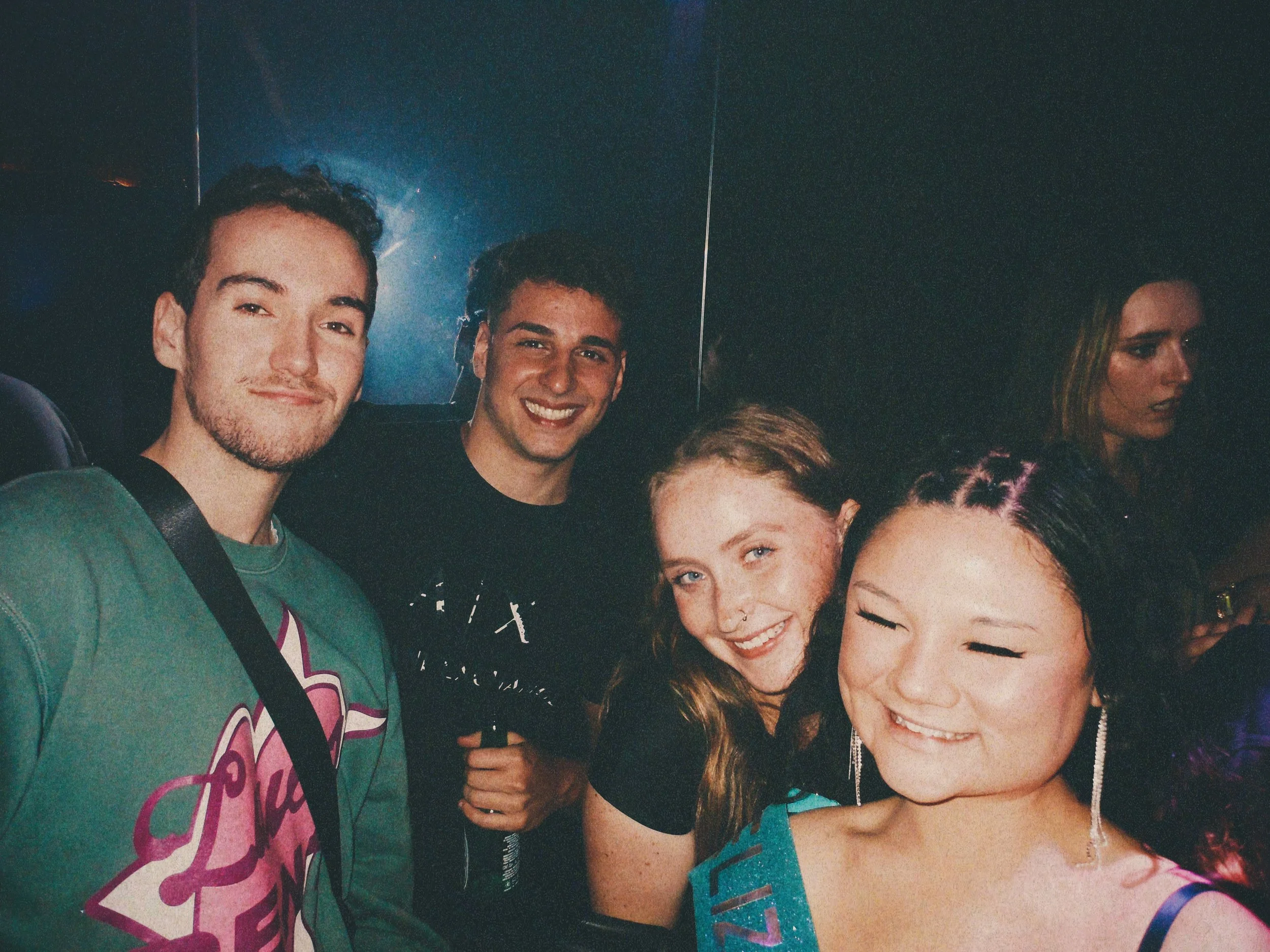
In Madrid, Spain for Cat's 23rd birthday.
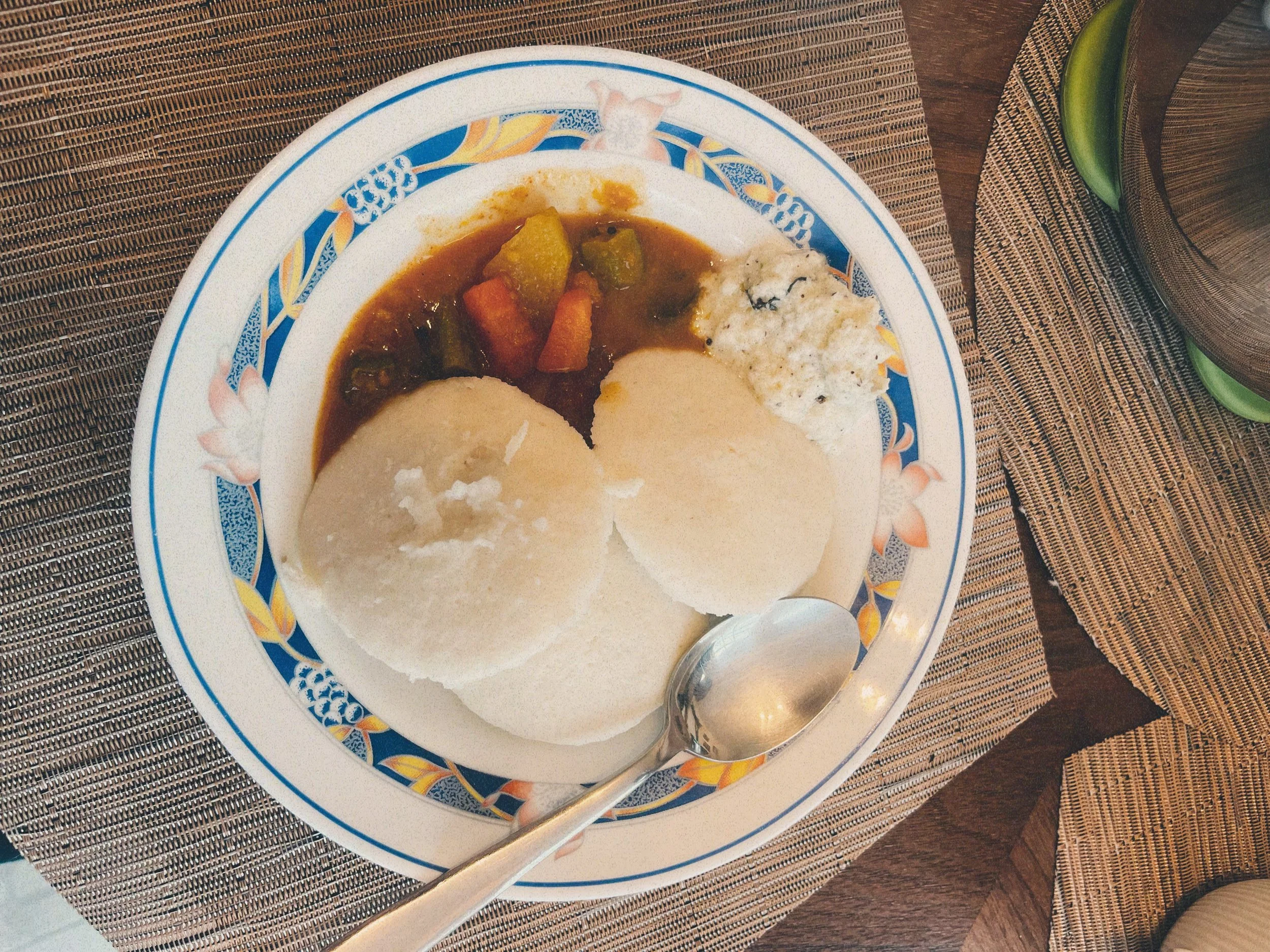
My aunt and uncle fed me a lot food while I stayed with them in London. Idli and sambar cured my homesickness.
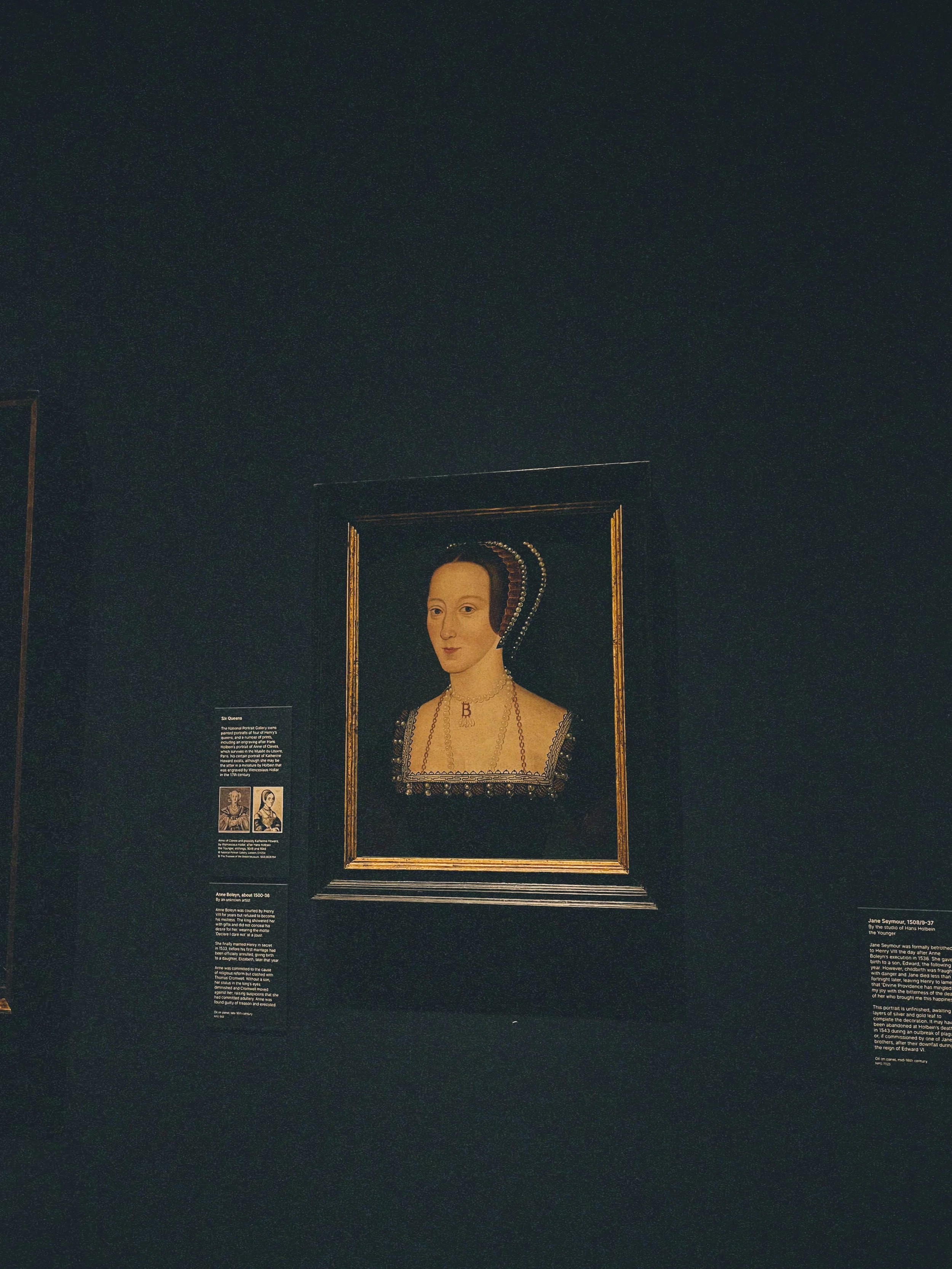
Portrait of Queen Anne Boleyn in London, UK. She was sentenced to death by her husband and on May 19, 1563, she was beheaded.
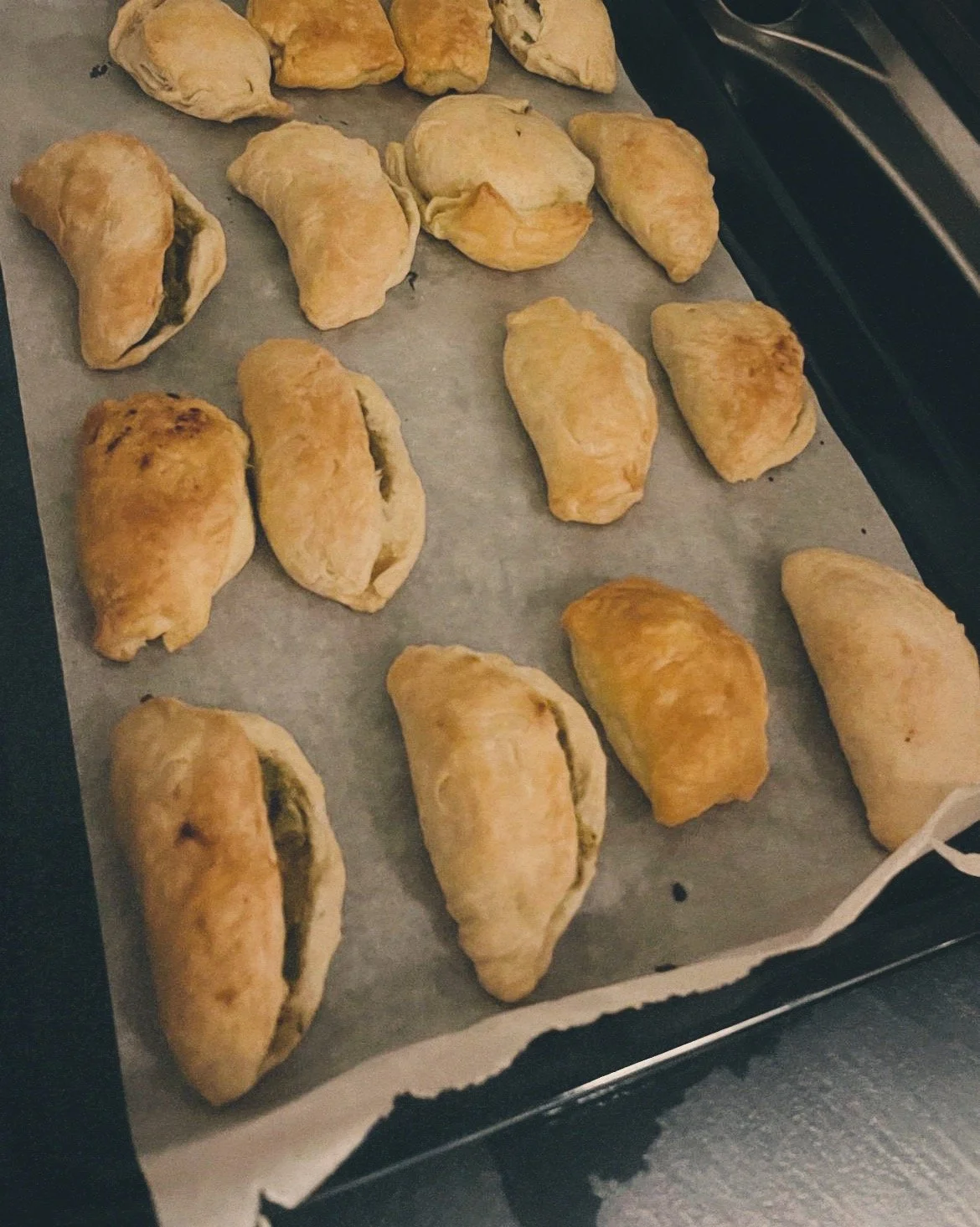
Aleah, Alyssa, and I attempted to make vegan pastizzi. We failed.
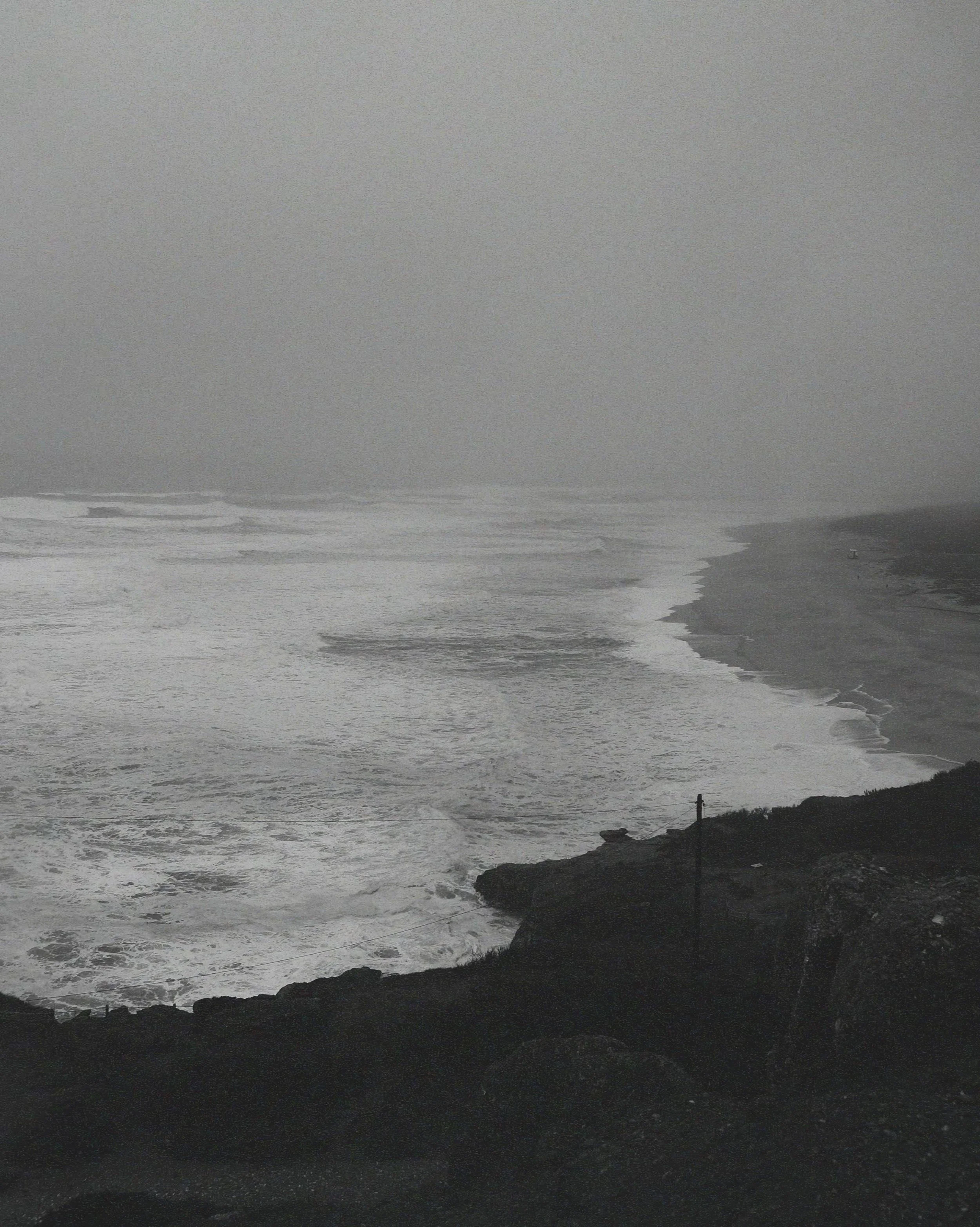
Despite teaching for a long time in Philadelphia, I often found it difficult to adapt to the teaching styles in Malta and to figure out how to best support my teachers. However, as the winter season began, I started to get the hang of teaching—not only with secondary students, but also with university students.
I also realized that I didn’t want my time in Malta to just be about observing or studying the migrant experience from a distance. I wanted to be part of it in a more active, engaged way. That’s what led me to the Platform for Migration at the University of Malta.
Joining the platform gave me the chance to listen more closely, to contribute where I could, and to better understand the realities of migration in Malta through real conversations.
Nazaré, Portugal
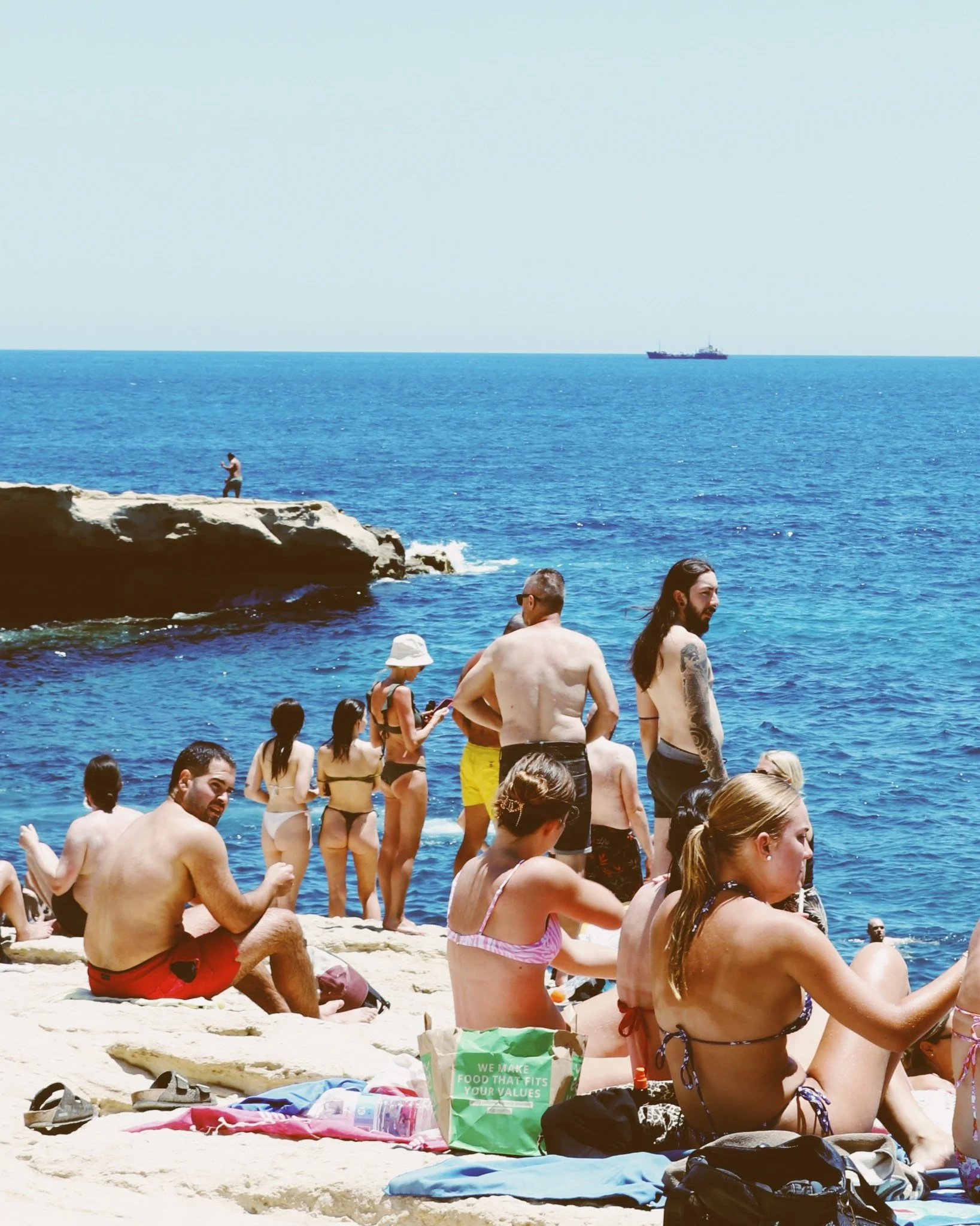
spring
St Peter’s Pool, Malta
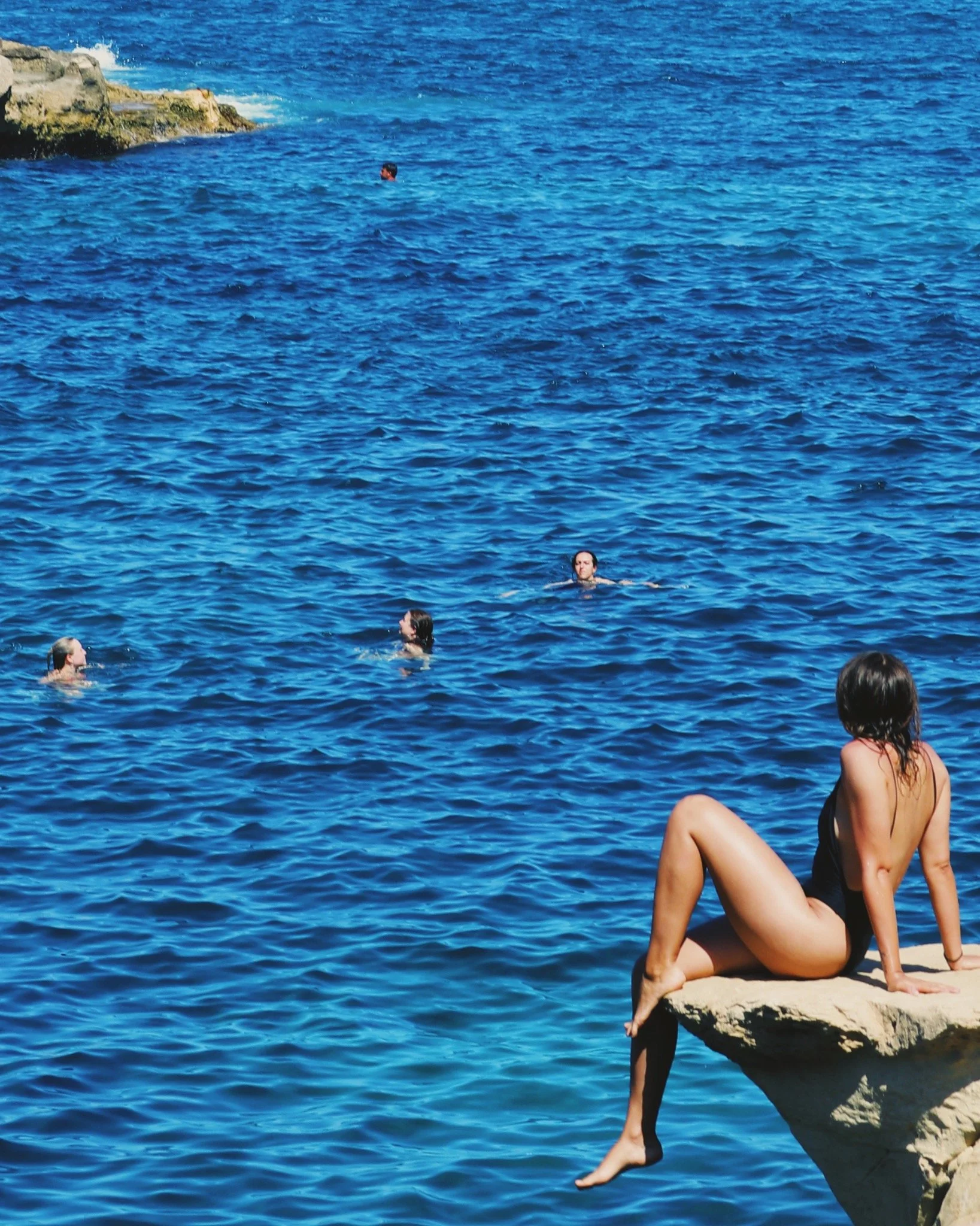
Alyssa on a cliff at St. Peter's Pool, Malta
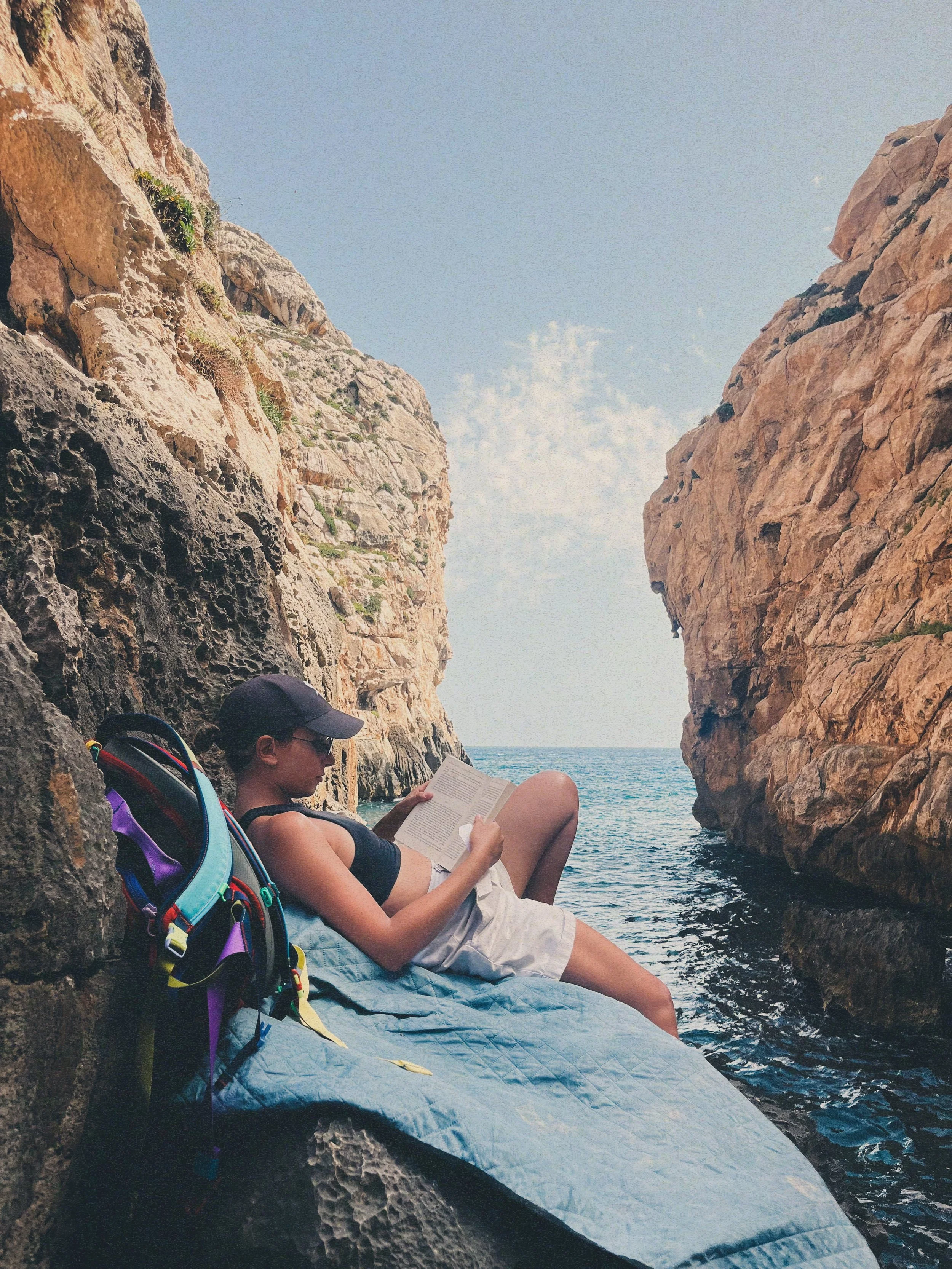
Alyssa at Wied Babu, Żurrieq, Malta.
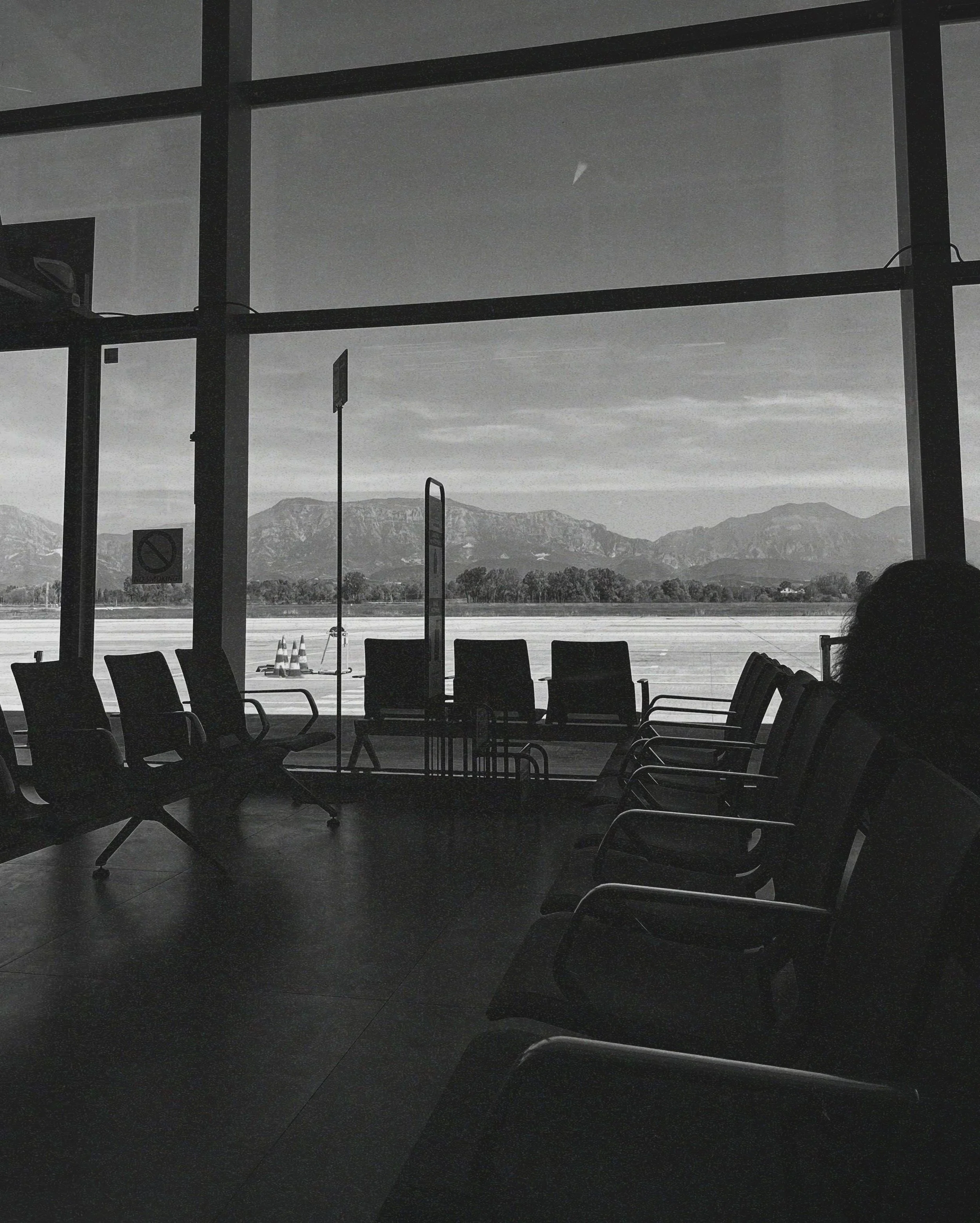
Tirana International Airport (Nënë Tereza) was one of my favorite airports—not because of the amenities but because of the view.
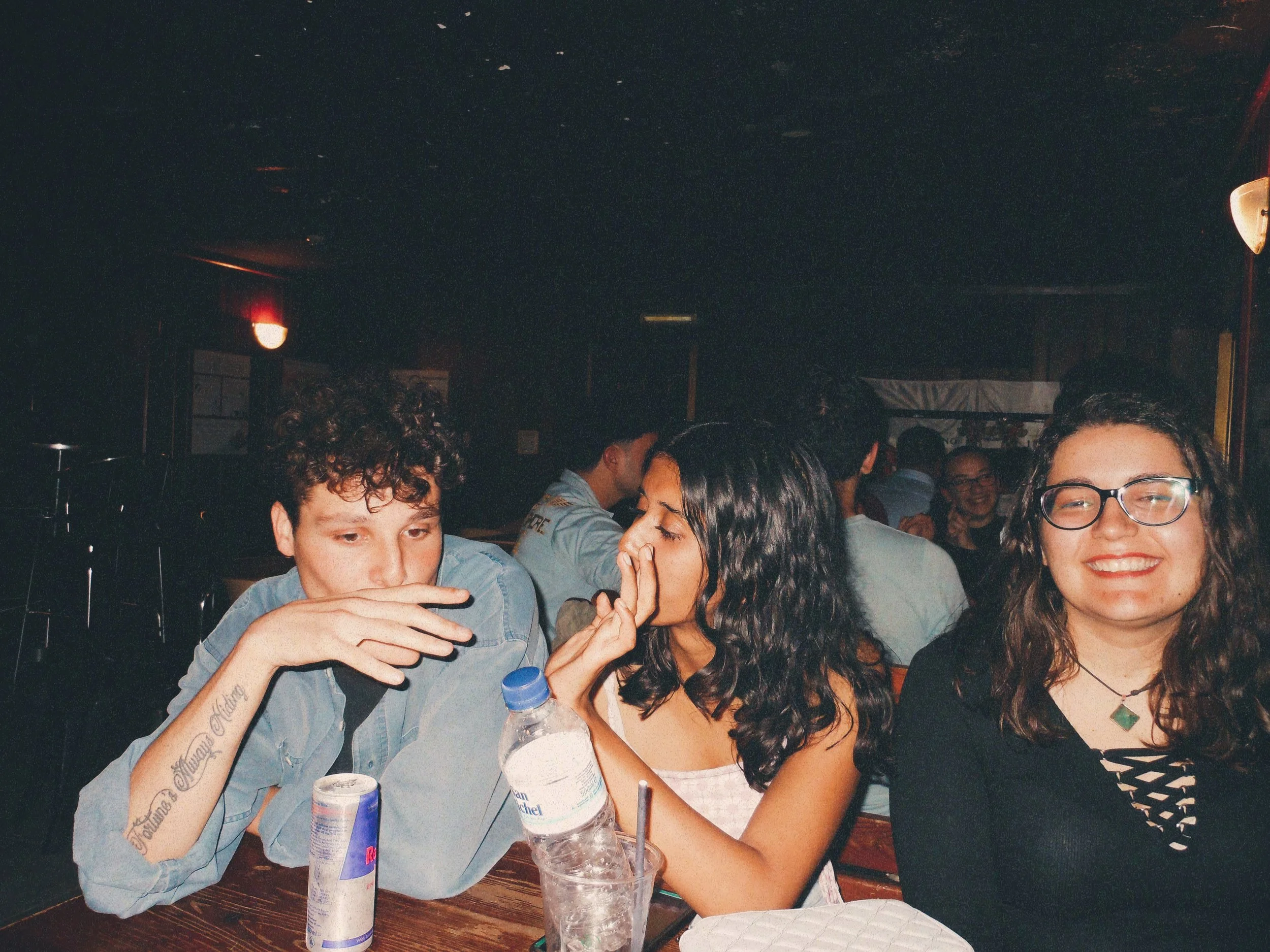
Stephen, Shalaka, and Fran at boozy bingo night— a favorite passtime for young people in Malta.
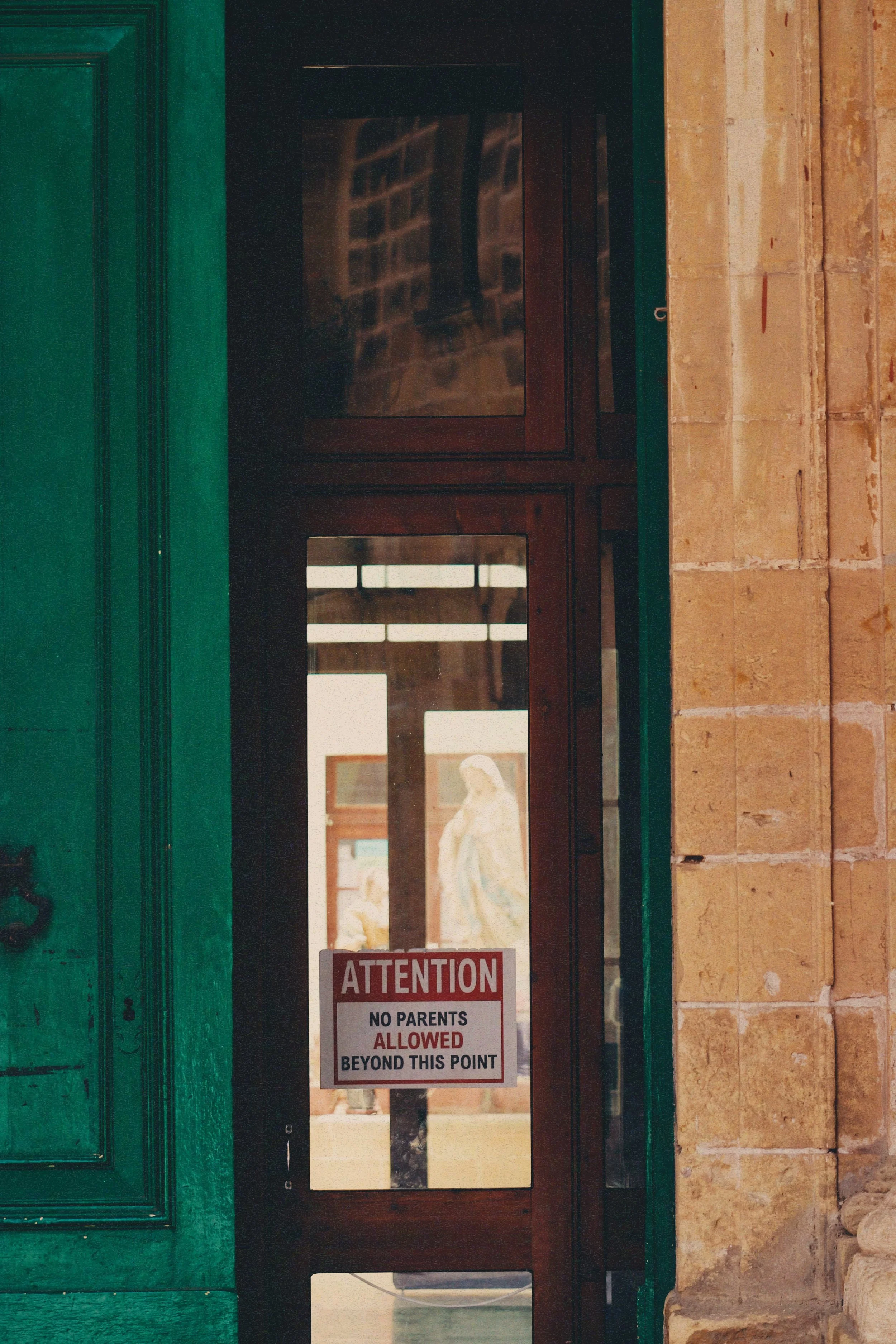
If you look closely, you can see a statue of Mother Mary. Gozo, Malta.
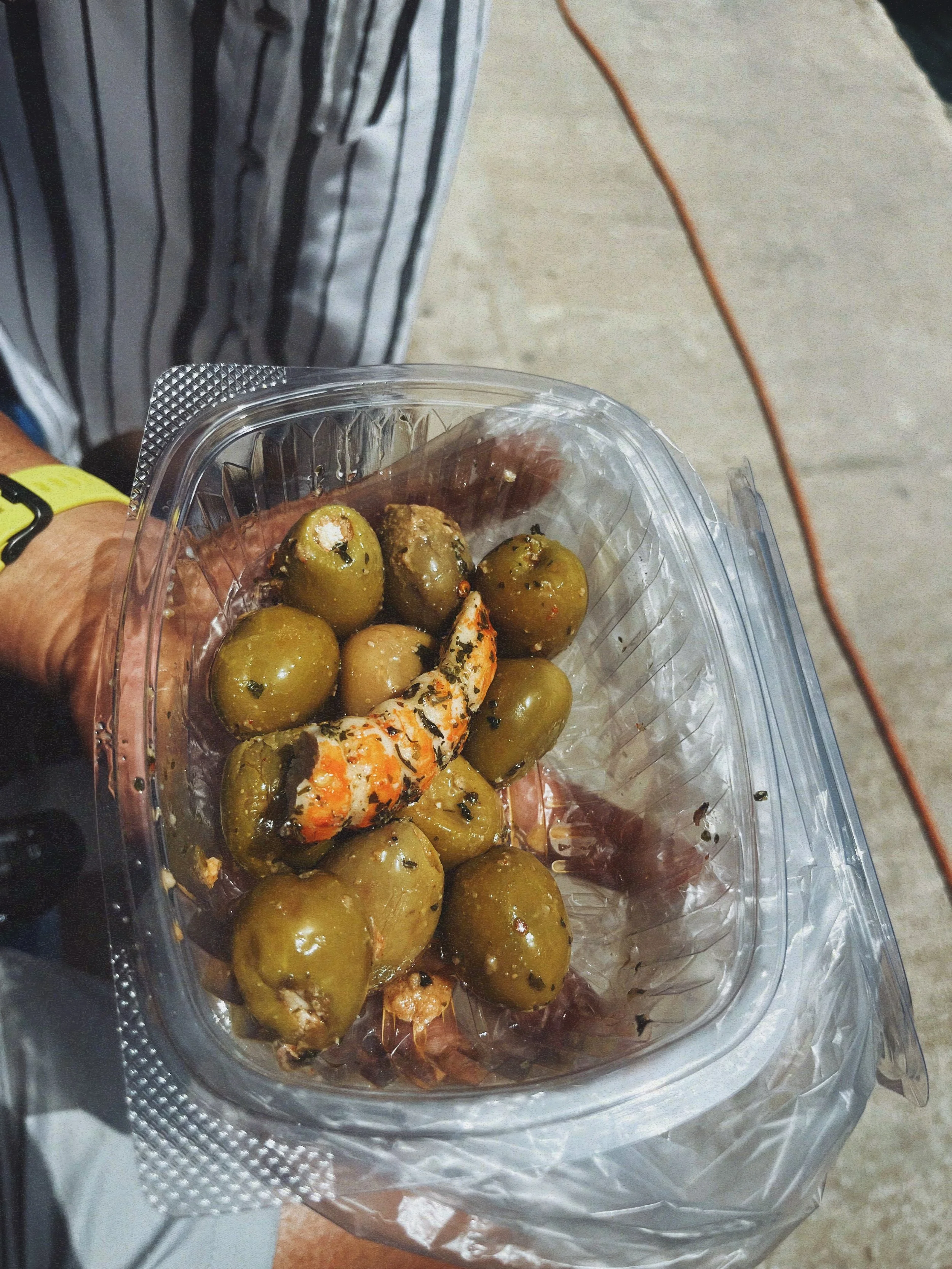
Stuffed olives and shrimp from a vendor at the Sunday open market in Marsaxlokk, Malta. Marsa means port and xlokk means south-east.
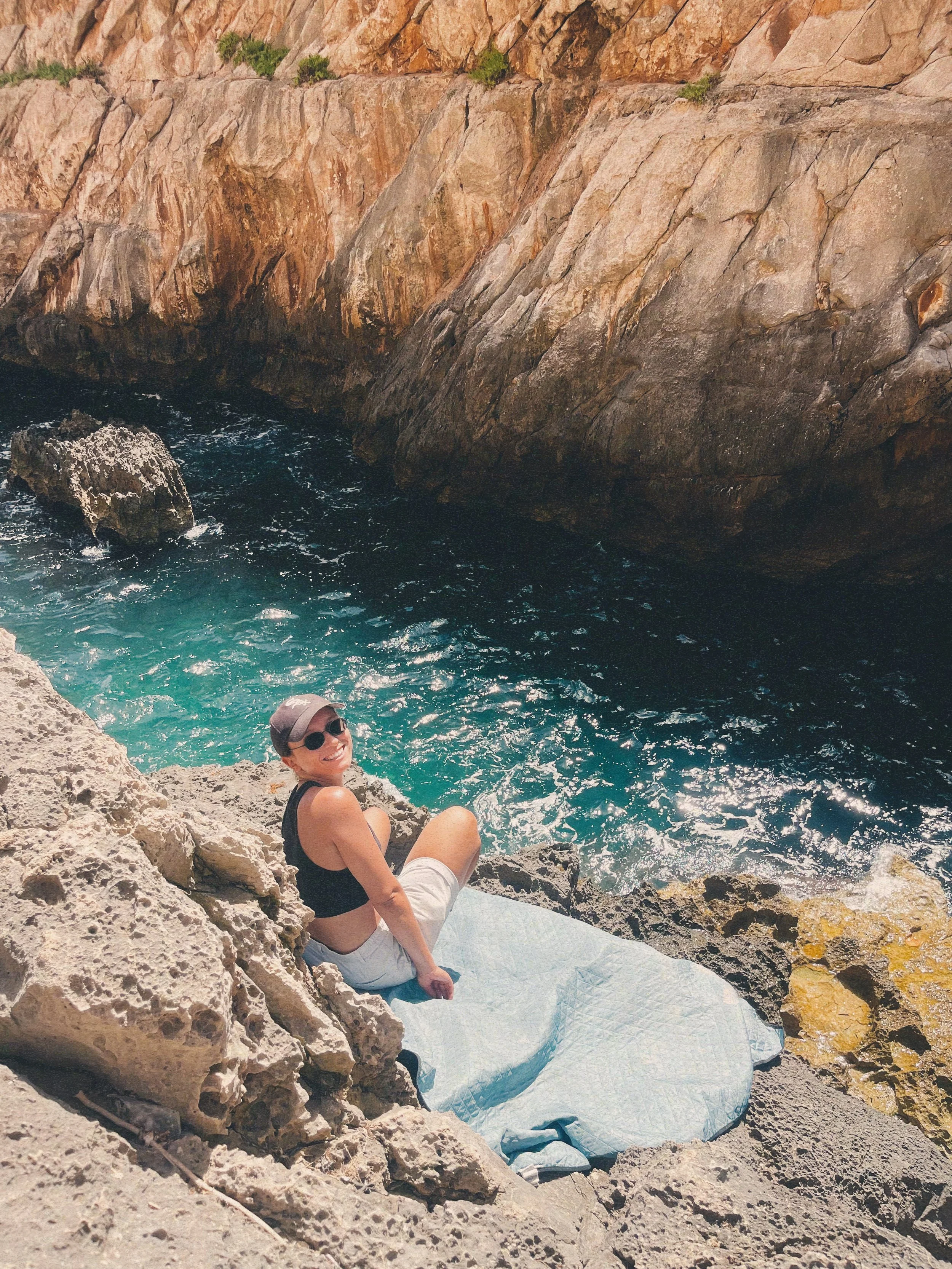
Alyssa at Wied Babu, Żurrieq, Malta.
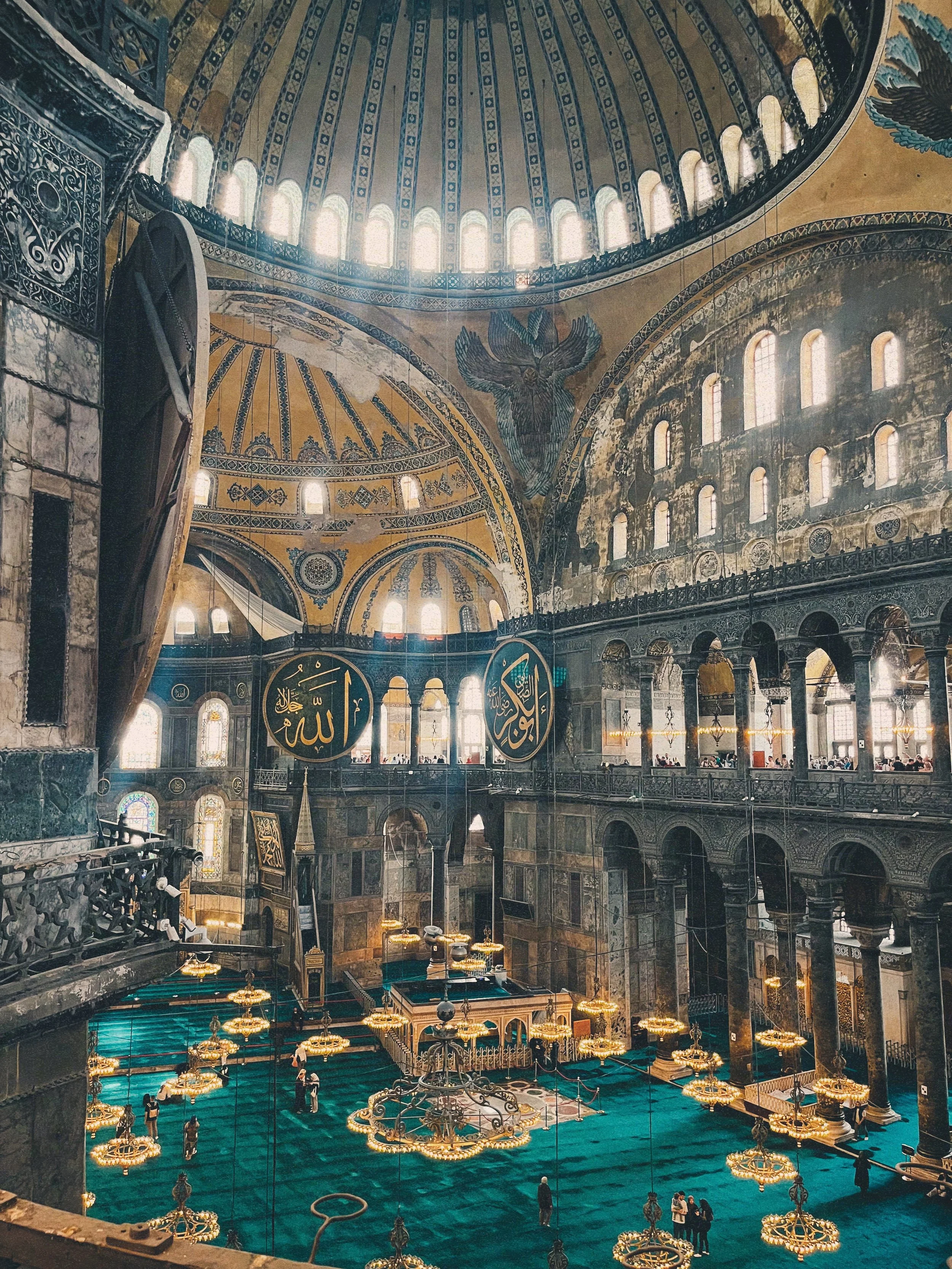
Hagia Sophia Mosque, Instanbul, Türkiye.
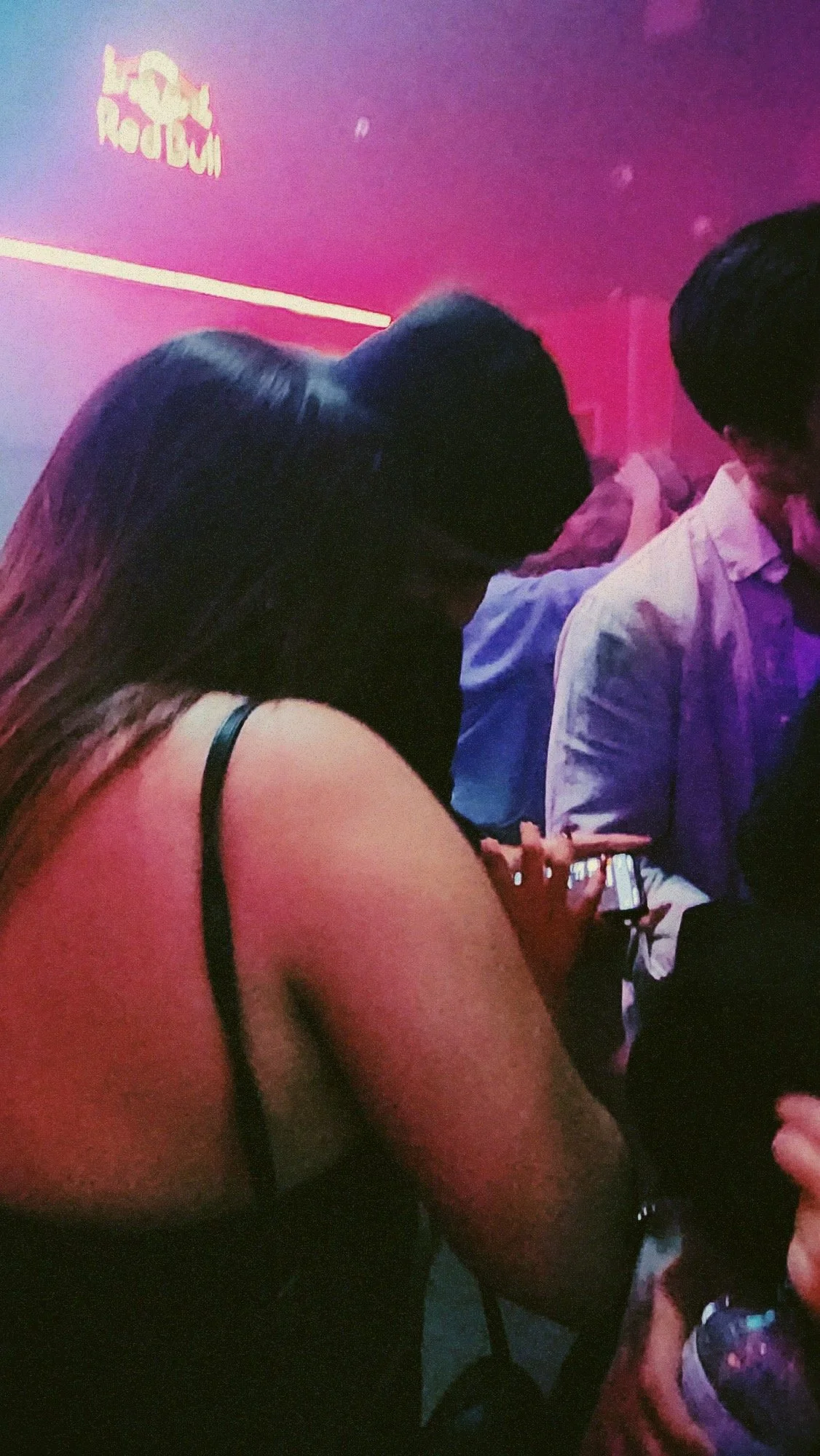
Shot by Shalaka. One of the artists I picked up while in Malta was Samara, a Tunisian rapper. Here is a guy showing me his Samara playlist.
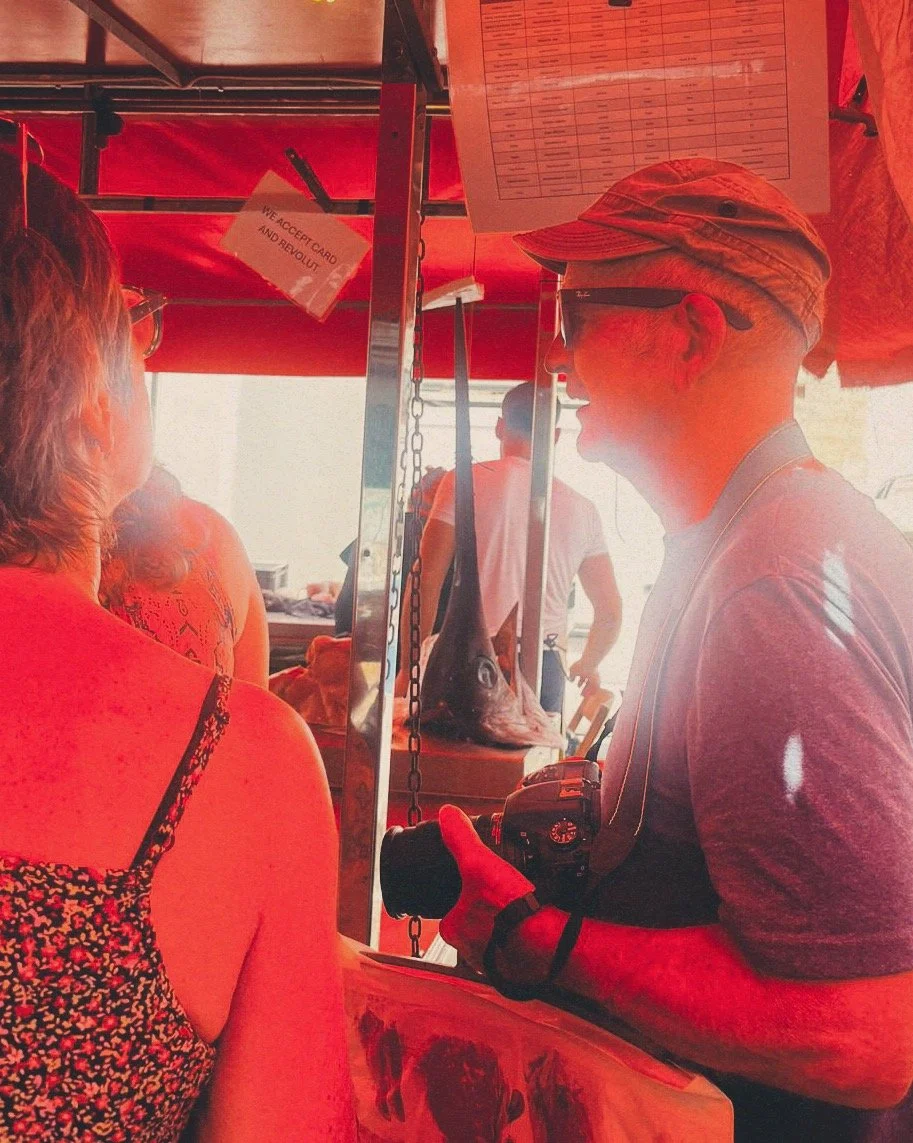
huuuuuge fish head at the market in Marsaxlokk, Malta.
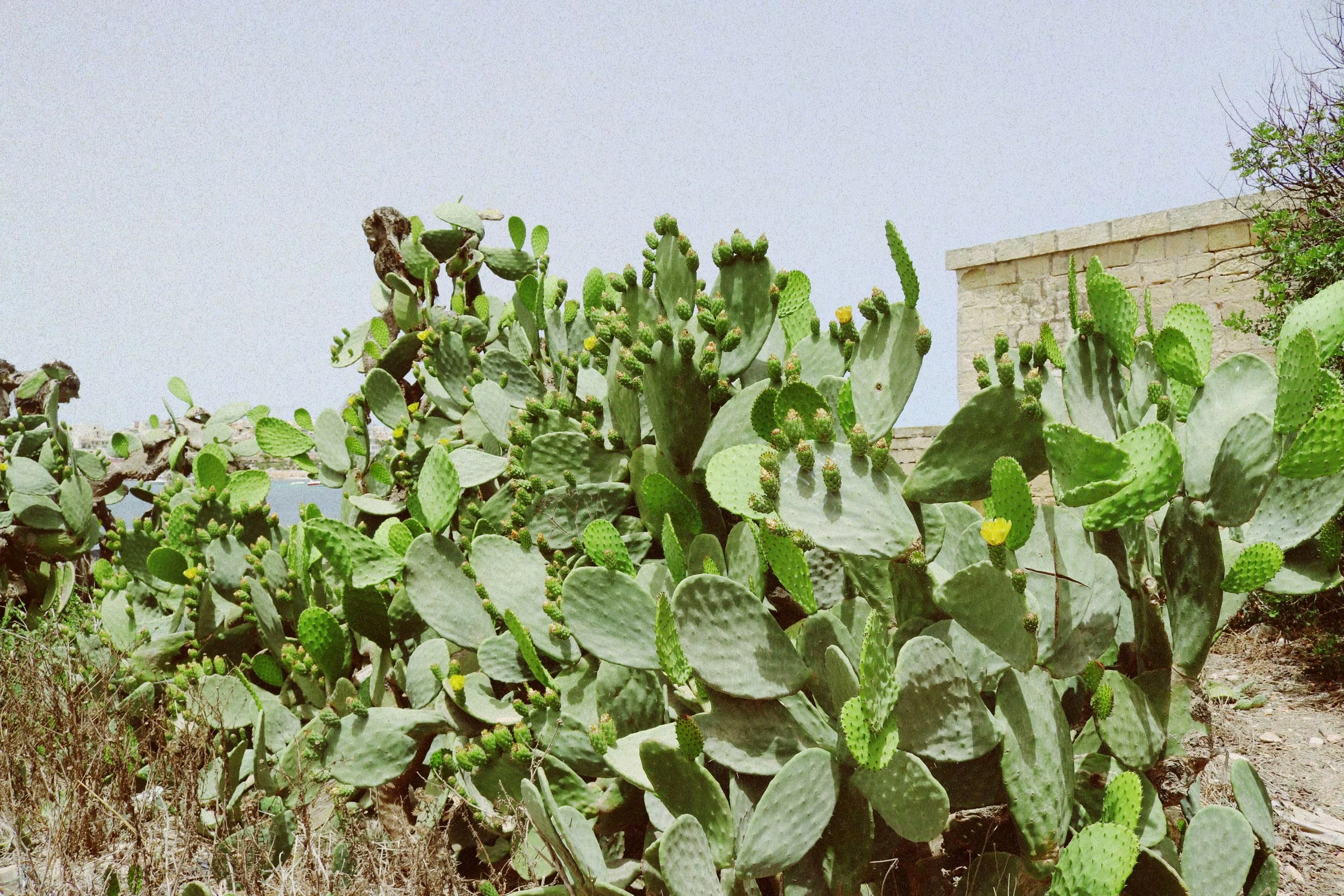
Opuntia, also called the prickly pear cactus, in Malta.
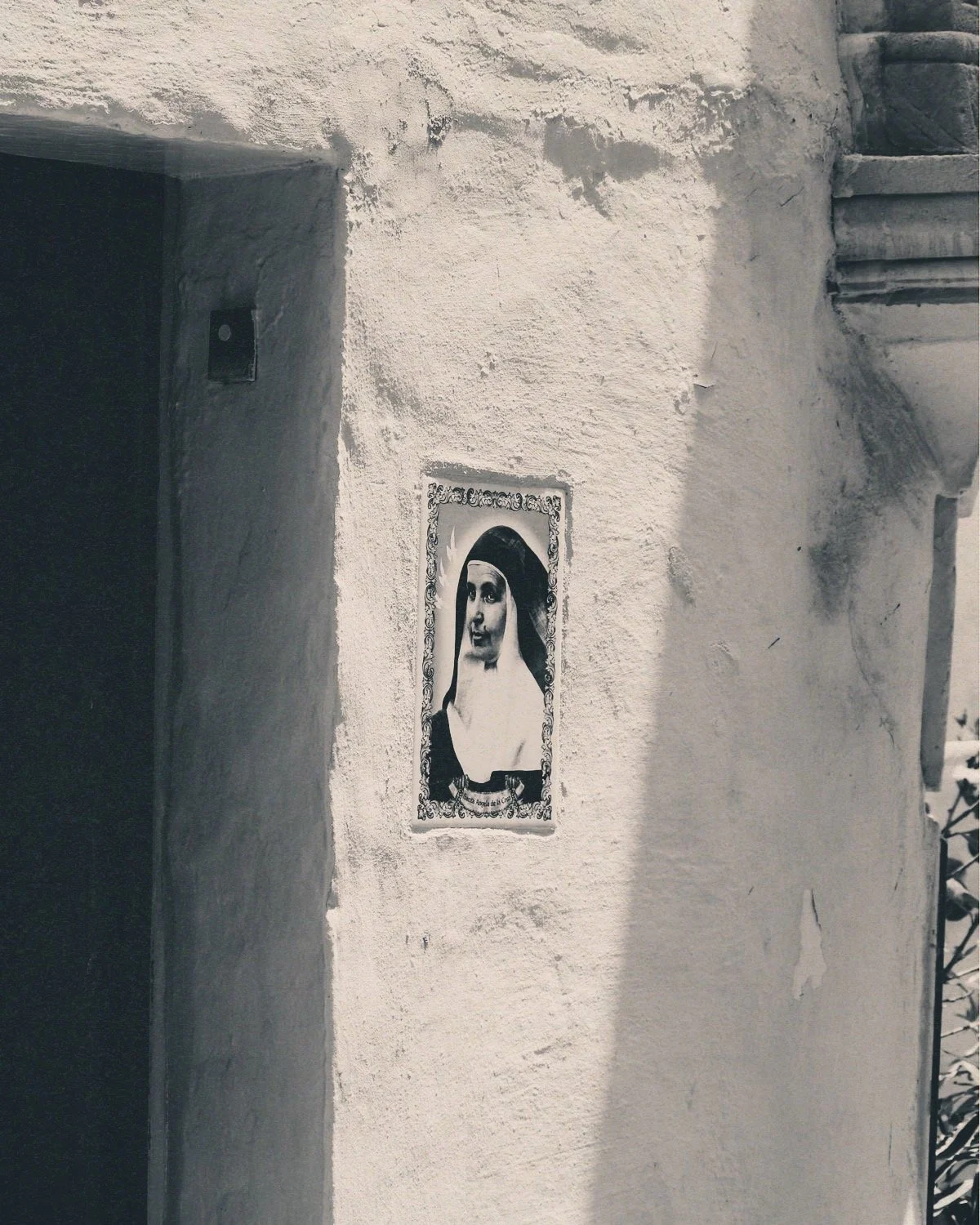
Catholic image on a house in Gozo, Malta.
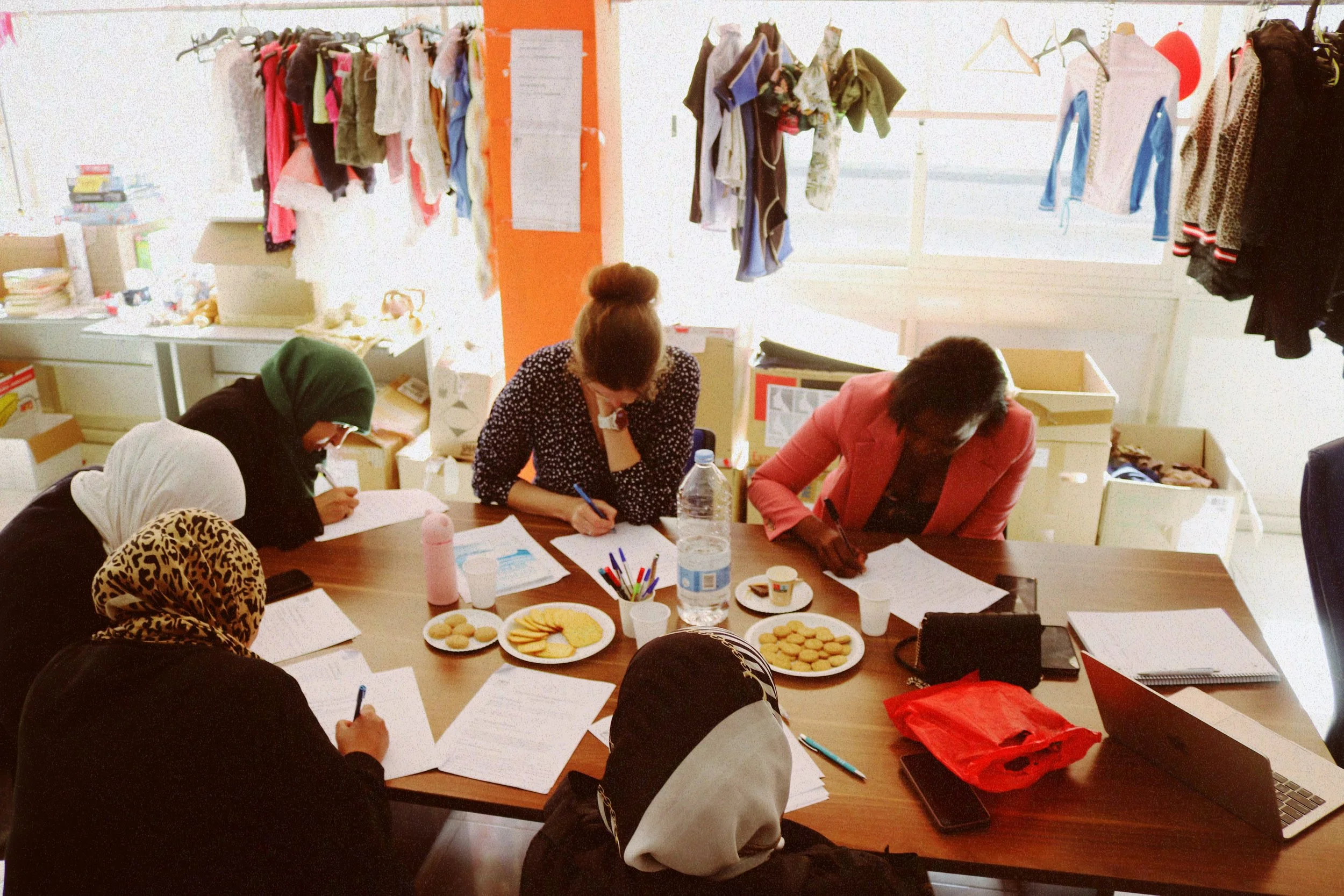
Started my english classes for Migrant Women Association in Malta.
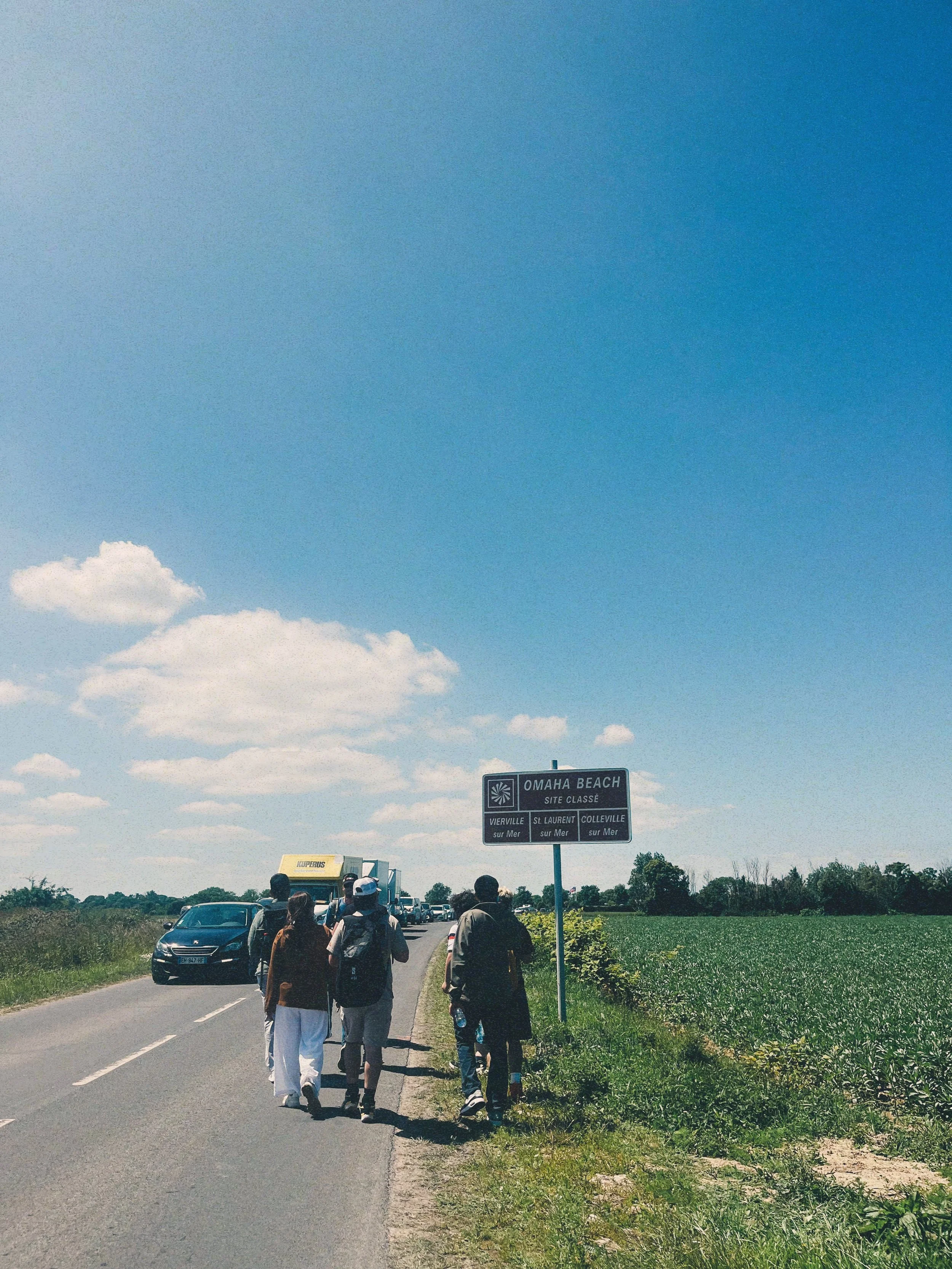
Stranded in Normany, France during the 80th anniversary of D-Day.
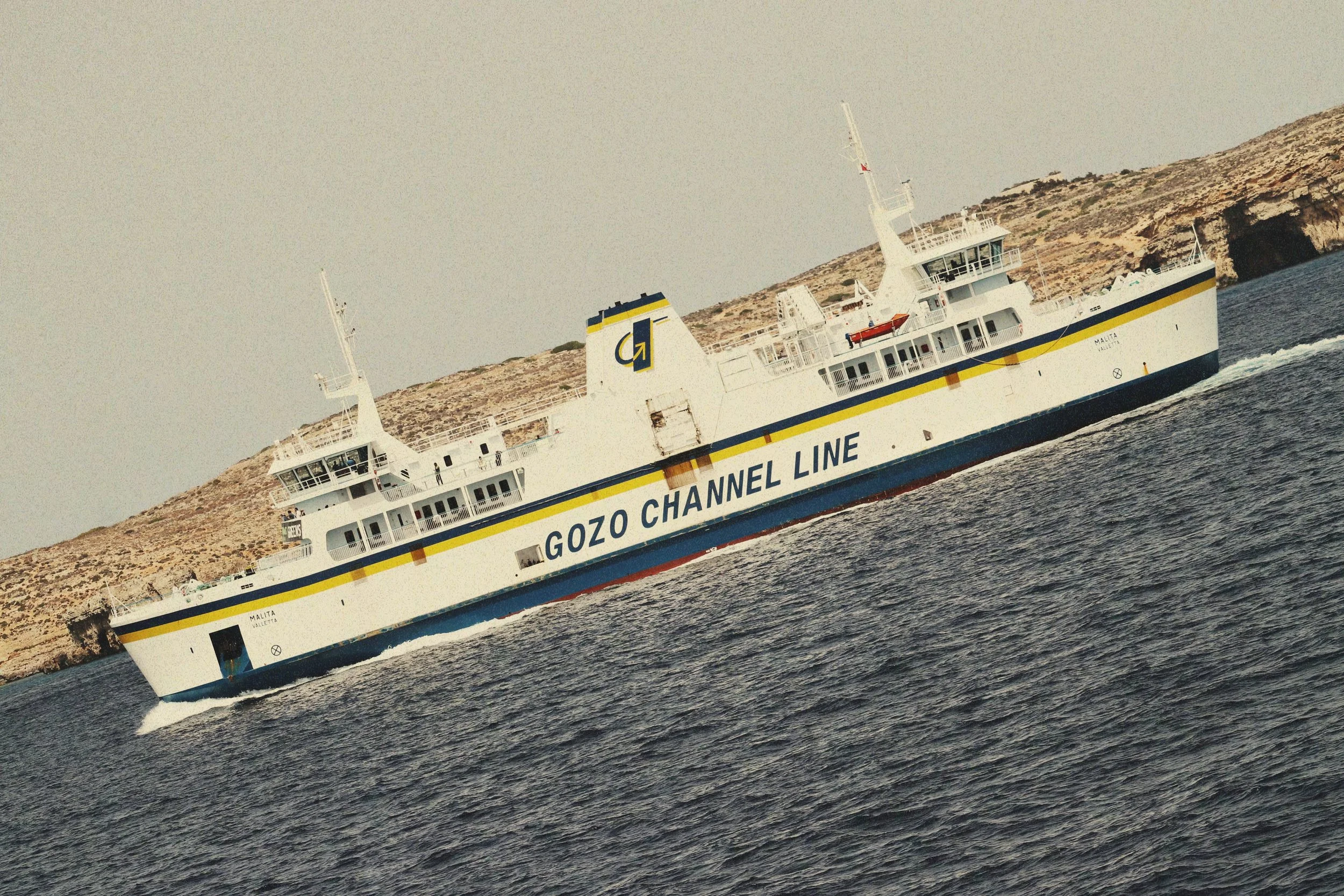
The ferry used to go from Gozo (an island in the Maltese archipelago) to Malta, vice versa. Shot by my dad.
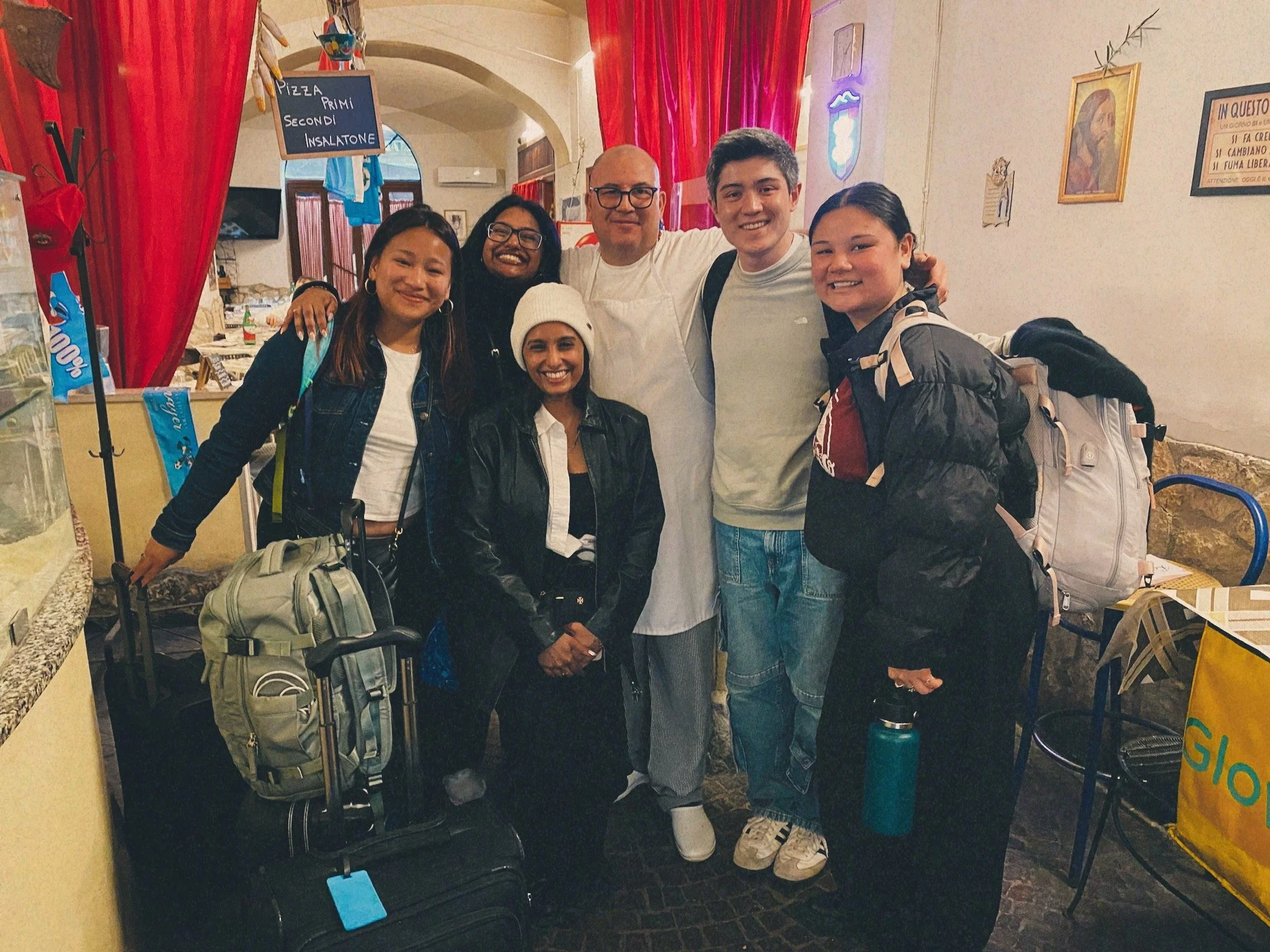
My friends from America and a nice Italian man in his restaurant in Naples, Italy.
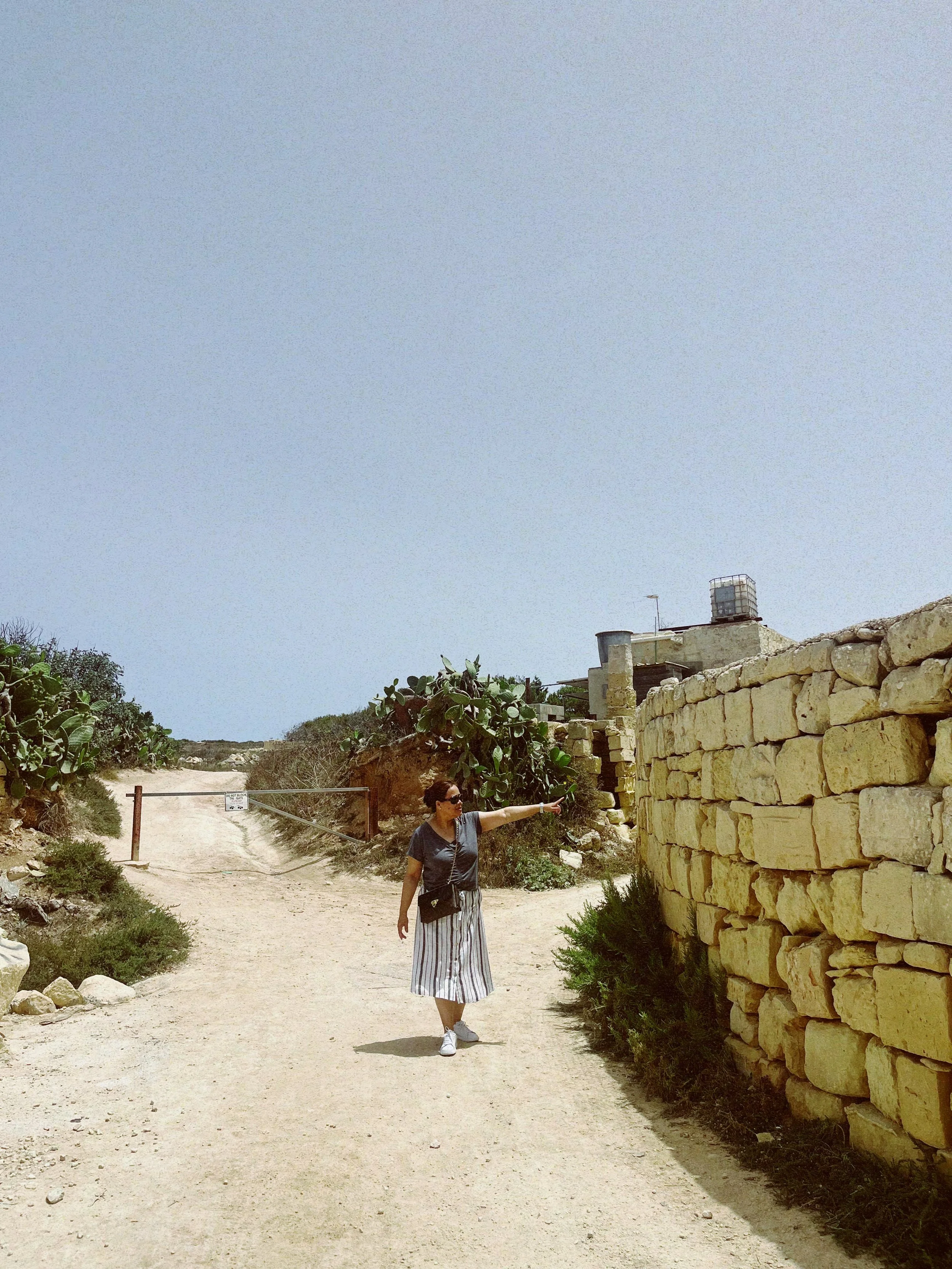
My mom was amazed by the stone walls all over Malta's rural areas. She said it reminded her of India.
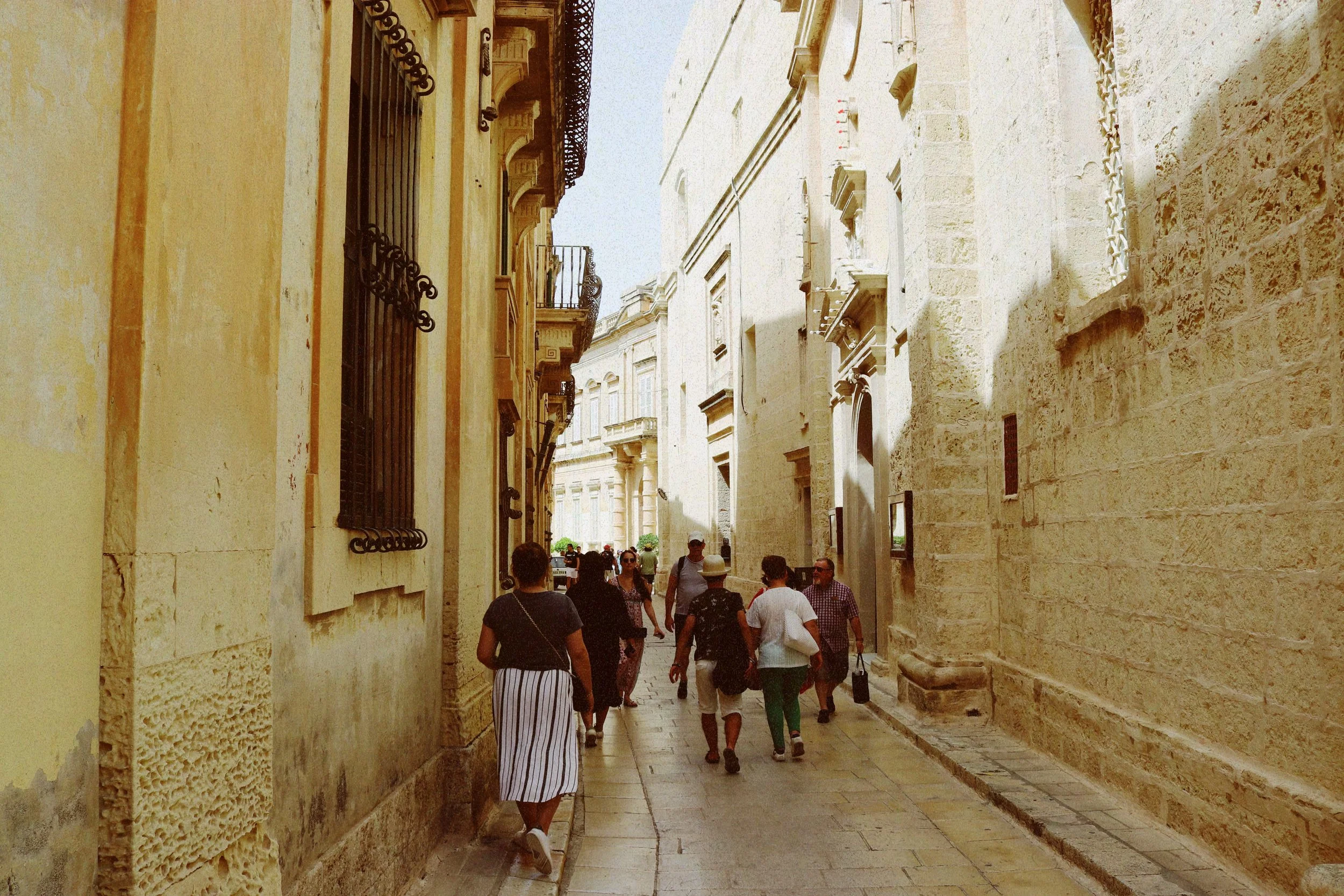
Walking the streets of Mdina, Malta.
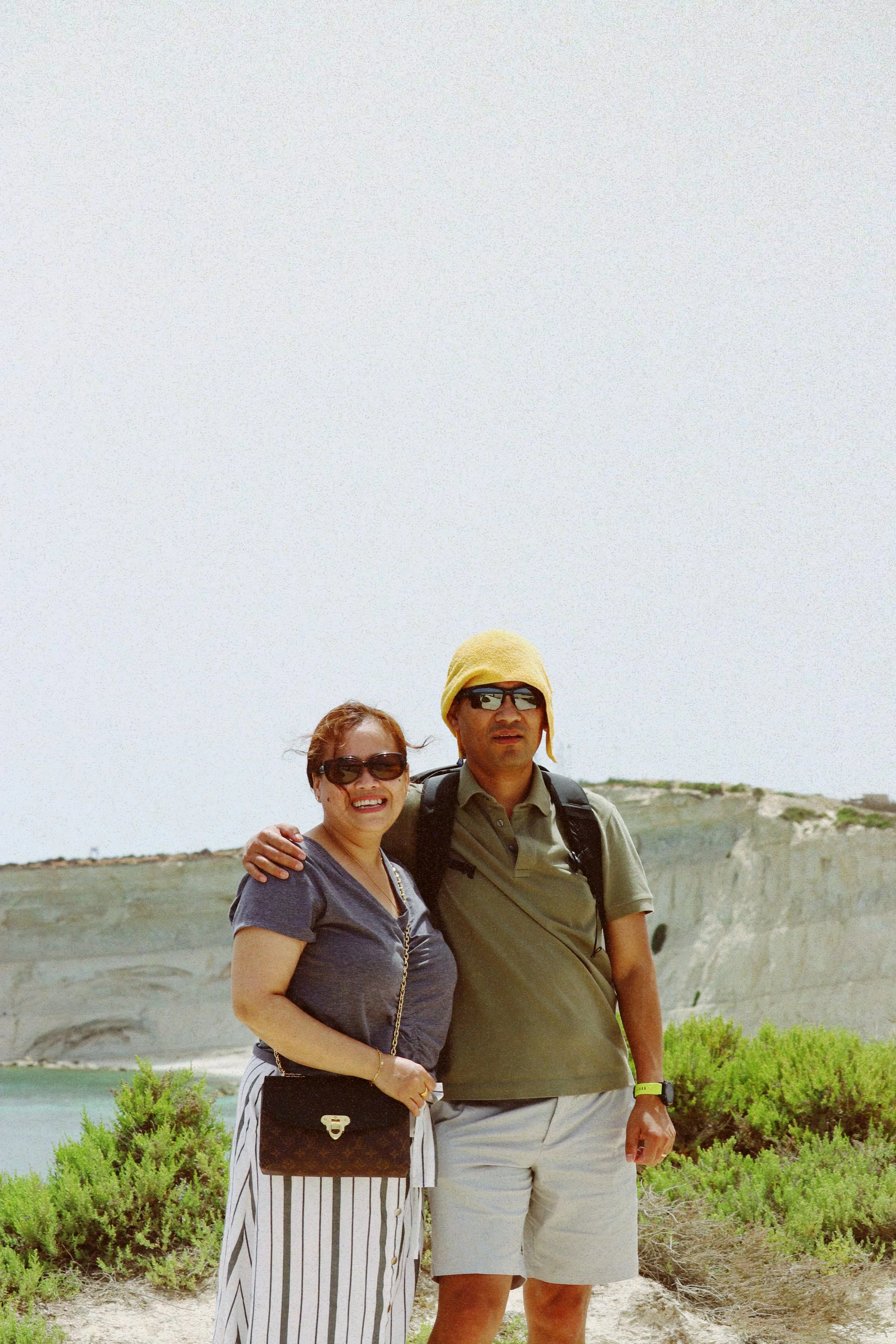
My mom and dad on Muxar Path, Malta. It was too hot for my dad, hence the towel-hat contraption.
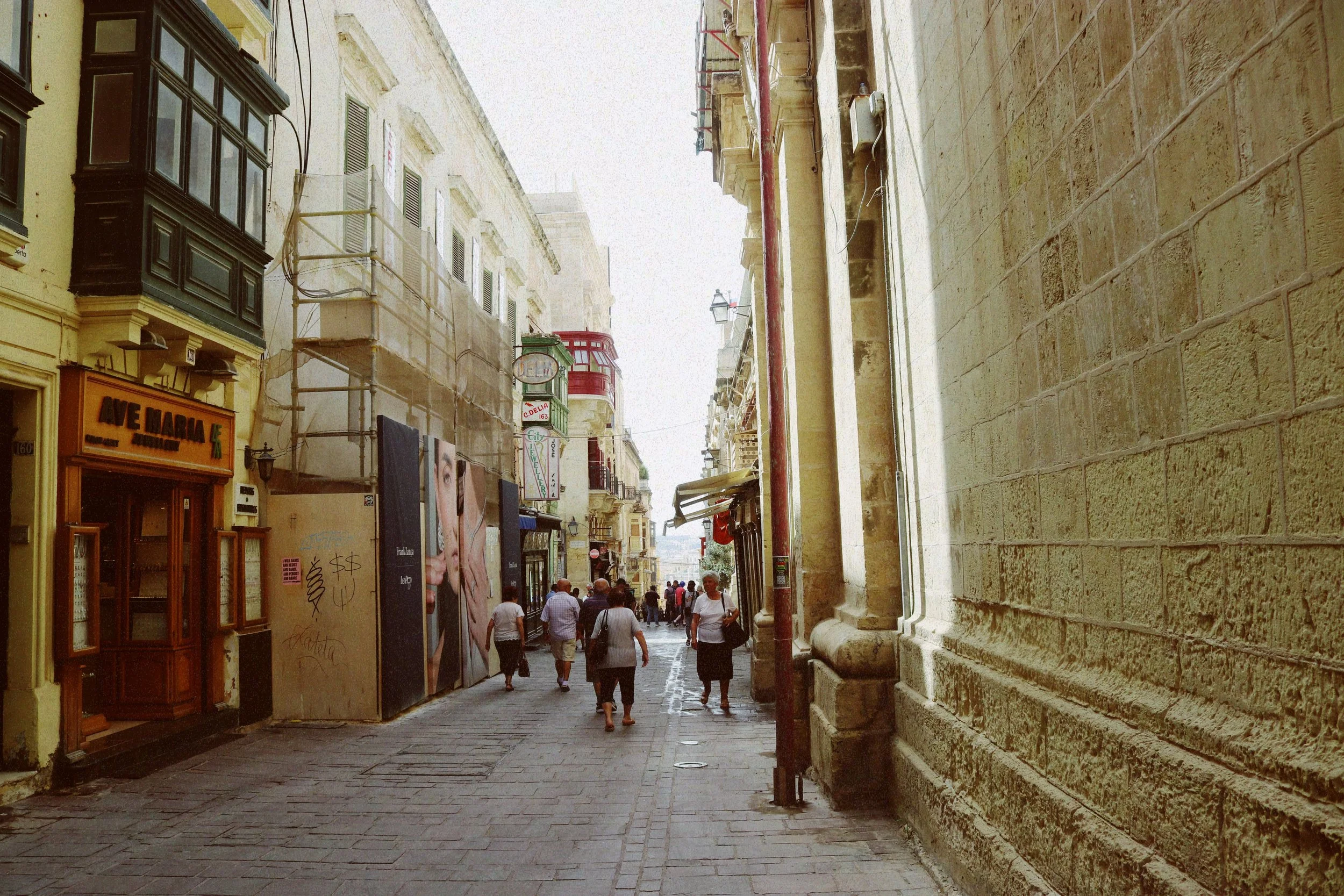
Valletta, Malta.
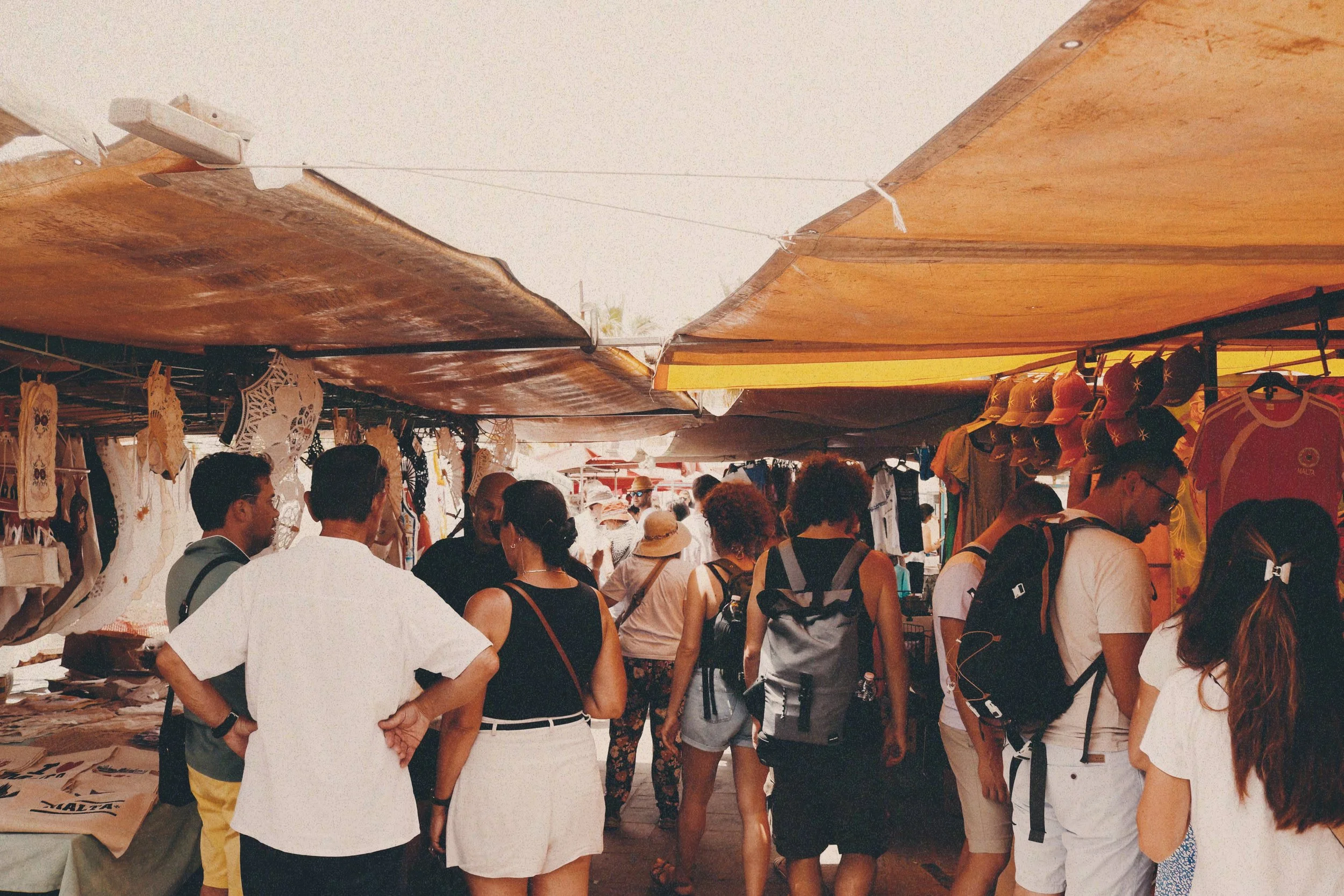
Sunday market in Marsaxlokk, Malta.
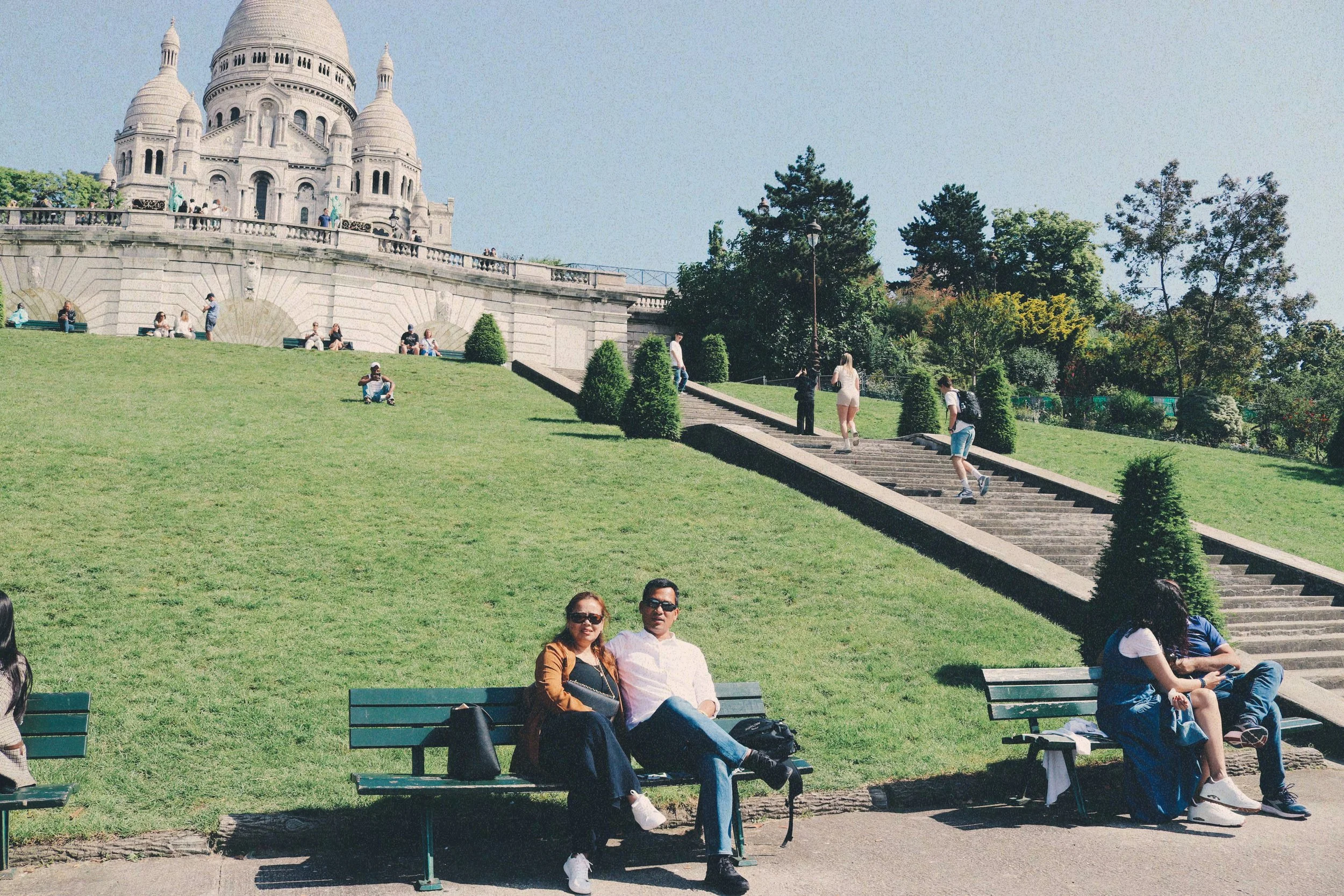
Mom and dad in Paris, France.
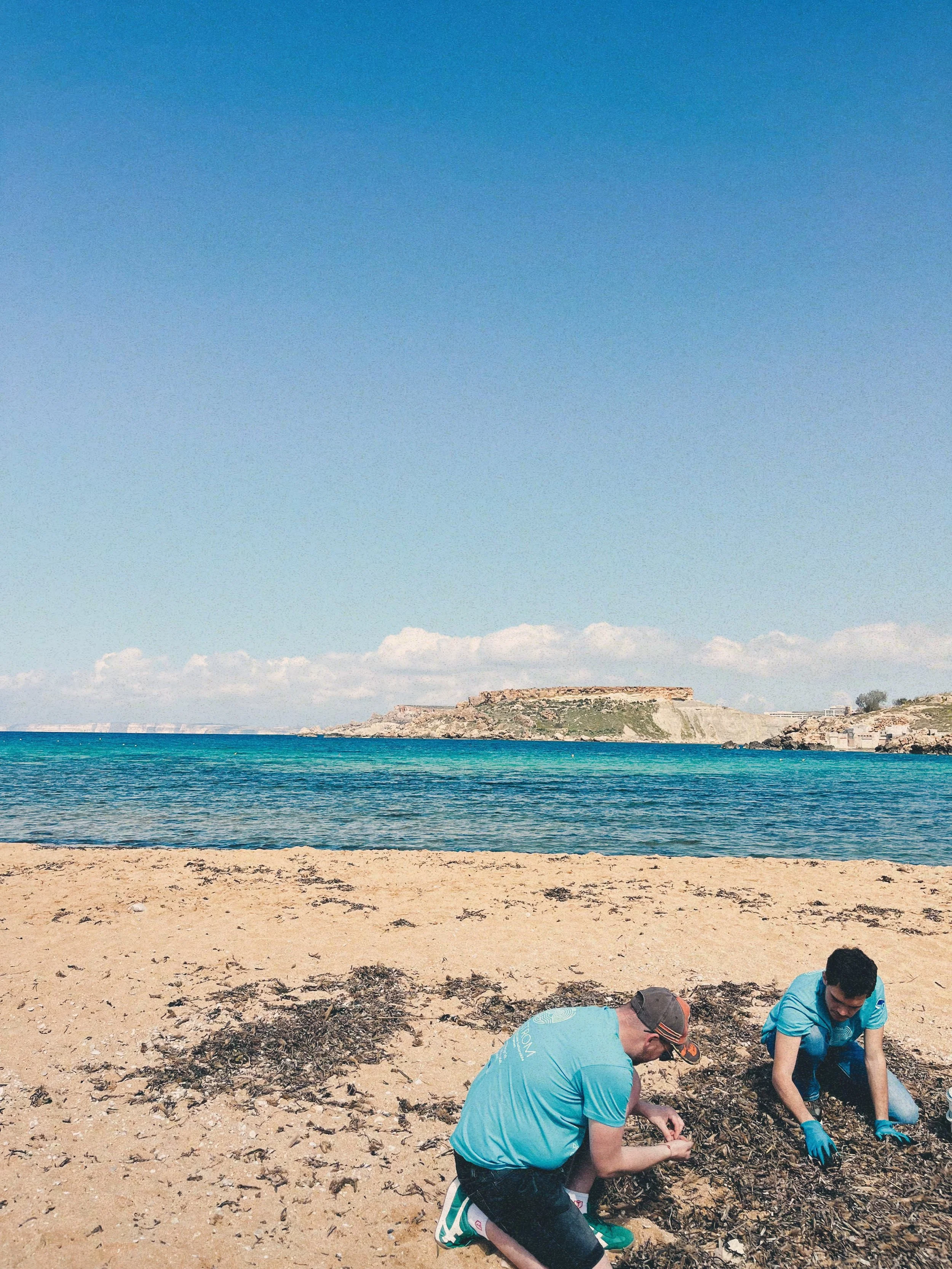
Beach clean up in Gnejna, Mġarr, Malta
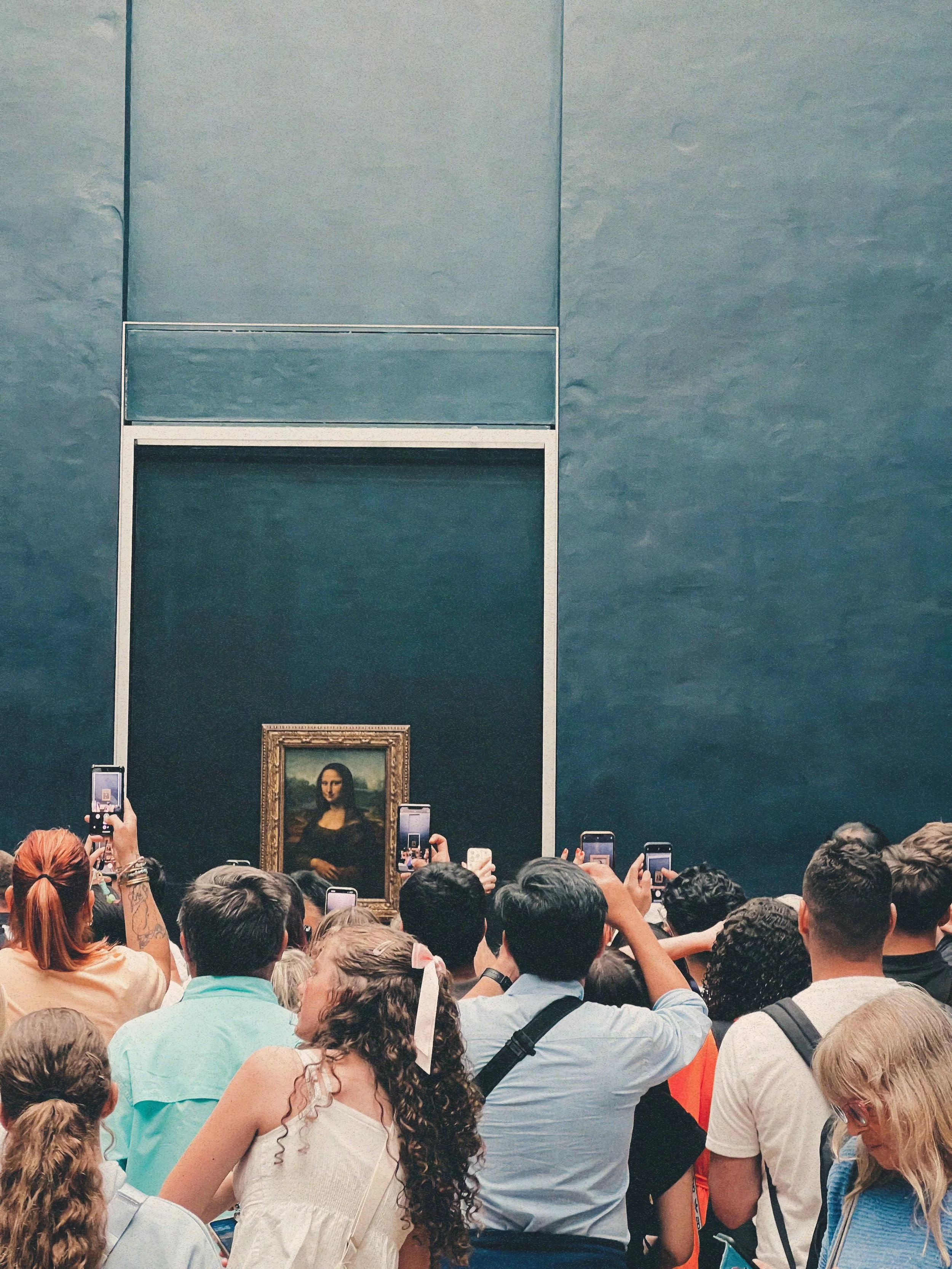
Me taking a picture of people taking a picture of Mona Lisa in Paris, France.
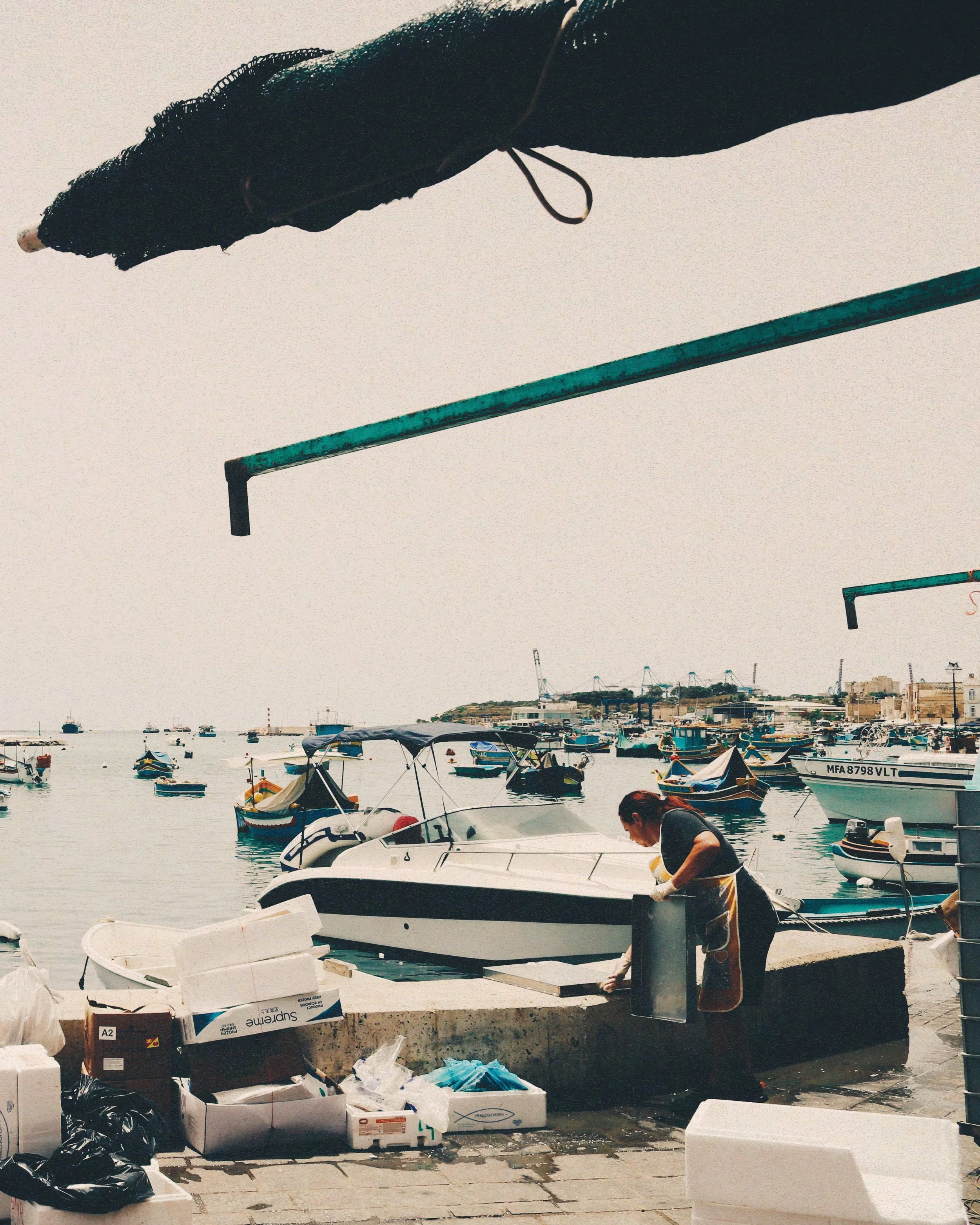
Fish vendor in Marsaxlokk, Malta.
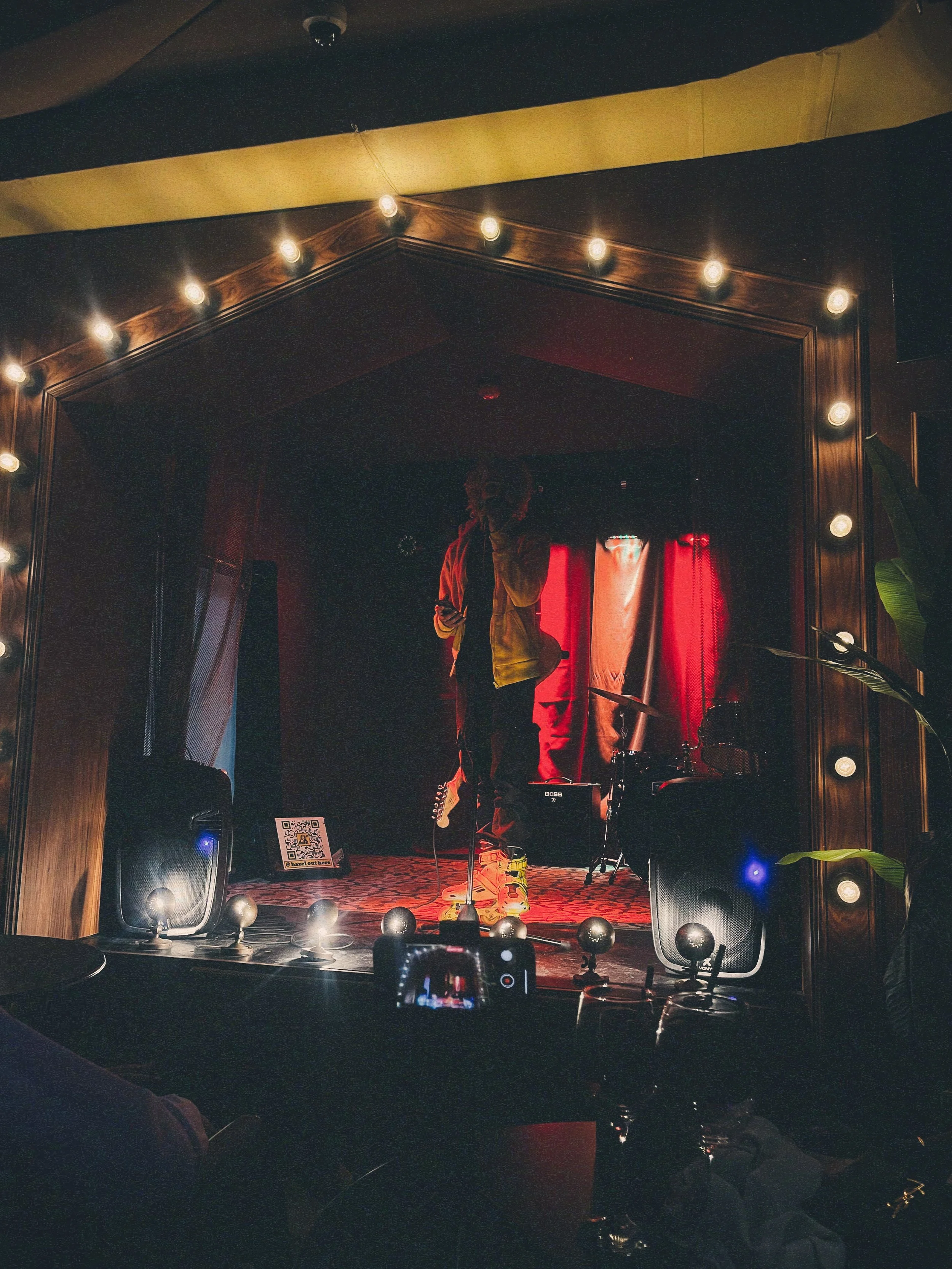
Wednesday stand-up comedy show in Valletta, Malta.
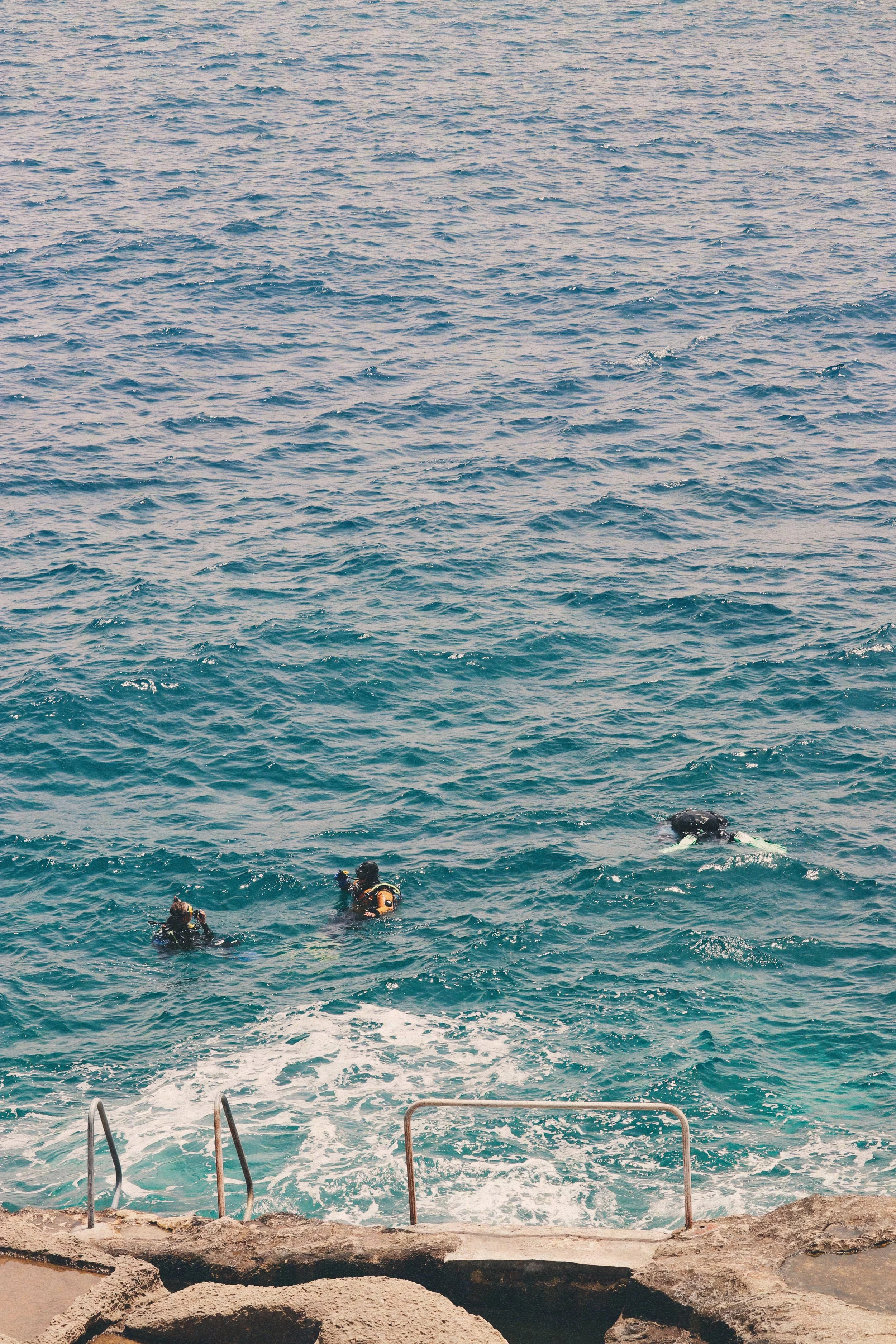
Divers in Gozo.
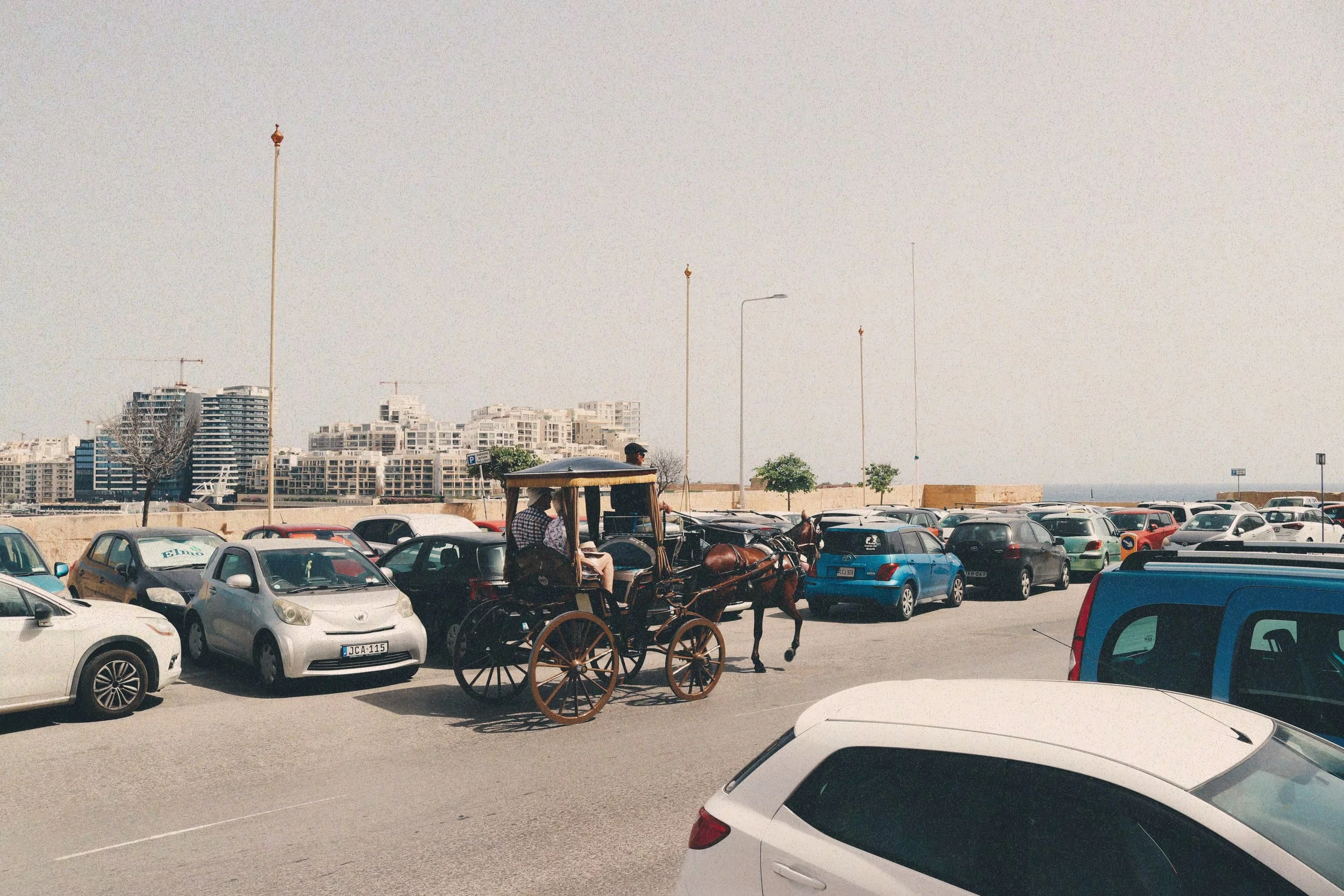
Valletta, Malta.
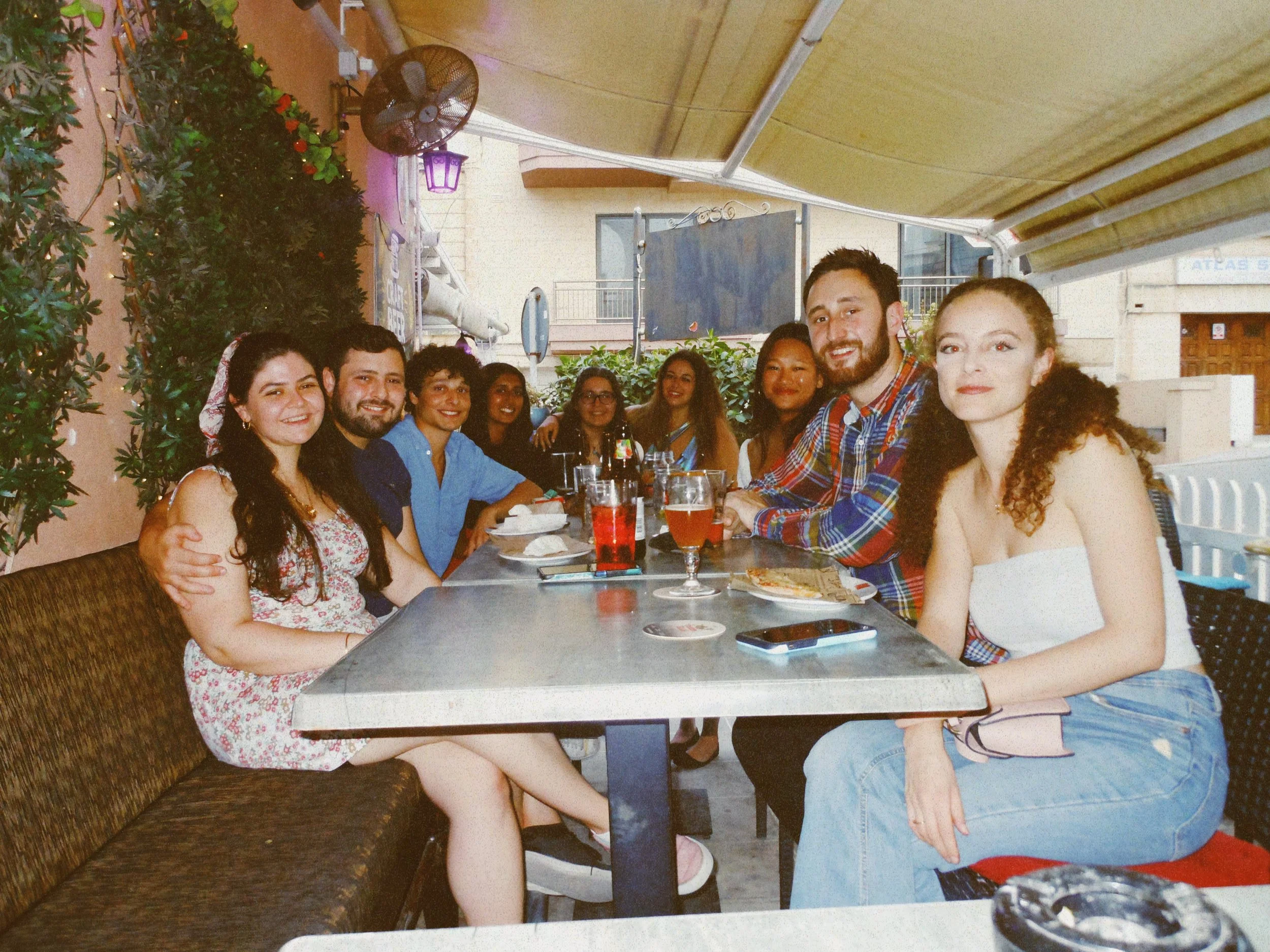
Farewell party for Bex at the Mad Hatter, Gżira, Malta.
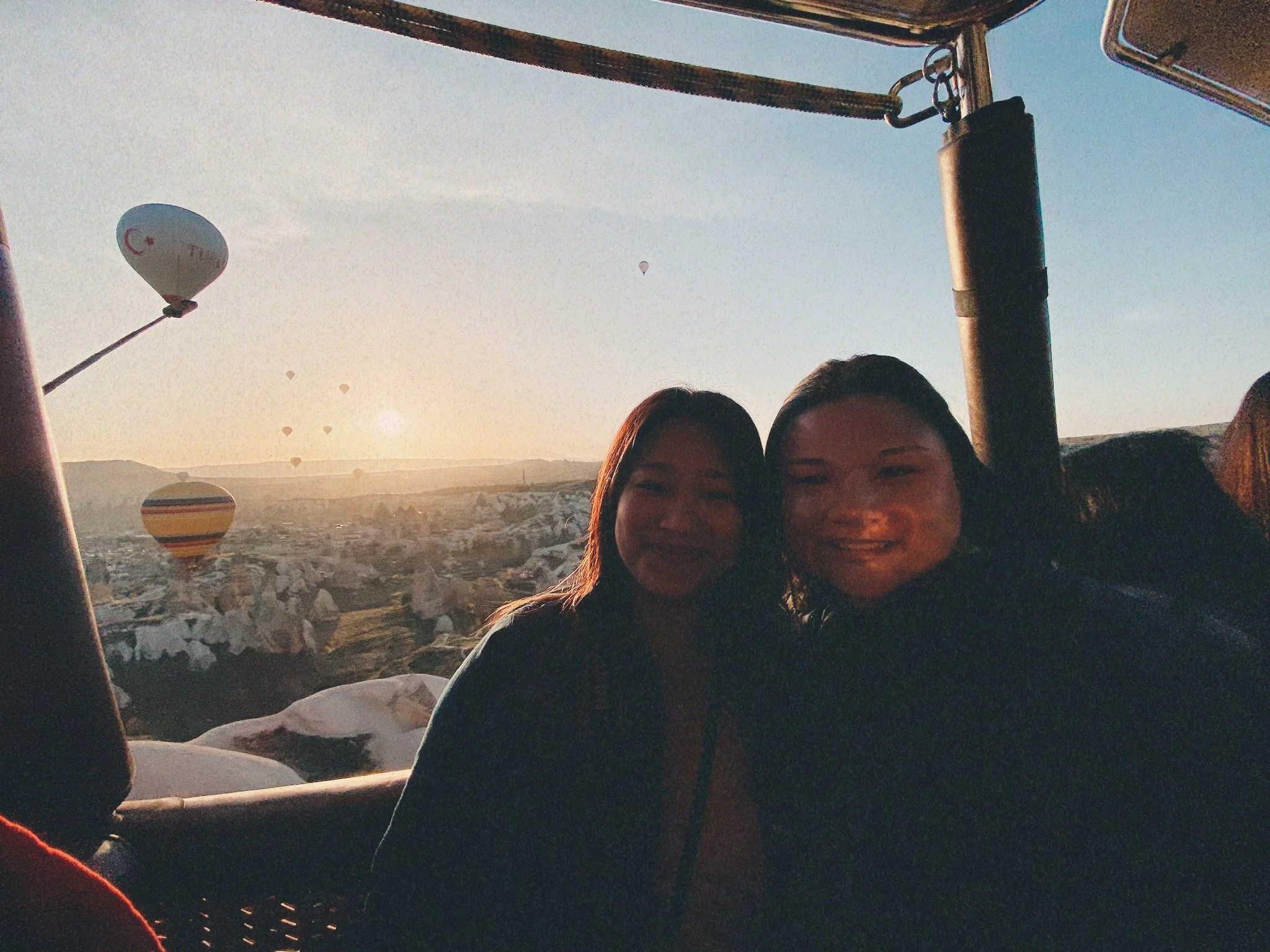
Cat and I in a hot air balloon in Cappadocia, Türkiye.
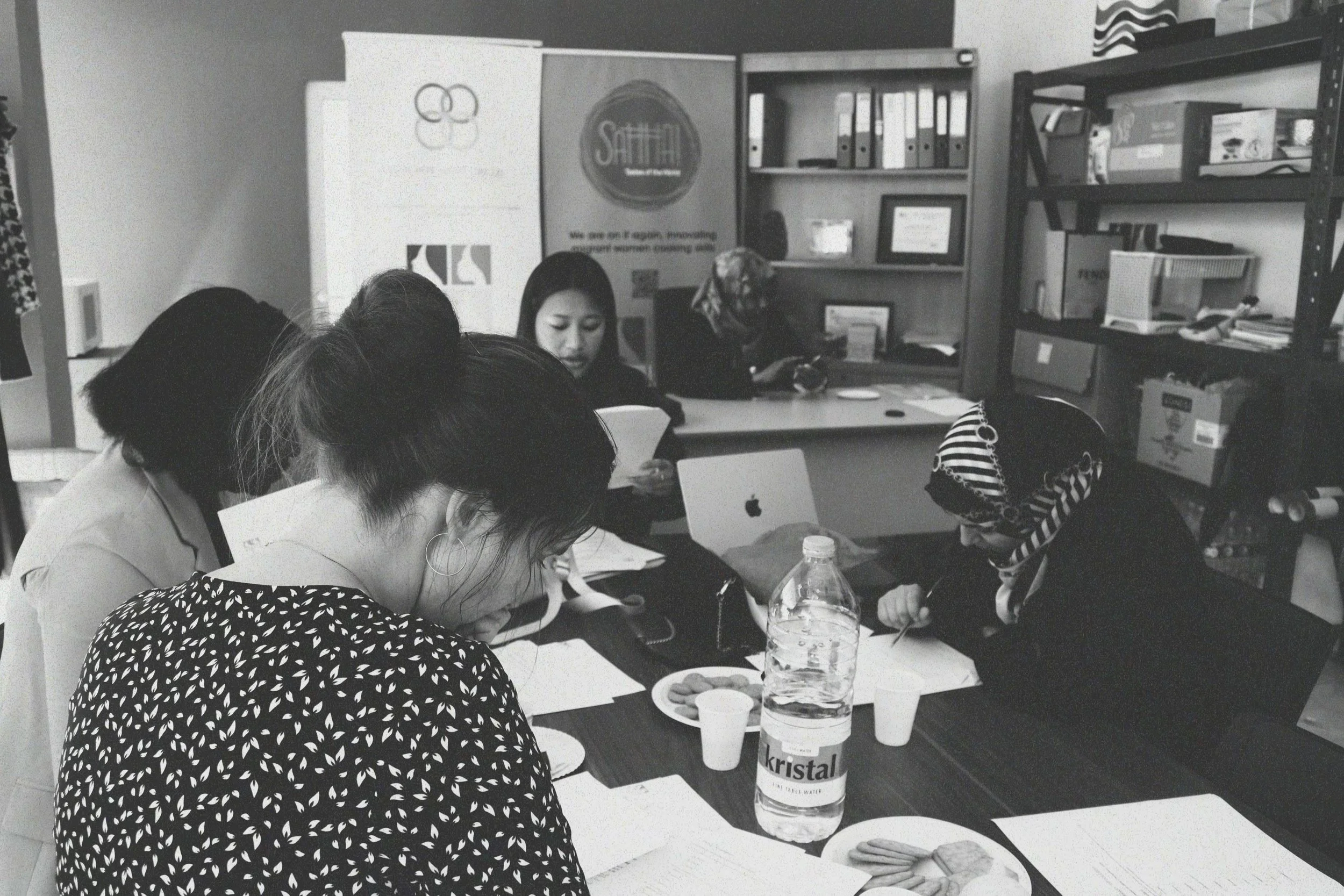
Me teaching an IT literacy class in Hamrun
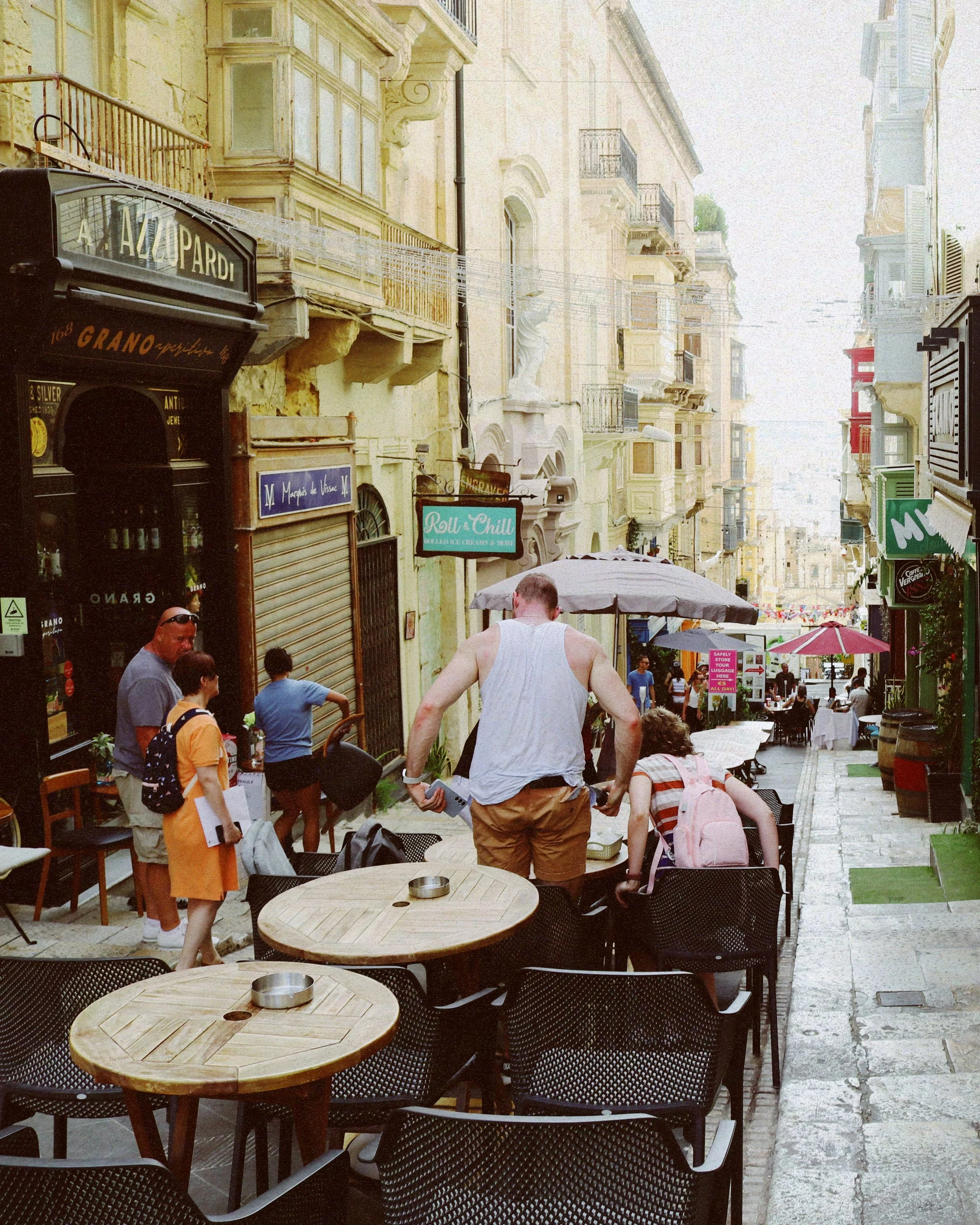
Valletta, Malta.
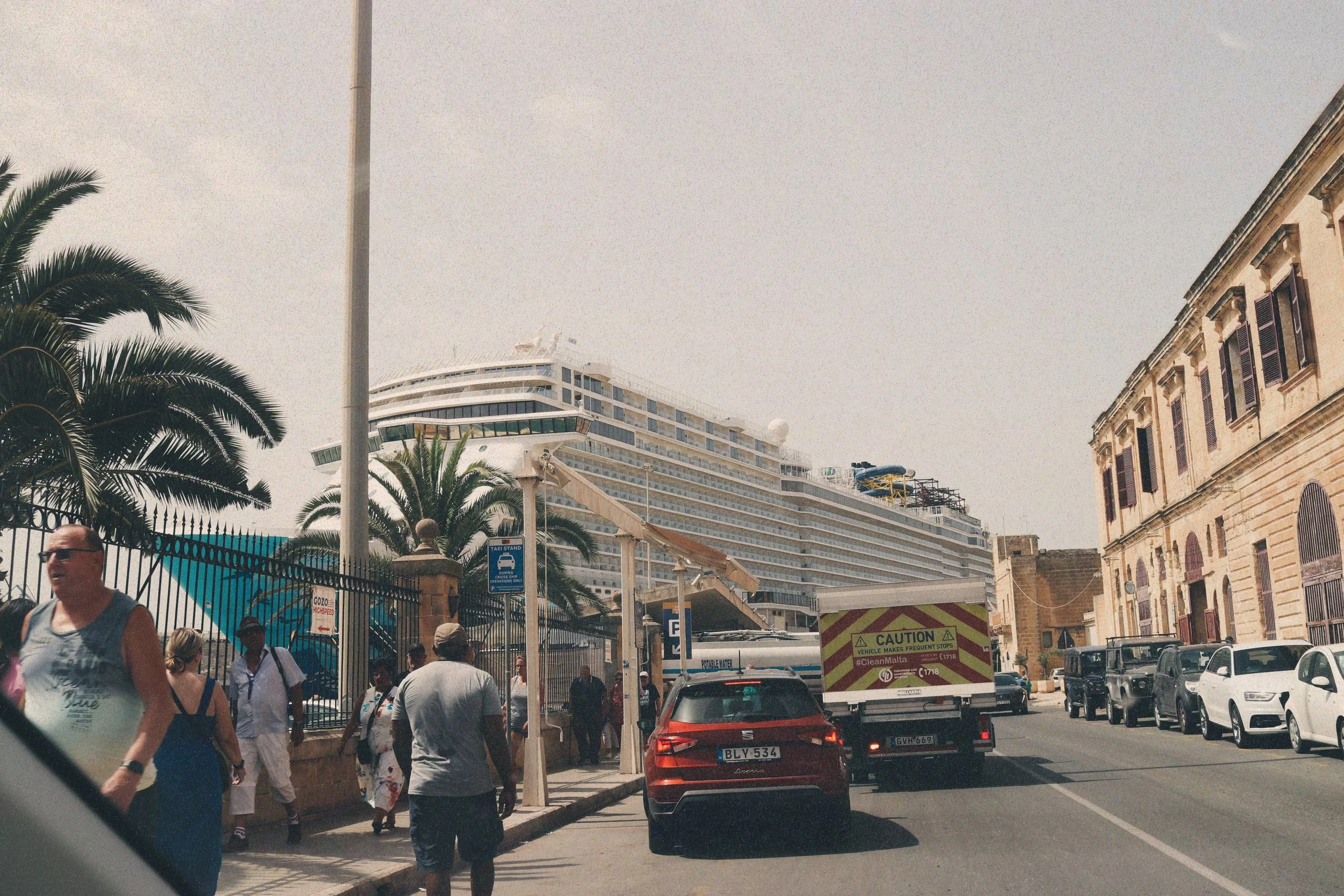
Big cruise docked in Valletta, Malta.
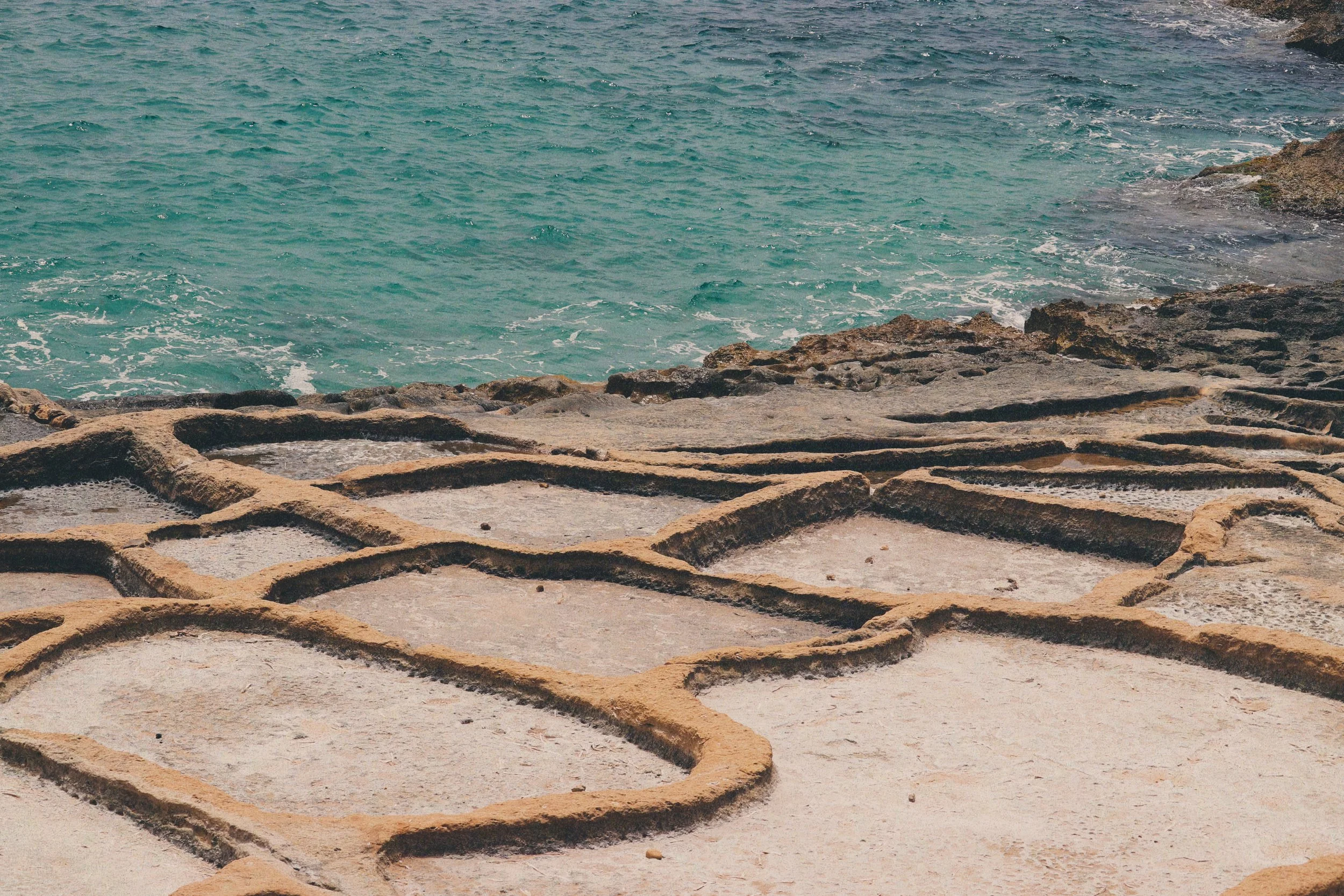
Xwejni Salt Pans, Gozo, Malta.
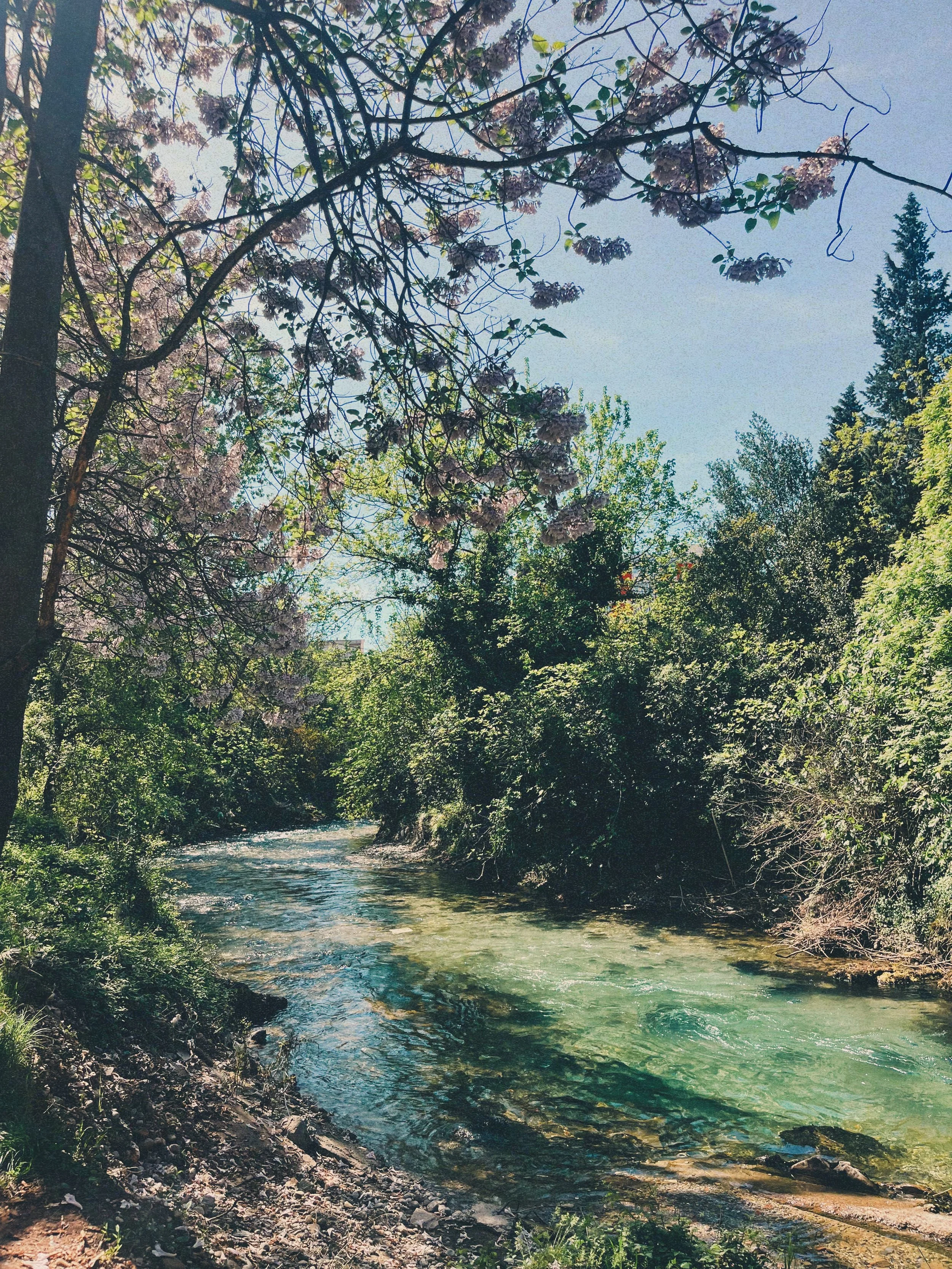
A country that took me by surprise was Montenegro. Podgorica, the capital, was beautiful.
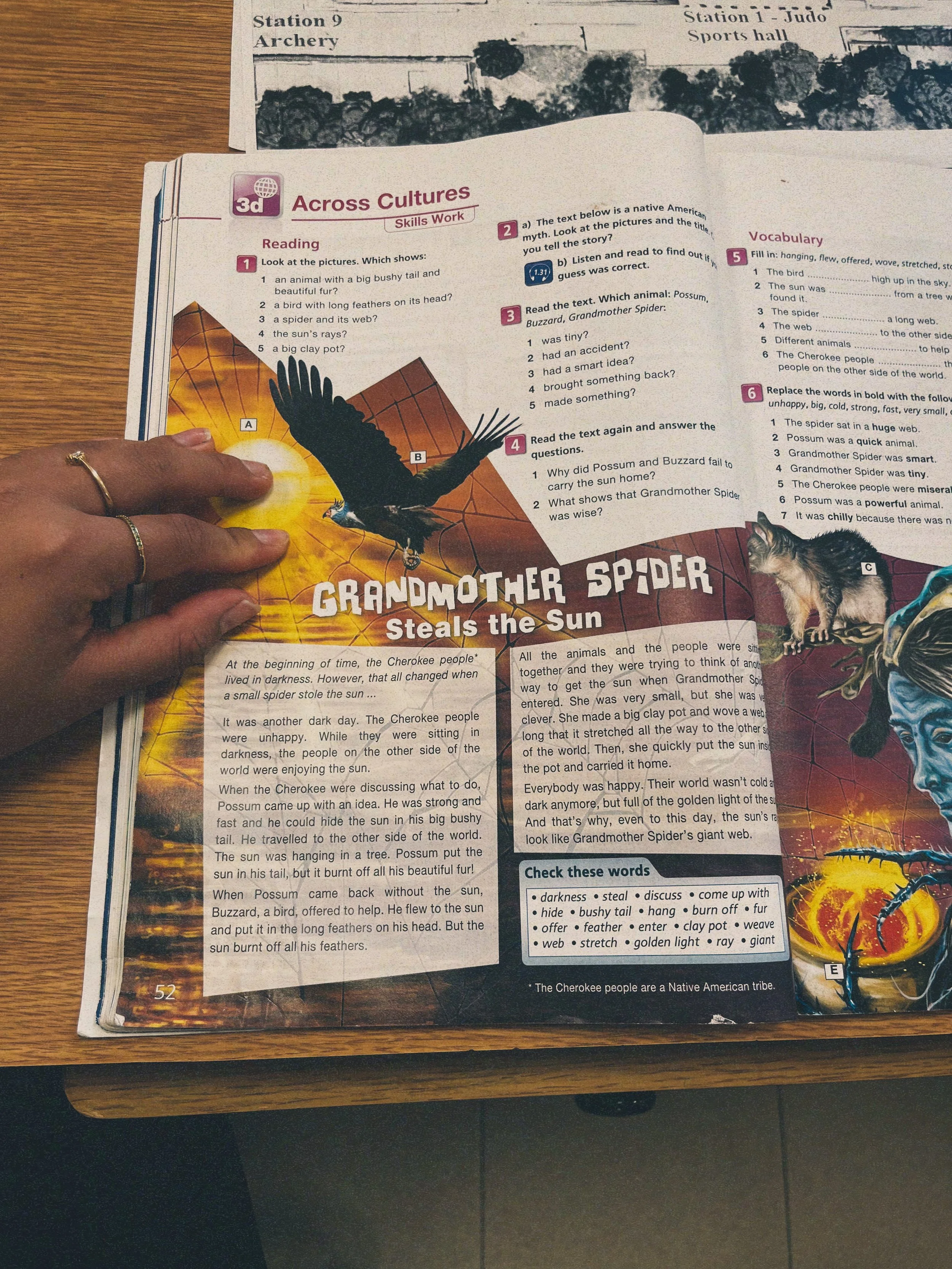
I helped teach a lesson on Grandmother Spider, an important Native American folk figure.
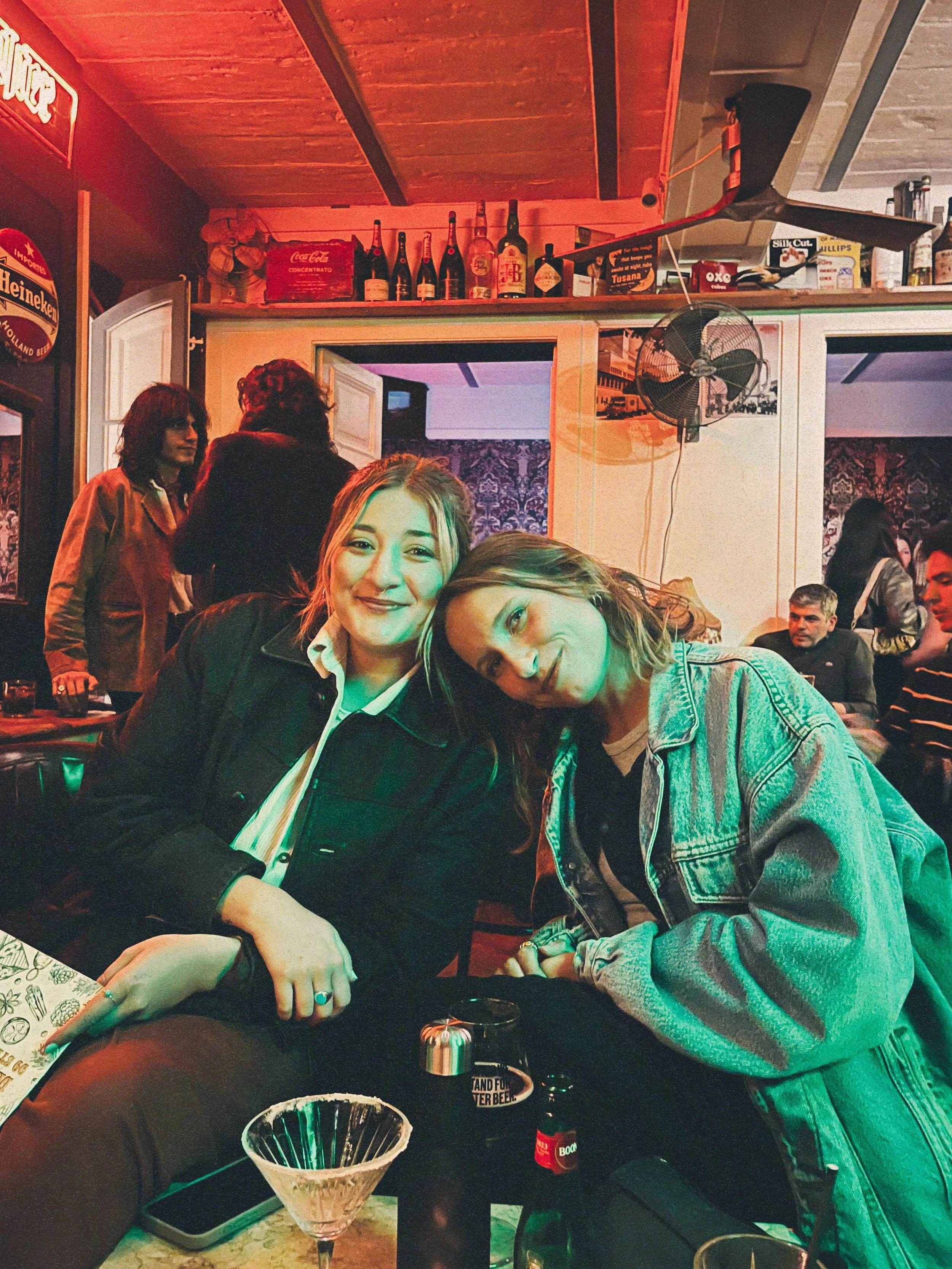
Alyssa and her childhood friend Cee in Valletta, Malta.
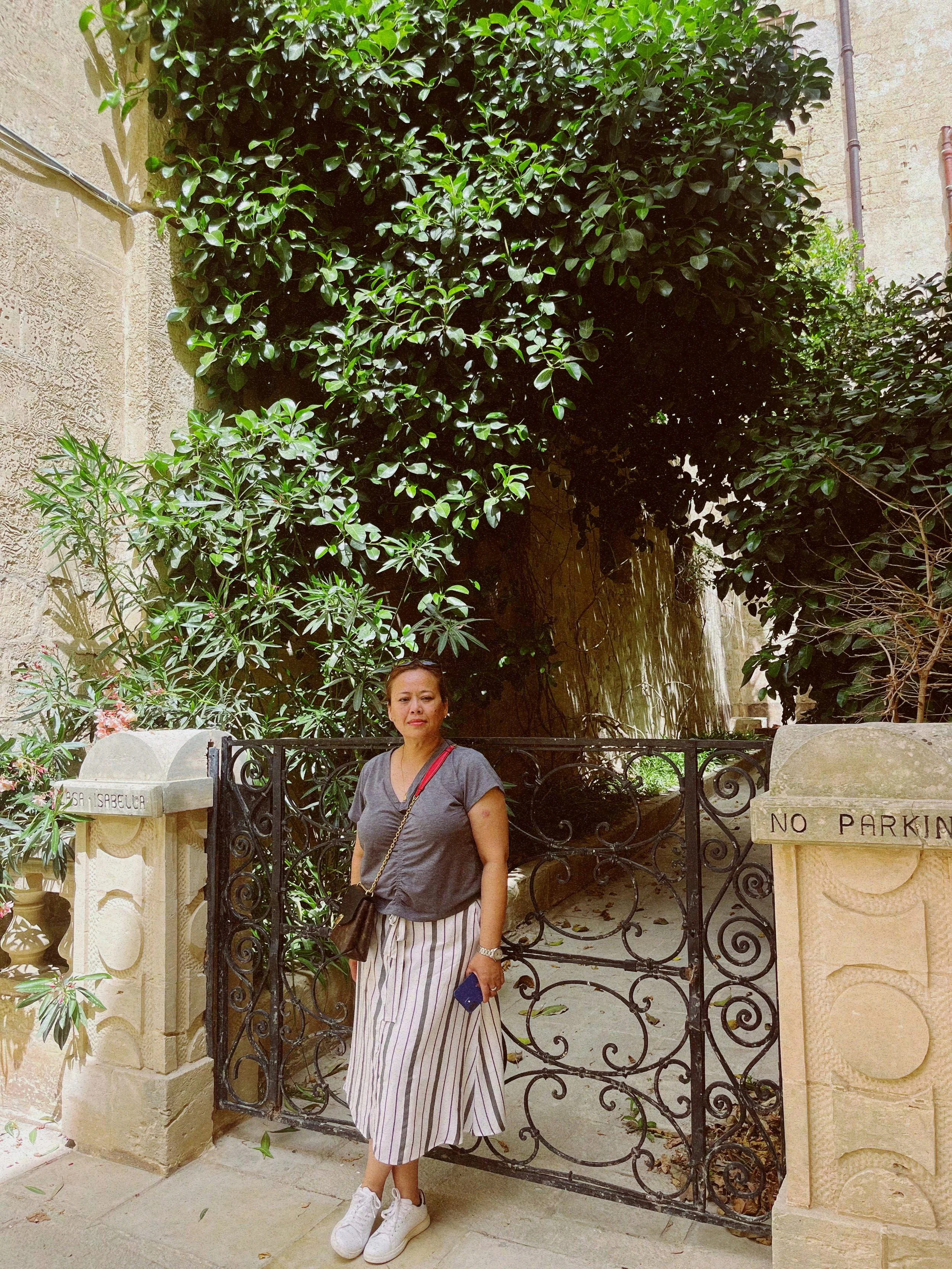
Mama posing in Mdina, Malta.

Raki shot in Tirana, Albania.
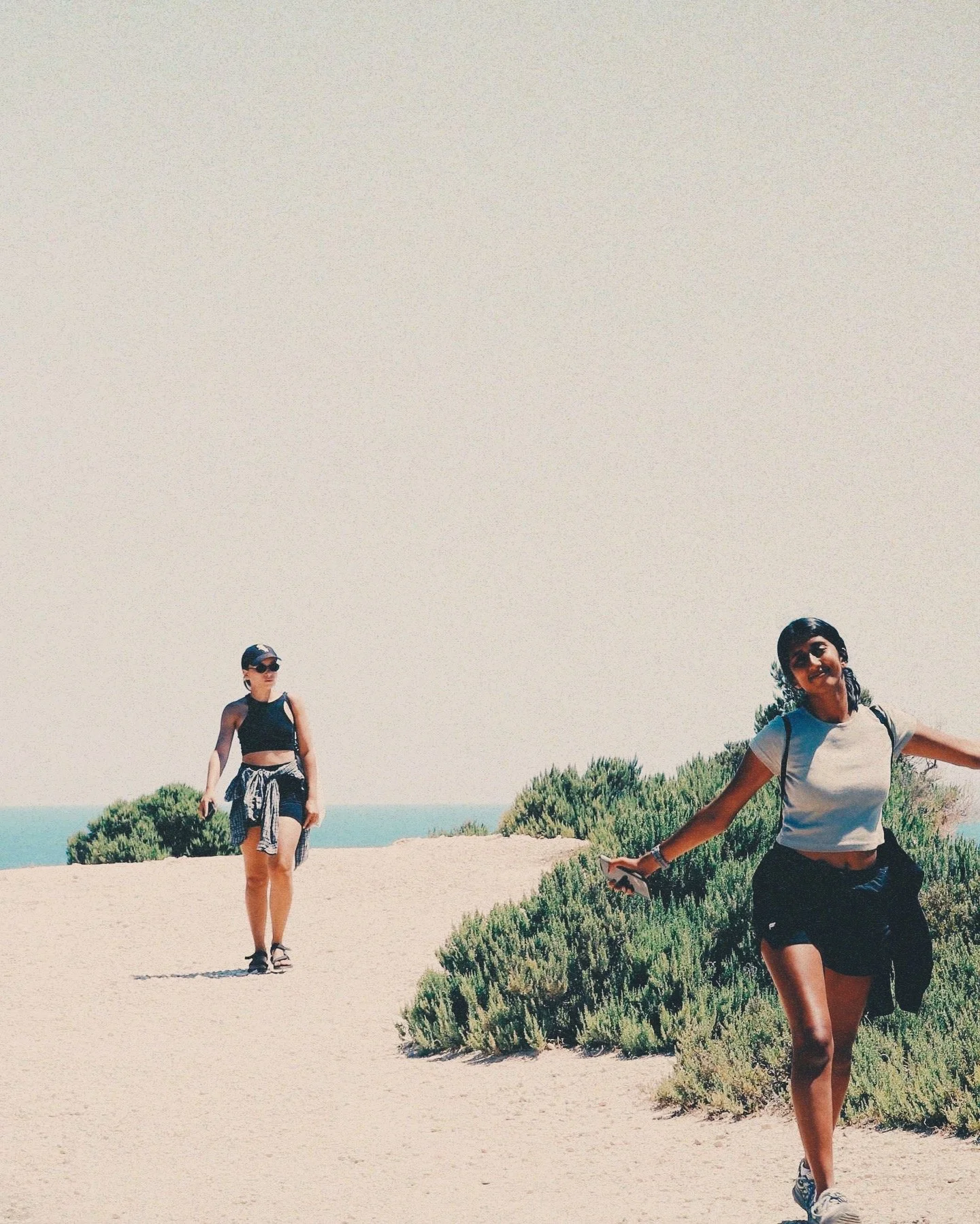
Alyssa and Shalaka on Munxar Path.
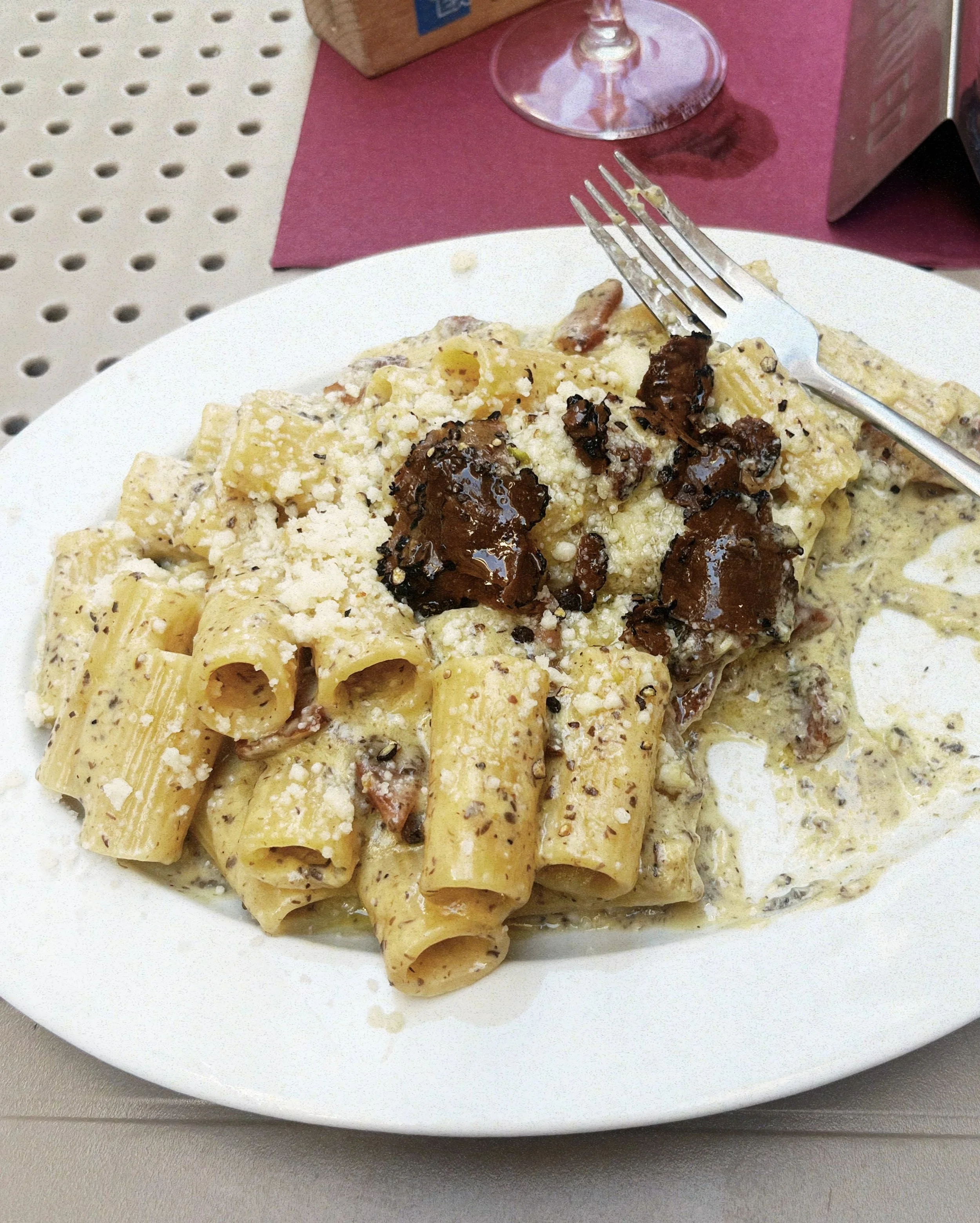
Carbonara pasta with truffle at Zero Sei Trattoria Romana in Valletta, Malta. Carbonara was probably the dish I ate the most in Europe.

Jumping off the cliff at St. Peter's Pool, Malta.
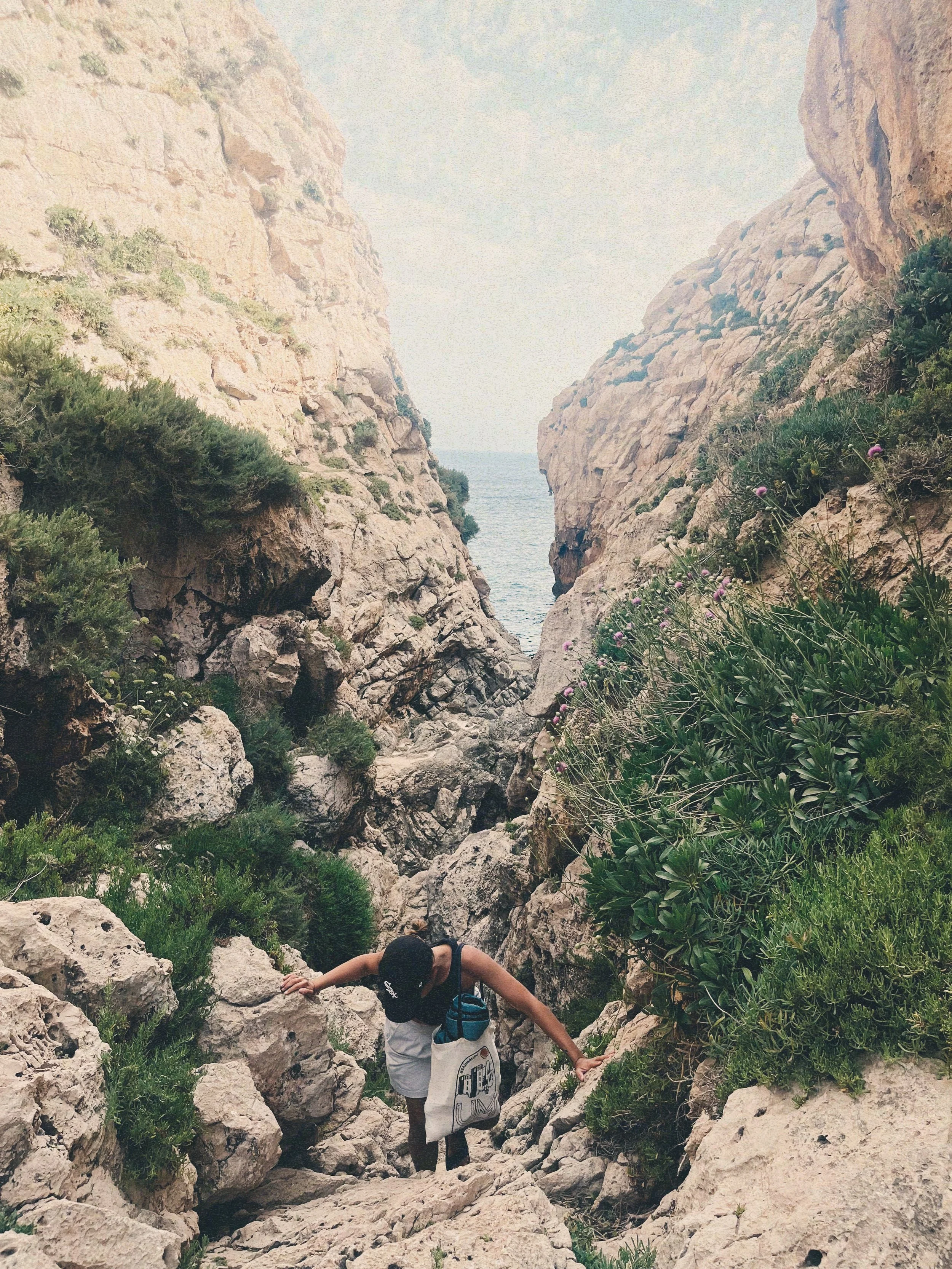
Alyssa and I hiking Wied Babu, Żurrieq, Malta.
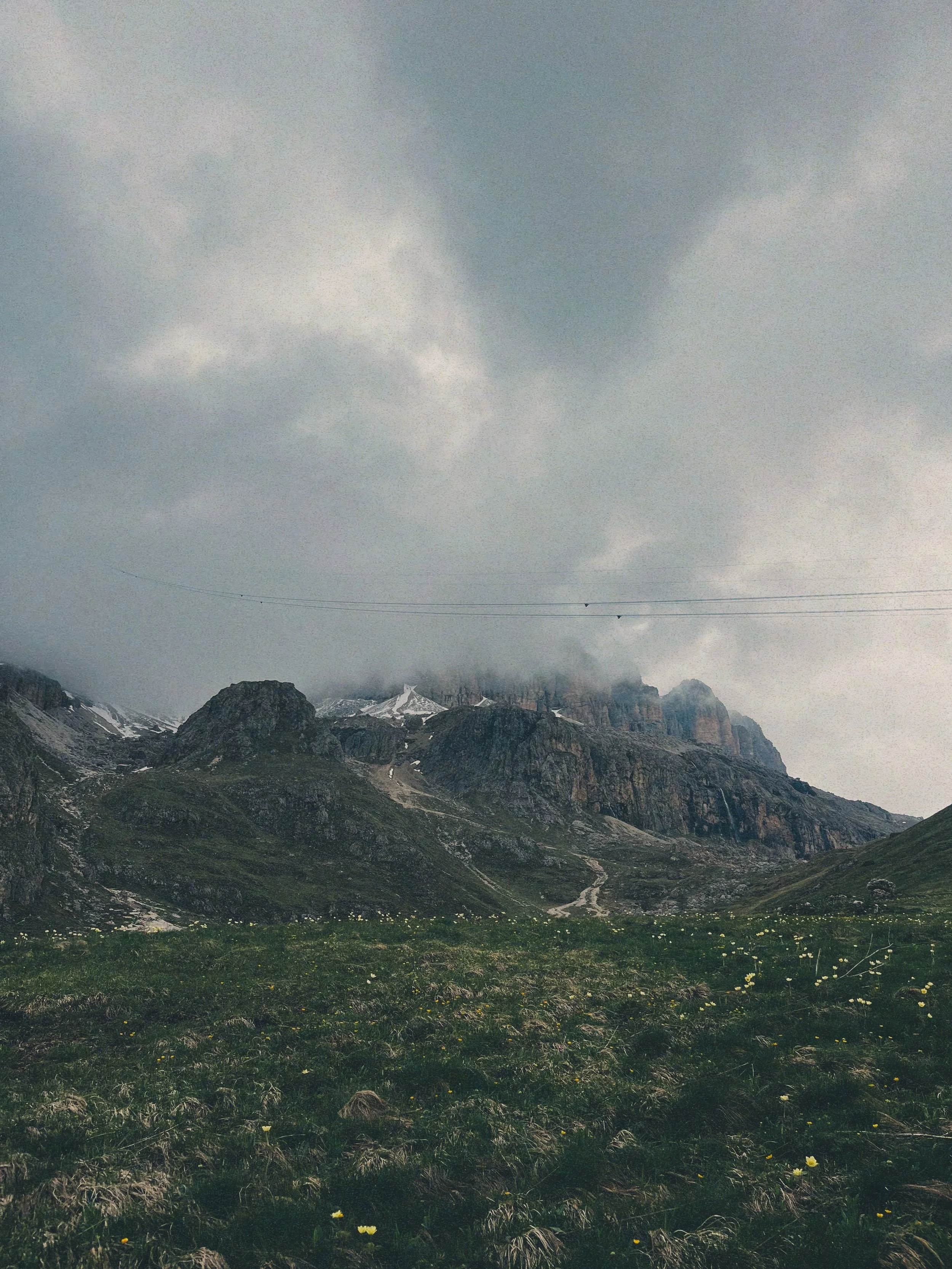
Dolomites, Italy.
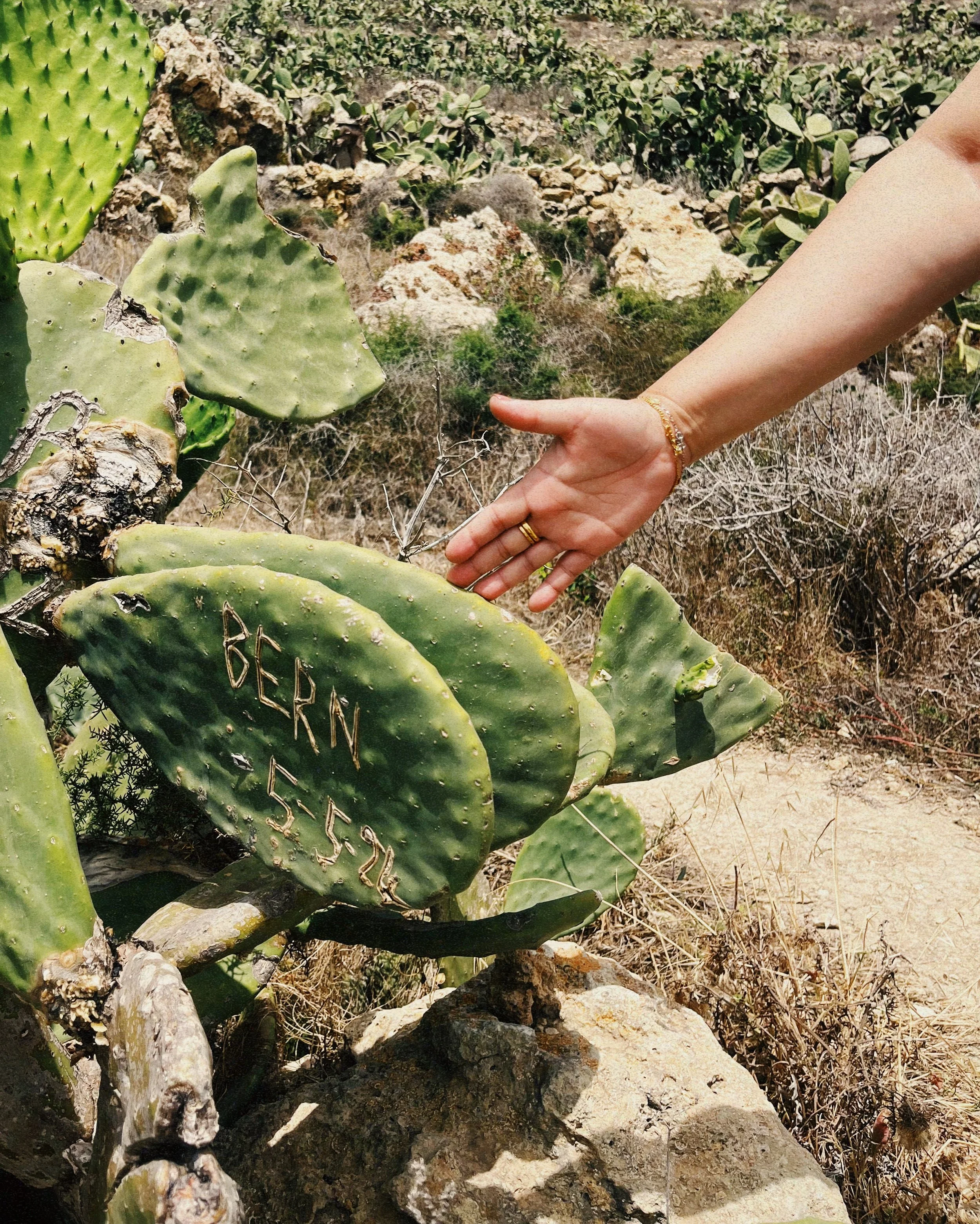
My mom was amazed by the size of the cacti. She wanted to use her hand as a size comparison.
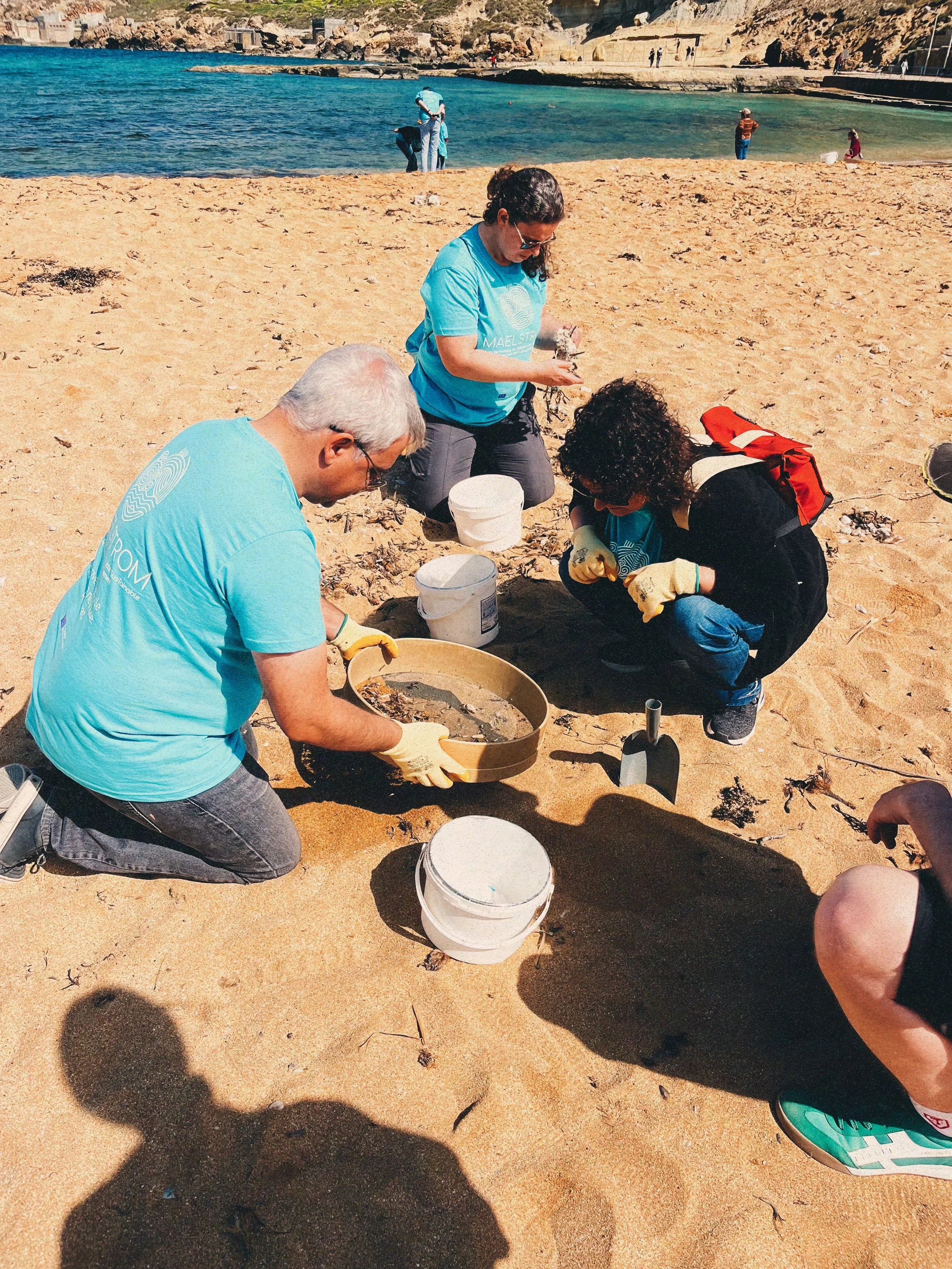
At a beach cleanup at Gnejna, Mġarr, Malta.
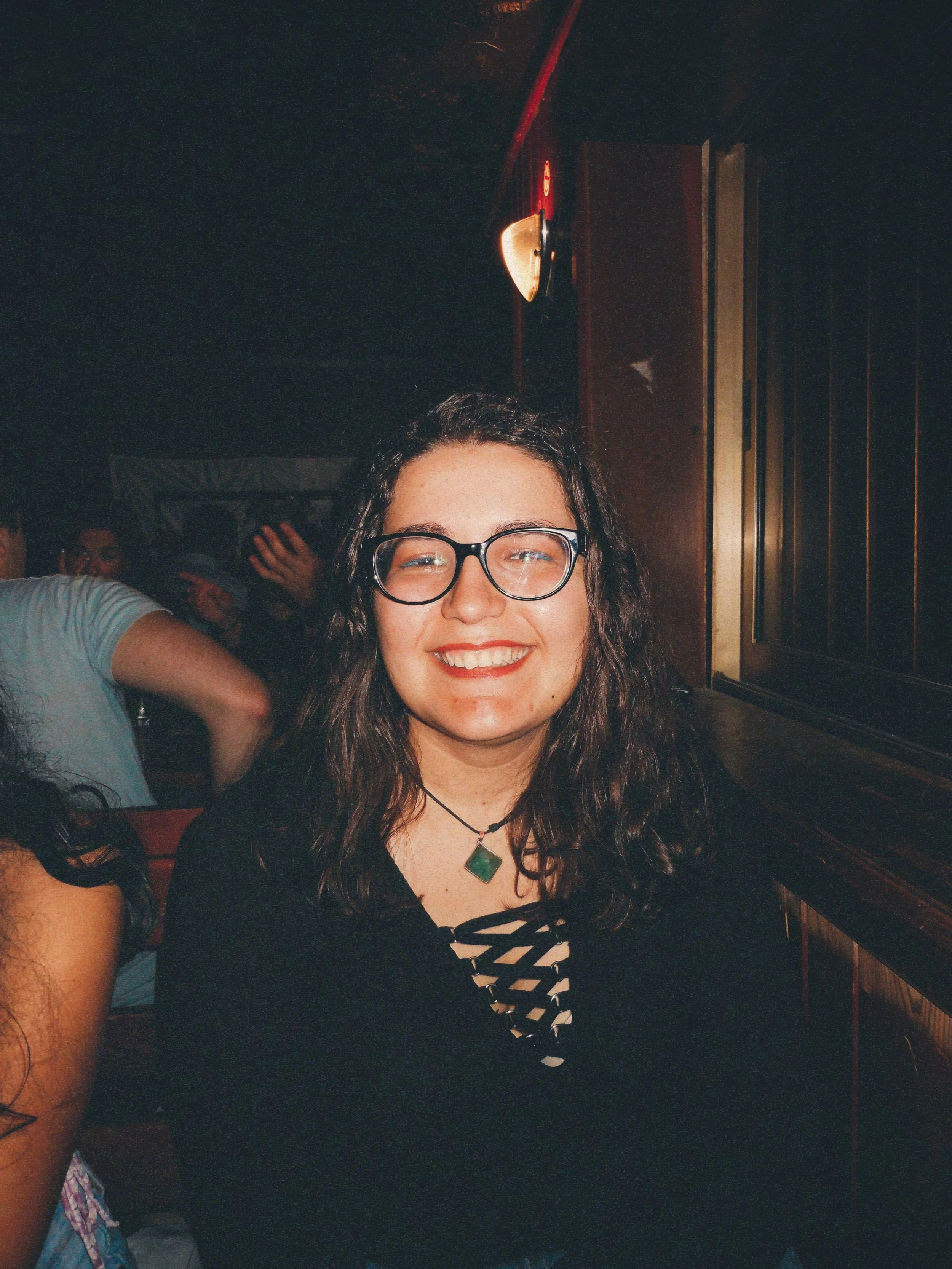
Fran!
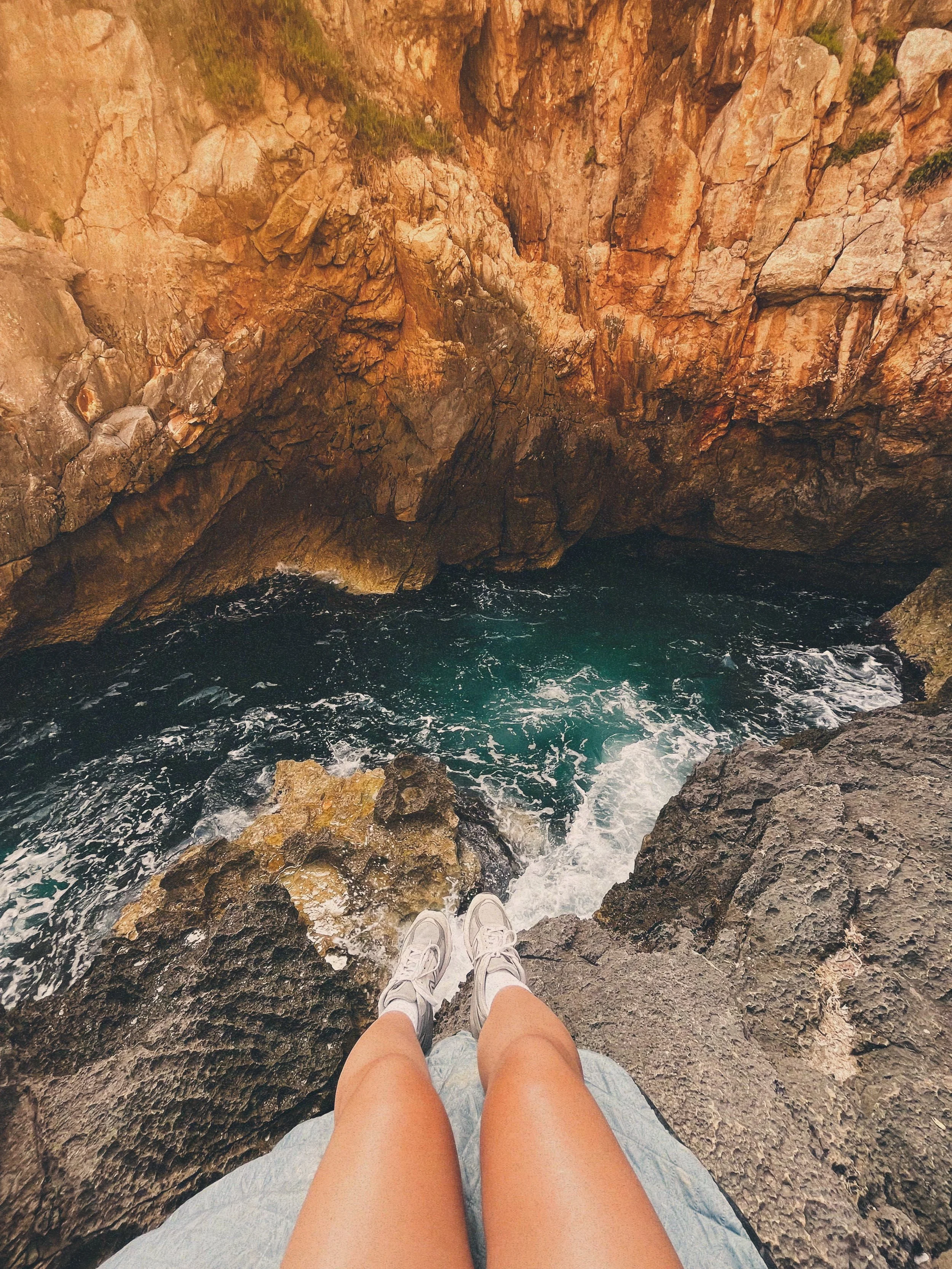
Our last stop on the Wied Babu hike in Żurrieq, Malta.
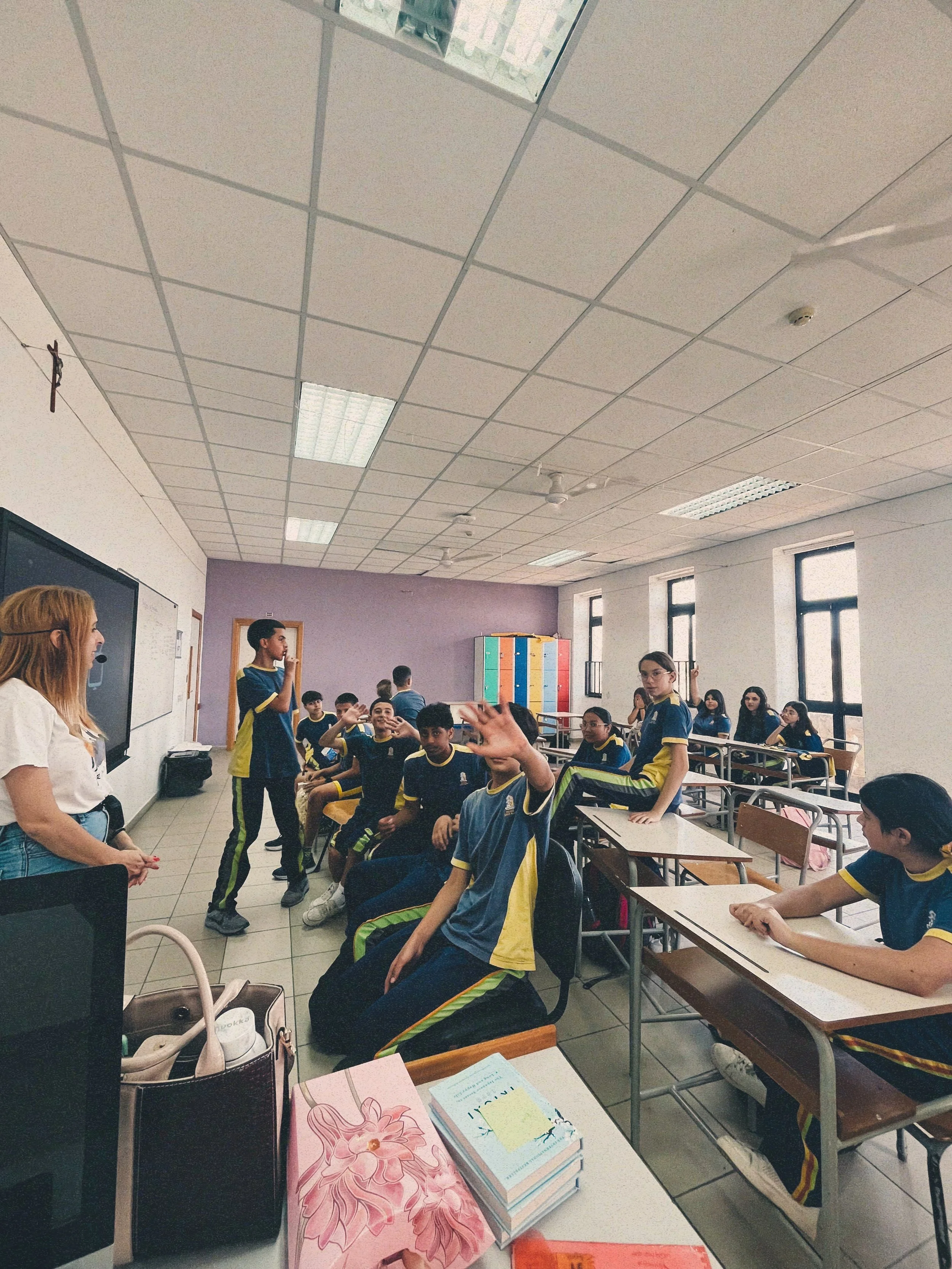
My last day of school. Kim, a Maltese teacher I assisted, did a magic show for the students.
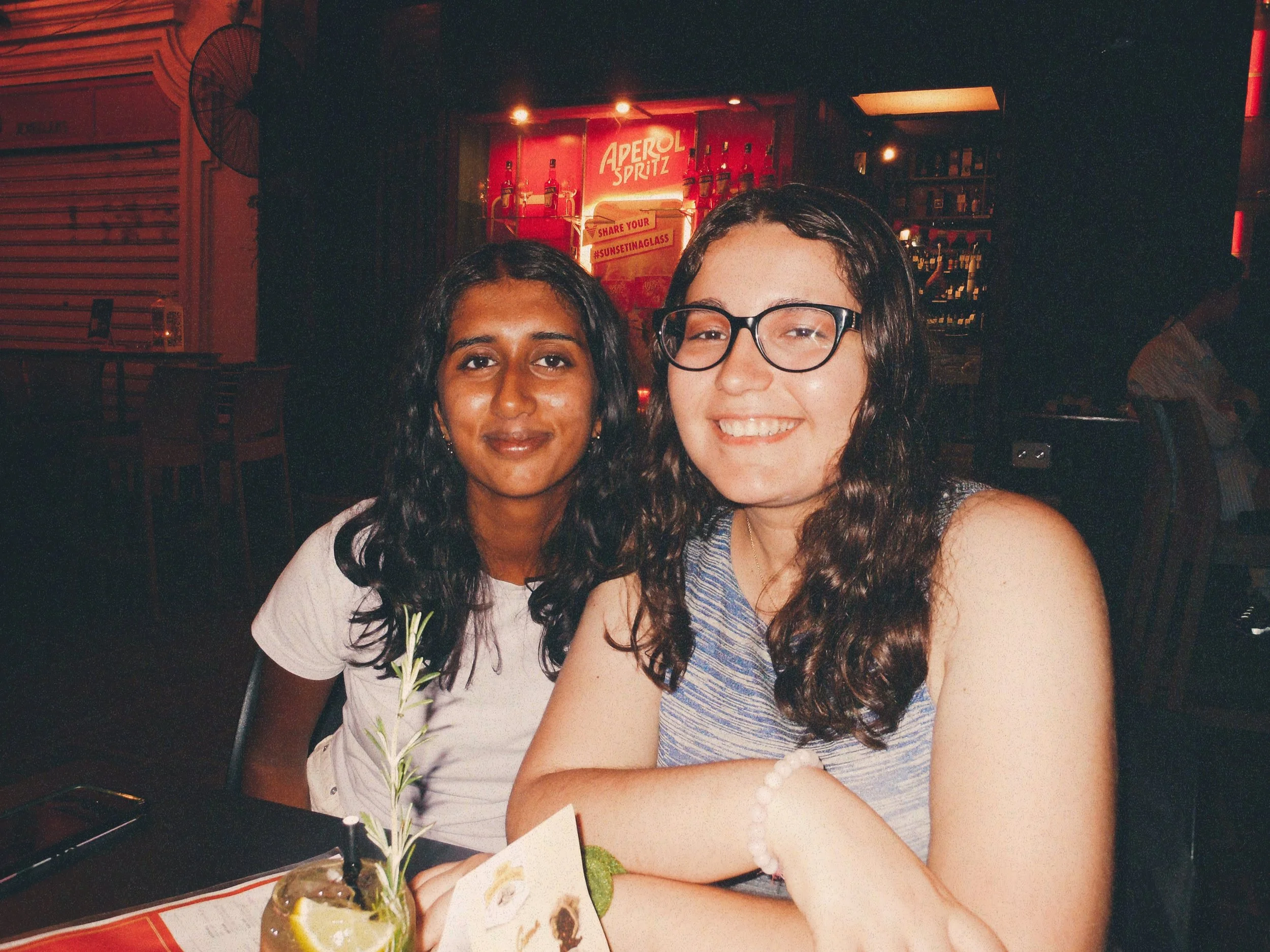
Shalaka and Fran. This was my last night in Malta.
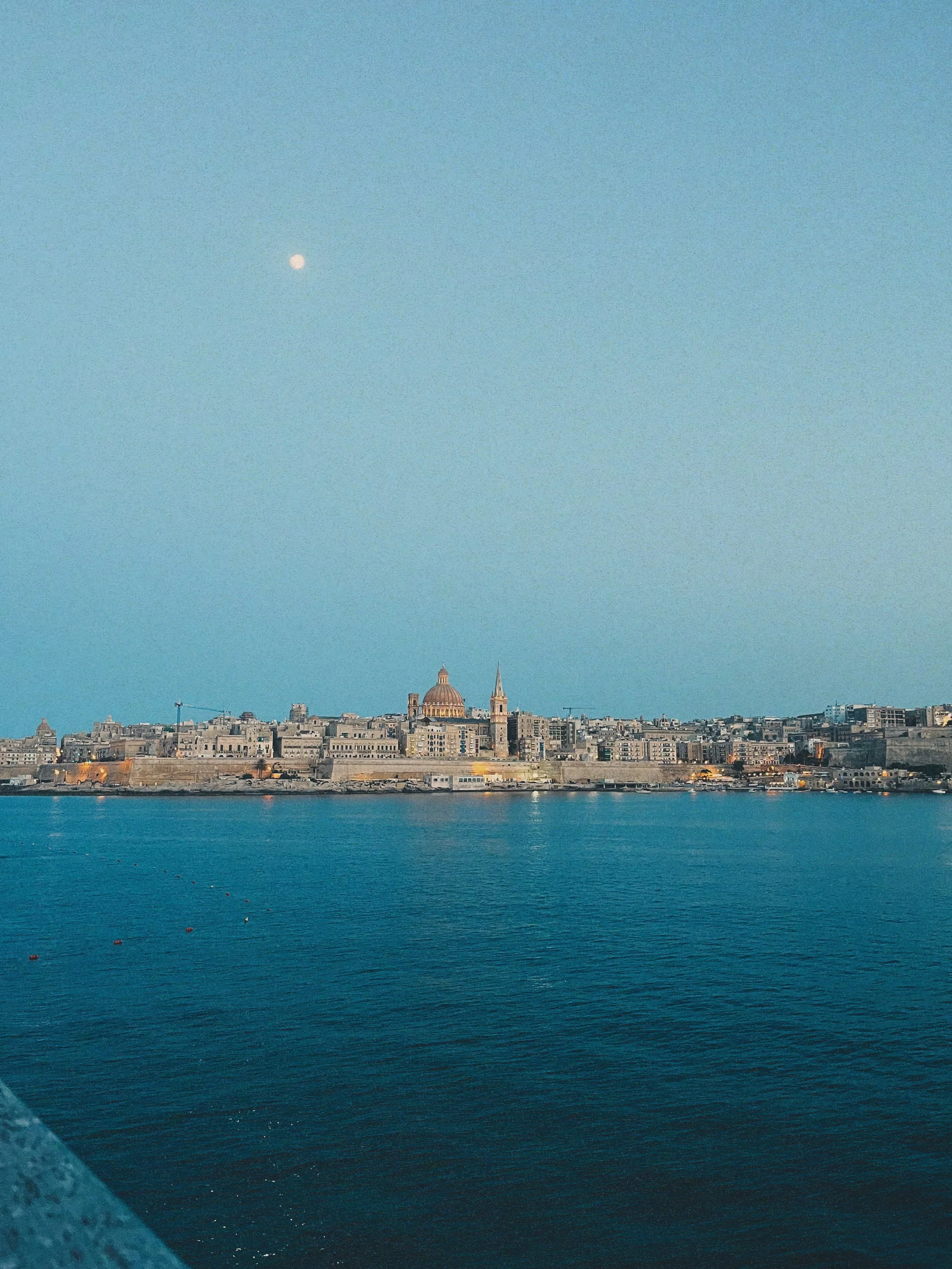
My final swim in Malta was at Tigné Point, Sliema, Malta. While this isn't the prettiest beach on the island, I spent a lot of time here so I find it special.

Toward the end of my Fulbright, I decided it was time to stop observing and really jump in. I teamed up with the Migrant Women Association in Malta and actually designed and taught a class for the first time—on IT literacy. It was challenging but also one of the most rewarding parts of my experience.
I can’t talk about my Fulbright without mentioning the Maltese community. They are some of the kindest and most resilient people I’ve met. The teachers I worked with welcomed me into their classrooms, shared their time and ideas generously, and supported me through every challenge. Their openness and encouragement made me feel at home in Malta, and I’ll always be grateful for the lessons and friendships I gained from them.
Normandy, France (80th anniversary of D-Day)
I first came to Malta drawn by Caravaggio’s paintings, eager to see the art that had fascinated me for years. But I leave with so much more.
This Fulbright has been more than teaching or research — it has been about people, resilience, kindness, and connection. My time here has challenged me, expanded my perspective, and given me another place I can call home.

